|
Fenqihu (aka Fenchihu) is a charming mountain village in Chiayi, and is the largest along the Alishan Forest Railway. It has two old streets that feature great food, such as the famous Fenqihu lunch box and jelly fig seed drink. You can also see many Japanese historical sights such as a shinto shrine, train station, and residences. Also nearby are many beautiful sights such as bamboo forests and hikes in nearby mountains. Fenqihu Old Street is also known as the Jiufen of Southern Taiwan. This place is is definitley worth a stop along the Alishan Forest Railway.
Historical Background: Fenqihu is a small settlement in Zhonghe Village of Zhuqi Township, Chiayi County, Taiwan (台灣嘉義縣竹奇鄉中和村奮起湖聚落). The village sits at 1,405 meters above sea level. The old street is about 500 meters long. The name Fenqihu comes from the name for "dustpan" (fenqi 畚箕) and "lake" (hu 湖). The name lake (hu 湖) means basin in Hakka. The village was originally created along the road to Alishan before the railway was built by Hakka Chinese settlers. As the Japanese harvested more and more lumber, the town began to grow. Fenqihu Station was finished in 1912 by the Japanese and was the largest intermediate station along the Alishan Forest Railway. It was also a stop for trains to add coal and water on the way up the mountain. It was also usually a noontime lunch stop for loggers riding the train, hence the Fenqihu lunchbox tradition started. Because of this, Fenqihu became a central gathering place along the Alishan Forest Railway. After the Alishan highway was completed in 1982, passengers along the railway dropped considerably. However, the railway has become popular again in recent years due to its unique and historic preservation. Before the railway from Fenqihu to Zhiqi station was opened, passengers had to disembark at Fenqihu to take a bus to Alishan. However, Fenqihu is still very popular even on weekends when the train is not running, thanks to the Alishan highway that brings busses and cars. Fenqihu Old Street is also known as the Jiufen of Southern Taiwan. Price: Free Hours: About 9 AM to 6 PM Tours and Activities: You can purchase tours and tickets of the Alishan Railway through Klook here or KKday here. Accommodation: We have stayed at and recommend Fenchihu Street Hotel (you can book on Agoda here, Booking.com here, Hotels.com here, or Expedia here), which is within walking distance of Fenqihu Old Street, Fenqihu Station, and many amazing hikes in the area. Find out more about where to stay in our Taiwan hotels guide or search for the best hotel deals in Taiwan here. We recommend booking through Agoda here, which provides the best quality selection of accommodation on the islands. You can also book Wifi and SIM cards for Taiwan on Gigago here. Need travel insurance? Compare prices on Insubuy here. Just to let you know, if you book using the links above, we get some commission at no cost to you, and you can help support our blog. You can click here to receive $5 USD on your first Klook purchase. How to get there: By Car/Scooter: From Chiayi, taken provincial highway 18 east up the mountain to Shizhuo (石桌), after which you need to turn left up the mountain to Fenqihu. The town is hard to miss. Looking for scooter rental in Chiayi? Click here or here to search for options. You can also check out our scooter rental guide here. If you are looking for car rentals, you can also search here. You can also check out our car rental guide here. By Bus: Take the direct bus from Chiayi Station (leaves in the morning). You can book tickets to travel to Chiayi via inter-city bus on Klook here. By Train: Take the Alishan Forest Train from Chiayi Station (leaves at 8:30 AM and 9 AM). You can book tickets to Chiayi via high speed rail (HSR) on Klook here or KKDay here. Book tickets via the normal train (TRA) on Klook here. By Bicycle: Cycling is the best way to enjoy Taiwan's landscapes if you have the time and energy. Looking for bicycle rentals in Taiwan? You can search on KKday here and search for tours on Klook here. You can also check out our Taiwan cycling guide here. Map: Please see below: Drone Footage: To get a better idea of the surrounding area, check out our drone footage below: If you don't want to waste data, you can check out our 360 spherical panoramas of Fenqihu here:
Our Journey: We have been to Fenqihu Old Street twice; once in the summer of 2019 and once in the spring of 2020. These were both great experiences and I want to go back, especially to explore more trails and take the old forest train all the way to Shizilu.
We drove a car to Fenqihu From Chiayi. On the way there, you will pass Fanlu Township which has some beautiful scenery, and two suspension bridges right near the road.
You can purchase tours and tickets of the Alishan Railway through Klook here or KKday here.
Another beautiful scene near the highway.
Fenqihu Old Street 奮起湖老街
We stayed at the Fenqihu Old Street Grand Hotel (奮起湖老街大飯店) (you can book on Agoda here, Booking.com here, Hotels.com here, or Expedia here), which is right at the entrance of the village, which had free car parking. The hotel was great and it was just a short walk to the old street.
There is a nice trail the goes behind the hotel the took us to the old street. It was about a 10 minute walk.
The path turns into a narrow street in the village. During the day on weekends all of these roads are closed off to car traffic.
The road is kind of steep near the train station, and all the streets near the train station slope like this, which is why this place is known as the Jiufen of southern Taiwan.
Near the old street is a viewing platform where you can gaze into the mountain scenery.
Below is a panoramic view of the scenery on a beautiful sunny morning.
I would guess most summer mornings are similar to this one.
As we got close to the train station, the crowds got bigger.
In my opinion, the best place to eat is on the balcony near the viewing platform.
It's a really nice place to sit, eat, and enjoy the view.
"Fenqihu Guide Map"
"The Alishan National Scenic Area Administration has completed three trails in the Fenqihu area: Cedar Boardwalk, Muma Boardwalk (logging track), and Fenqi Trail. Cedar Trail, on the southern end, gets its name from the cedars that line it. Accessible from the village cvia the OId Streets of Fenqihu, it stretched for a length of 2KM and passes by a the Historical and Cultural Center and a Catholic Church. Muma Boardwalk (logging Track) and Fenqihu Trail in the north run a total length of 1.9KM. Railroad tracks cross over the trail, giving it a historical feeling that compliments the pristine, natural beauty. The ruins of the Shinto Shrine and the verdant forest along the trail are also must-sees." Fenqihu Train Lunchbox 奮起湖鐵路便當
When you come to fenqihu, you have to try the Fenqihu Train Lunchbox (biandang 便當). They cost about 100 NT (pricey for the south) but they are super good. There are two or three stalls that sell them near the station.
Super tasty lunch box, just like they ate in the olden days, when loggers in the Japanese era stopped at Fenqihu to eat lunch.
Fenqihu Jelly Fig Seed Drink 奮起湖愛玉飲料
Another delicacy is the Jelly Fig Seed drink. These seeds are grown locally and also in the wild. A small cup costs 30 NT.
They put the seeds in a brown sugar/lemon juice, and the taste and texture is amazing.
You can also try some Wasabi peanuts which are popular in Alishan. Of course I bought a bag. Be warned, they are super spicy!
Fenqihu Doughnuts 奮起湖甜甜圈
Another delicacy are Fenqihu Doughnuts, which are sold by a handful of places from 20-30 NT per doughnut. I recommend getting the 30 NT ones with chocolate and fruit filling.
These use brown sugar and powdered sugar and taste pretty amazing.
Fenqihu Station 奮起湖車站
Now that we had finished our lunch, we tried to get a train ticket from Fenqihu to Shizilu, which is two stops away and takes about half an hour.
Unfortunately due to rains from a recent Typhoon, the train was not running that day, but was scheduled to reopen in a few days. I wish I had checked Google beforehand. The online system let me pre-purchase tickets. It was a shame, and if I had known I would have delayed our trip. Next time I go I will for sure check if the train is running.
Timetable for trains.
Timetable and fare table.
Map of the Alishan Forest Railway.
Alleyway going down from the train station.
Restored old train station.
First view of the tracks at Fenqihu.
Some information about the azalea flowers near the train station placed here in 1912, which for unknown reasons bloom all year round.
View of the tracks downhill.
Looking down the other way.
That day there was one car outside which people took turns taking pictures with.
The old train depot.
There were two steam trains in the depot there. It looks like they are on permanent display, but I know they bring out the steam trains sometimes.
Side view of the #18 steam train.
Side view of the #29 steam train.
Machine repair parts.
One really interesting thing I learned here was the cool tunnels at Dulishan (獨立山) along the forest railway that wind in circles to gain elevation.
"Dulishan's Sprial Mountain Railway"
"Loop line and spiral route are designed to lower the slope of the track. If the individual mountain or hill that had wide hinterland, the loop line or route could make couple loops to increase the elevation significantly. We can see the train appeared three times at different heights in the Dulistshan's spiral route that passing through Alsishan Forest Railway . Nowadays, the world heritage railways, Albula Line of Swiss Rhaetian Railway (RHB) and Dea-jeeling Himalayan Railway (DHR), have the same design. In order to adapt the high slope grade of Alishan, the Governor-General of Taiwan bought the Shay steam locomotives (18 and 28 tons) which were manufactured in 1881 by the US LIMA company. The early-made locomotive has the following features: on the right side is the cylinder vertical engine, on the same is is the compressor air storage tank which is similar to a torpedo, in front of the chimney has its own unique sign and the bottom of the steam engine is equipped with bevel gears in axles, which is designed for overcoming the challenge of up-slope, to make the train move forward.
The 28 ton locomotive made in America, made in 1910 and used until 1975. Bought for 10,917 USD. Uphill speed 11KM/H, downhill speed 14 KM/H.
Some people posing for a photo near the warehouse.
Yes, I came back to Fenqihu a second time to ride the train. This is the view of it coming in going toward Shizilu.
The train crosses the street and goes back into the forest.
Another view of Fenqihu Station.
Walking down Fenqihu Old Street from the right of the station.
We continued our tour of the old street.
Gift shop.
Another souvenir shop.
Looking down another alley.
Train souvenir shop.
More shops. Luckily this part was covered because it suddenly started to rain.
Another souvenir shop.
What had been a sunny day with not a cloud in the sky suddenly turned into rain. That is what it's like here in the mountains.
Clouds and fog continually rolling in.
People buying taro and sweet potato cakes.
What seems like an era Japanese house still in use.
View of Fenqihu looking from down the hill.
An old Japanese house that has seen better days.
Some rubbish inside the house.
We continued our way down the road toward the 100 year old old street.
"100 Year Old OId Street 百年老老街"
Continuing down the old street.
I assume the "old old street" was around before the railway, along the old trail that connected Fenqihu to Alishan.
Old style coffee shop.
Old record shop.
Old style bazaar.
Old Japanese residence turned into a coffee shop.
Next we went back up the road to go for a hike.
Fenqihu Forest Trail 奮起湖杉林步道
The hike started near the train tracks.
An old water tower.
"A Lake Without Water"
"Surrounded by mountains on three sides, Fenqihu, which literally means "Fenqi Lake" was previously known as Benji (dustpan) lake because the area's terrain resembles the shape of a dustpan. During the Japanese occupation period, it became the midway hub of the Alishan Railroad. The Han Chinese used to call a basin a "hu," or lake hence the misleading name."
The best view of the town is from this spot.
Immediately you start walking through some beautiful bamboo forest.
Sun coming from behind the bamboo.
Fenqihu Shinto Shrine 奮起湖神社
Up the trail you can find the Fenqihu Shinto Shrine.
"Fenqihu Shinto Shrine"
"When they occupied Taiwan, from 1895 to 1945, the Japanese built Shinto shrines as part of their effort to spread Japanese religious practices among the Taiwanese people. The shrines were often located in places believed to have good fengshui. Little of the Fenqihu shrine remains except a cornerstone, a tori arch, and the base of a stone lamp."
Mossy photos near the shrine.
More era photos near the shrine.
A Taiwanese man praying at the shrine.
More era photos.
Another view of the shrine.
Closer look at the steps to the broken shrine.
All that is left are a few stones, probably destroyed by the ROC when they came to Taiwan.
More of the bamboo forest.
Luding Giant Tree "鹿鼎巨木"
The stump of a fallen giant tree in the forest.
Wooden boardwalk through the forest.
Arched wooden bridge.
Tree growing in the middle of the boardwalk.
More boardwalk and pavilions.
Looking up into the forest canopy.
"Charcoal Kilns"
"Early Settlers at Fenqihu burned wood and charcoal for warmth and cooking. To make charcoal, they built stone kilns, about 10 square meters in area, in the forest. Then they places wood inside, set it afire, and let it smolder for more than 20 days. Most of the kilns have disappeared as lifestyles have changed."
Lots of free parking up the forest road.
Stone path leading to the train station.
More young bamboo in the forest.
A small restaurant along the trail.
Wooden Horse Logging Track Trail 木馬棧道
Next we went for a walk along the old logging track, which takes you to the Fenqihu Sacred Tree.
"Wooden Horse Logging Track"
"When the Japanese built the Fenqihu section of the Alishan Railroad, they used timber from neighboring forests for cross-ties and other materials. The logs were at first transported manually, but as the closest forests were depleted and the source of timber became more distant, waste wood was used to build tracks along which logs were at first pulled and later transported on sledges called "wooden horses." These were operated by two-person teams (mostly husband and wife), with one person steering the sledge in the front and the other pulling the back in the rear to keep the sledge from going too fast downhill."
This is what the original logging track would have looked like, with wooden sled being slid along the boards.
The trail goes deeper into the woods toward to sacred tree.
A bridge across a small stream.
On the way to the sacred tree, you will come across a bamboo forest.
As a westerner I can’t help be fascinated by bamboo forests because it is something I would never see back home except in movies.
More bamboo.
Looking down the trail.
More bamboo views.
Bamboo as far as the eye can see.
Looking toward the sky.
More bamboo.
"Glossy Green Bamboo Slopes"
"The moso bamboo was introduced to Taiwan from China in the early years of the island's settlement. Its tough stalks are used to make construction scaffolds, and its tender shoots are sweet and tasty. The winter shoots, produced from November through February, are especially popular. The spring shoots that emerge in March grow very rapidly and are covered in dense fuzz, and so are called "fuzzy bamboo 毛竹."
The first sight of the Fenqihu Sacred tree.
View of the tree canopy.
"Guests of the Sacred Tree"
"This huge tree is a flying moth tree with leaves like a camphor and winged seeds like a maple; and although it belongs to the maple family, its leaves do not turn red. With the cool, moist climate at Fenqihu and the unique features of the local terrain, the tree has become a home for epiphytic plants such as the bird's-nest fern and Santa Rosa fern.
Closeup of the sacred tree.
View of the train track near the sacred tree.
Looking up the track from the same spot.
Bridge across the tracks leading back to the town.
"Fenqihu and the Railroad"
"The Alishan Railroad began operating in 1911; its main midway station is FEnqihu, making the village a major transportation hub and trading center. In earlier years, the trains drawn by steam engines stopped here briefly to take on water and coal, and the passengers alighted to buy snacks. This gave rise to the famous Fenqihu Railway Meal Box."
View of the railroad from the bridge.
View of Fenqihu from the trail.
Steps leading down to the village.
Fenqihu elementary school.
By this time we had circled back to the old street.
View of Fenqihu on a clear morning, looking toward Chiayi.
Looking down at Fenqihu.
Looking to the mountains and bamboo forests.
Looking south at the basin.
View of the mountains on a cloudy day.
The end of the Fenqihu Basin.
Another view of Fenqihu.
Another bamboo forest in the valley.
Looking above the bamboo forest via drone.
Finally it was time to end my second trip, and take the 2.5 hour train ride back to Chiayi.
Waiting for the train to come take us home.
You can purchase tours and tickets of the Alishan Railway through Klook here or KKday here. Check out our full guide to the Alishan Forest Railway here. You can also check out our full guide to Chiayi here. For an overview of other places you can visit in Taiwan, you can also check out our full travel guide to Taiwan here.
0 Comments
Your comment will be posted after it is approved.
Leave a Reply. |
Author 作家I am an American expat who has extensive experience living, working, and traveling in Taiwan. In my day, I had to learn many things about Taiwan the hard way. But I have come to learn that Taiwan is one of the best places in the world for Foreigners to live. This blog does not represent the opinions of every foreigner in Taiwan. I am just trying to help others learn more about this beautiful country. Categories
|



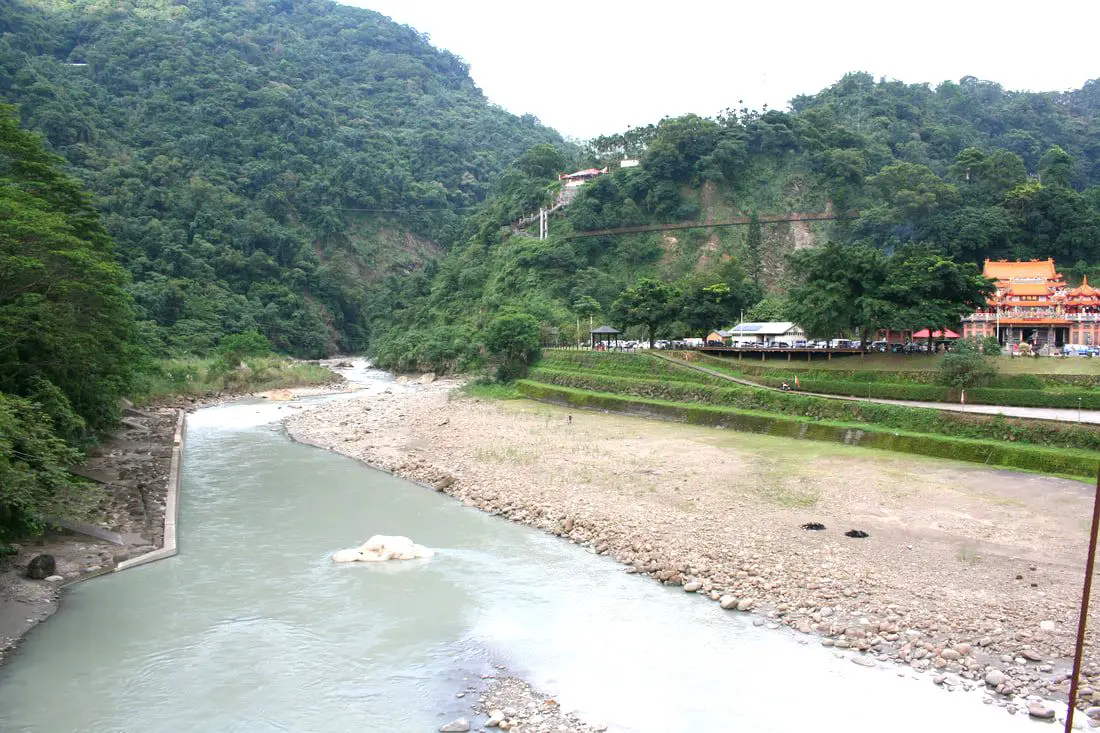
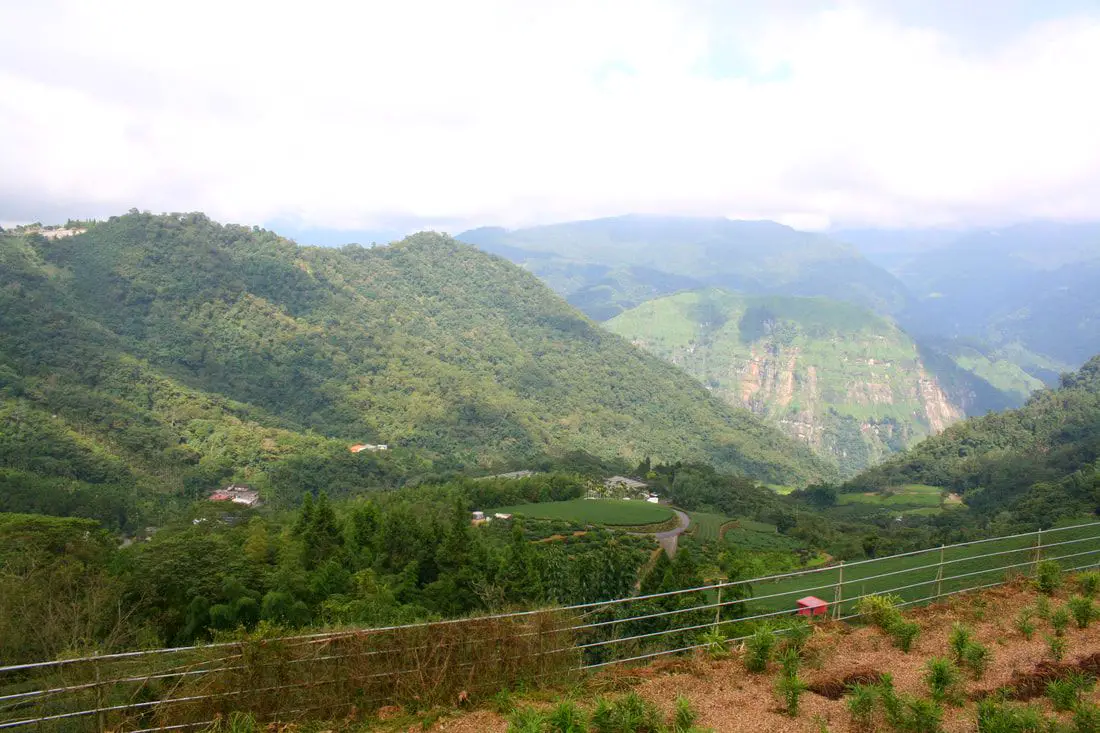

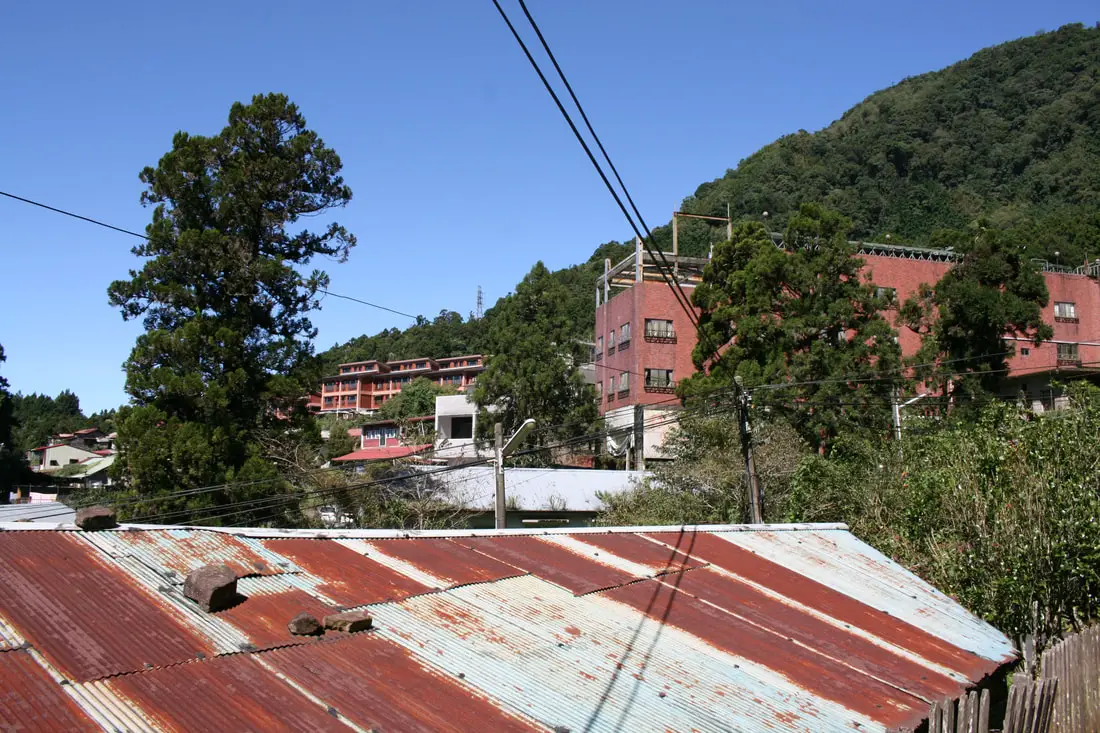
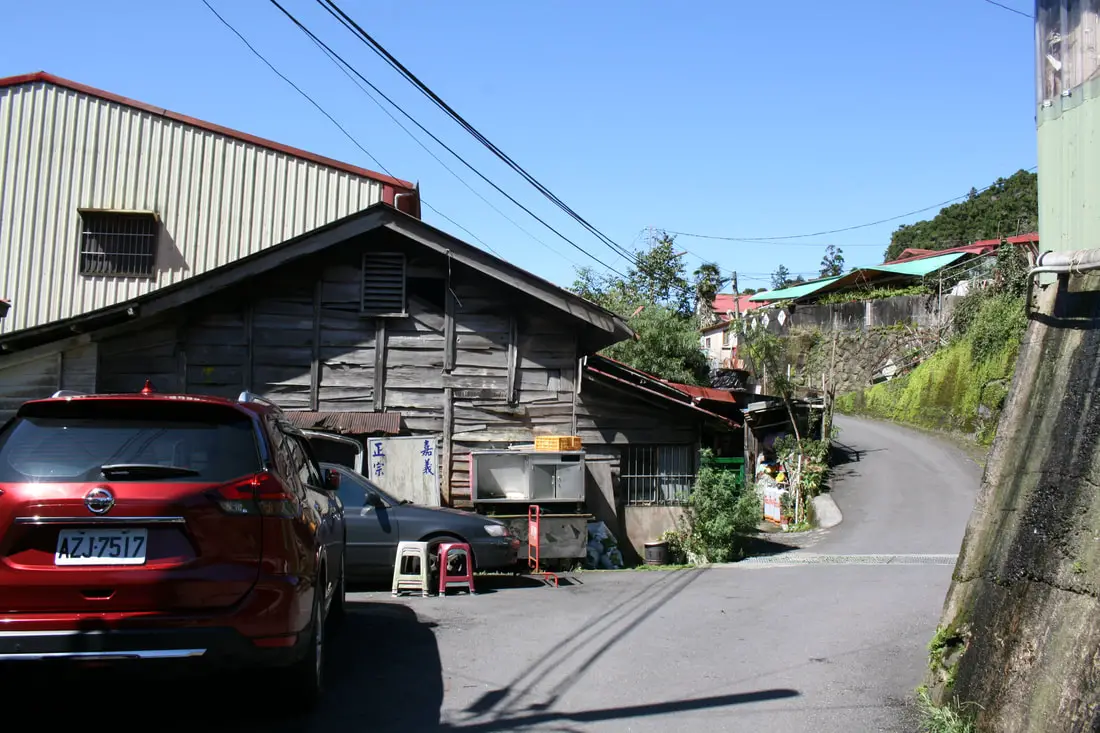
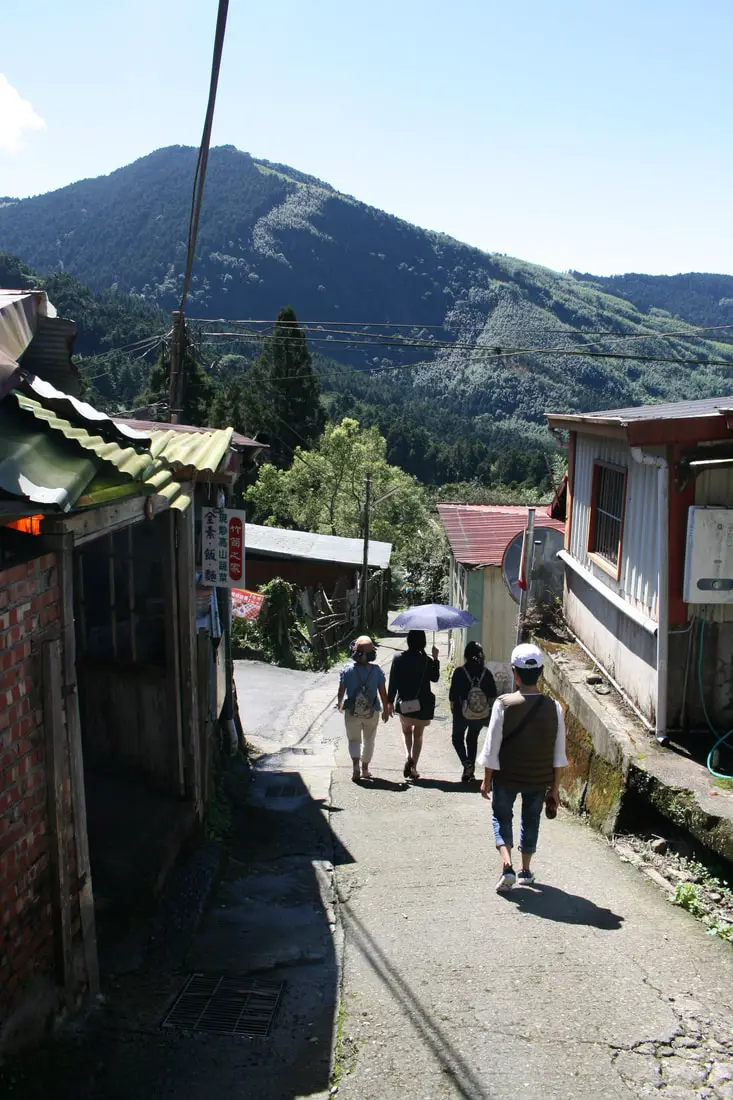
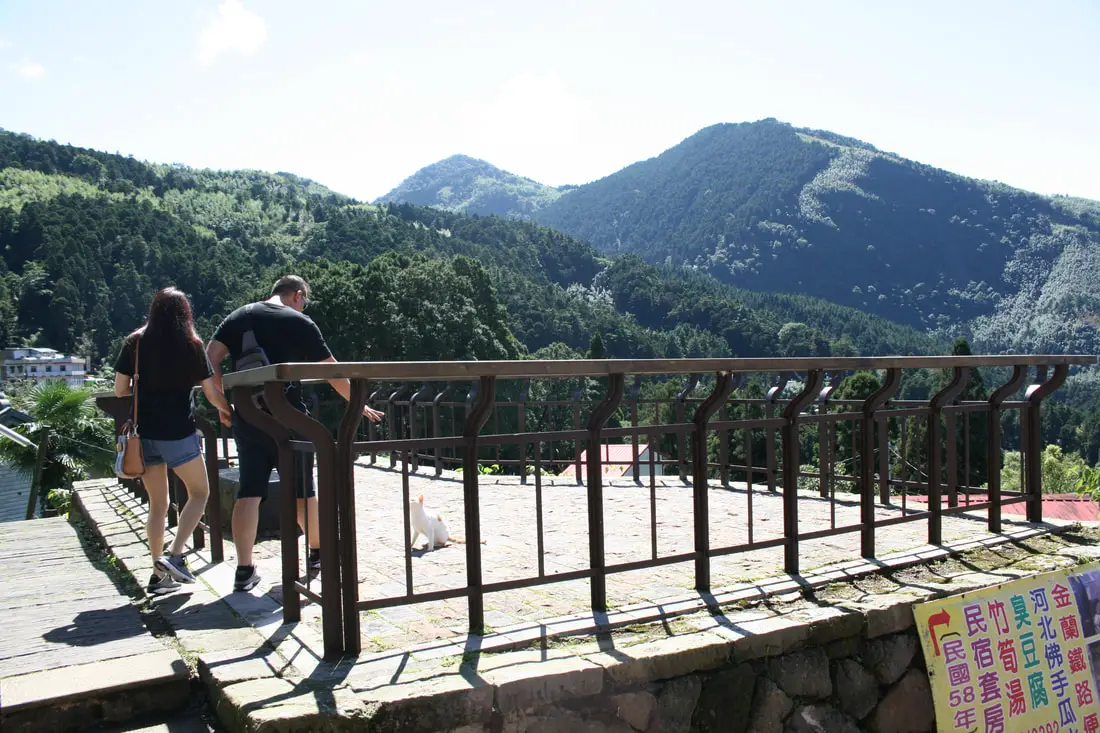
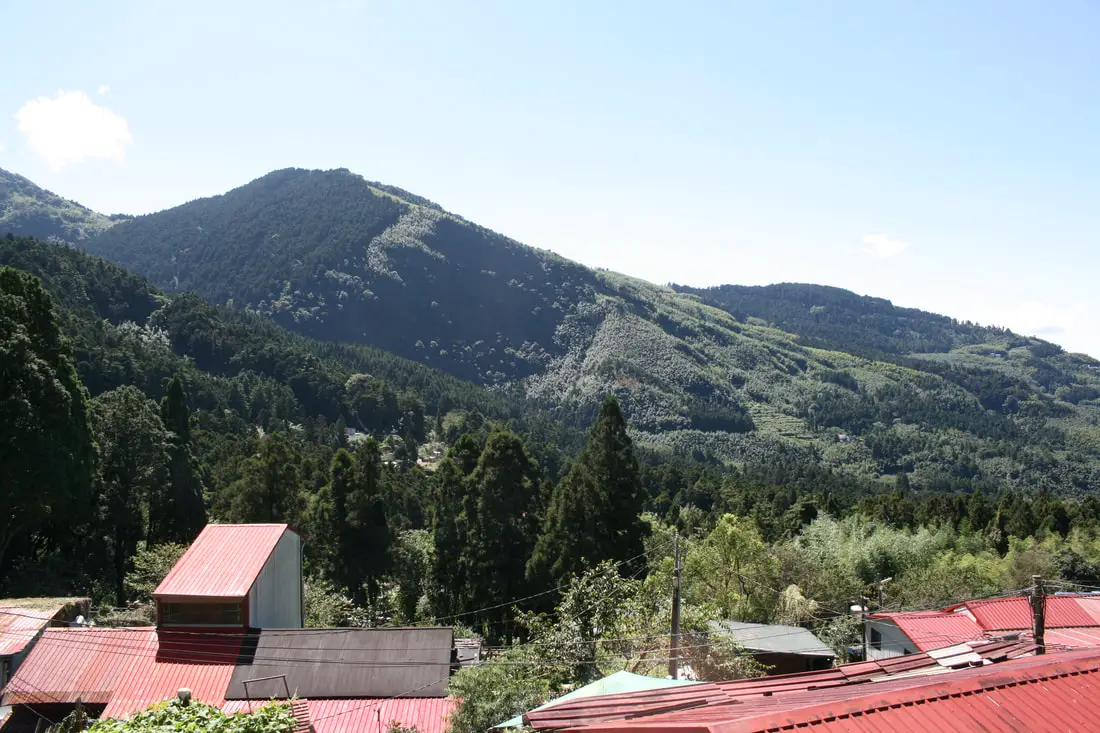
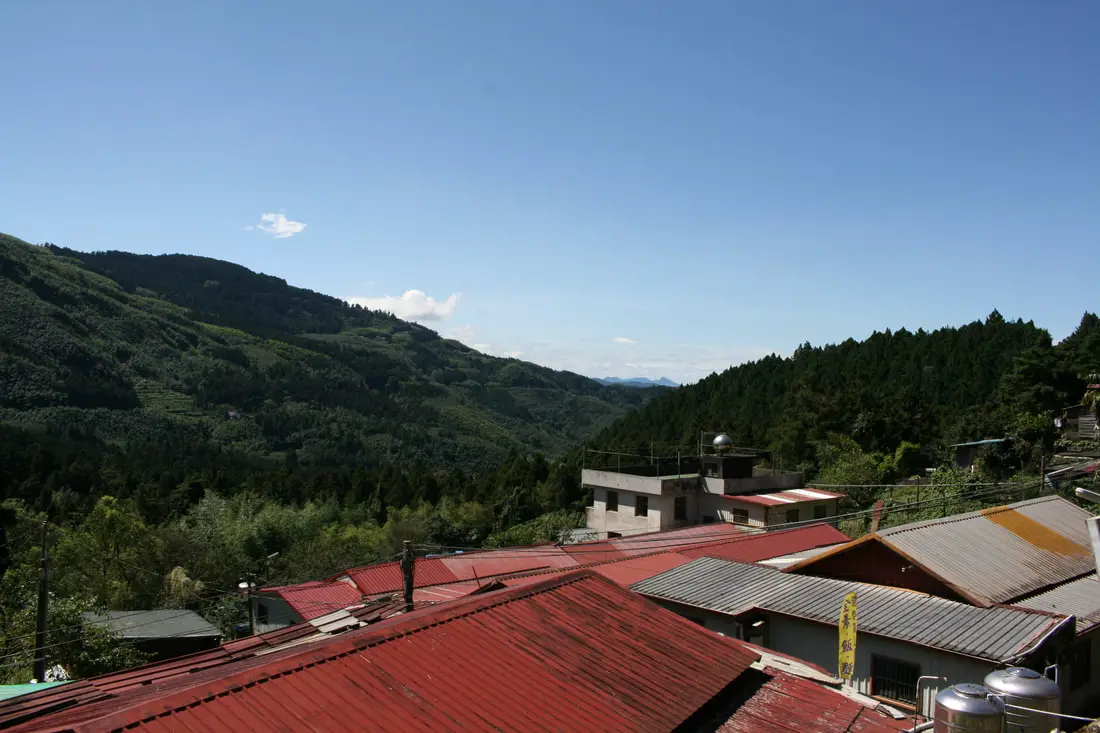
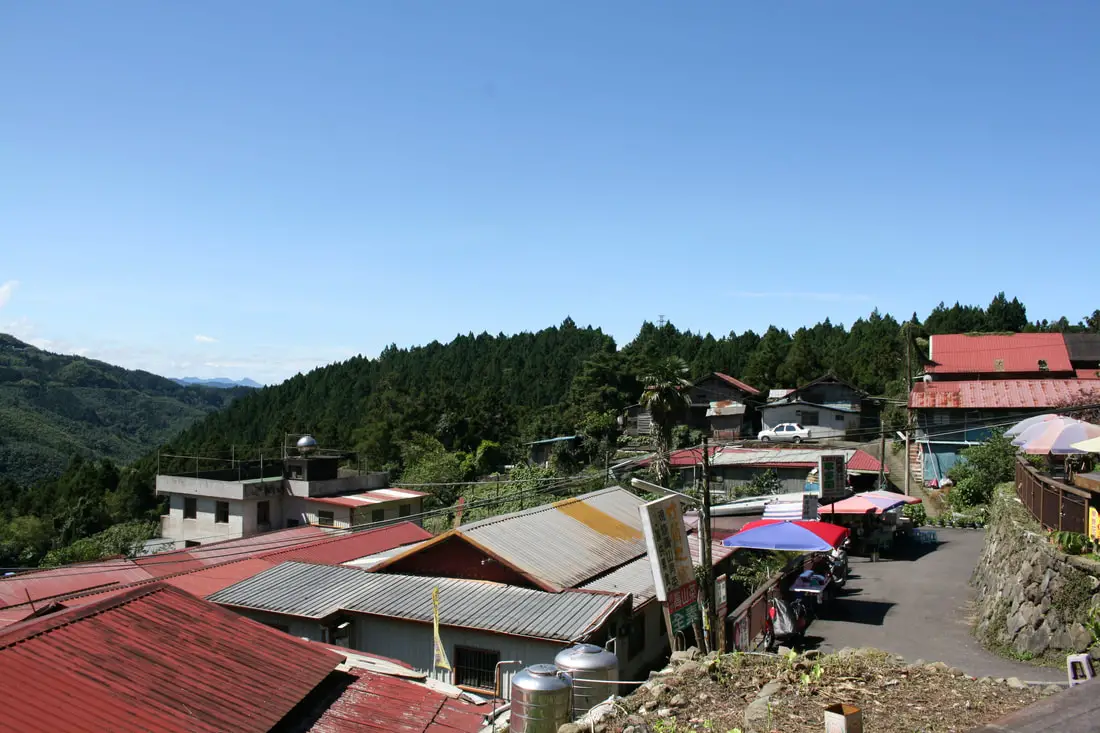
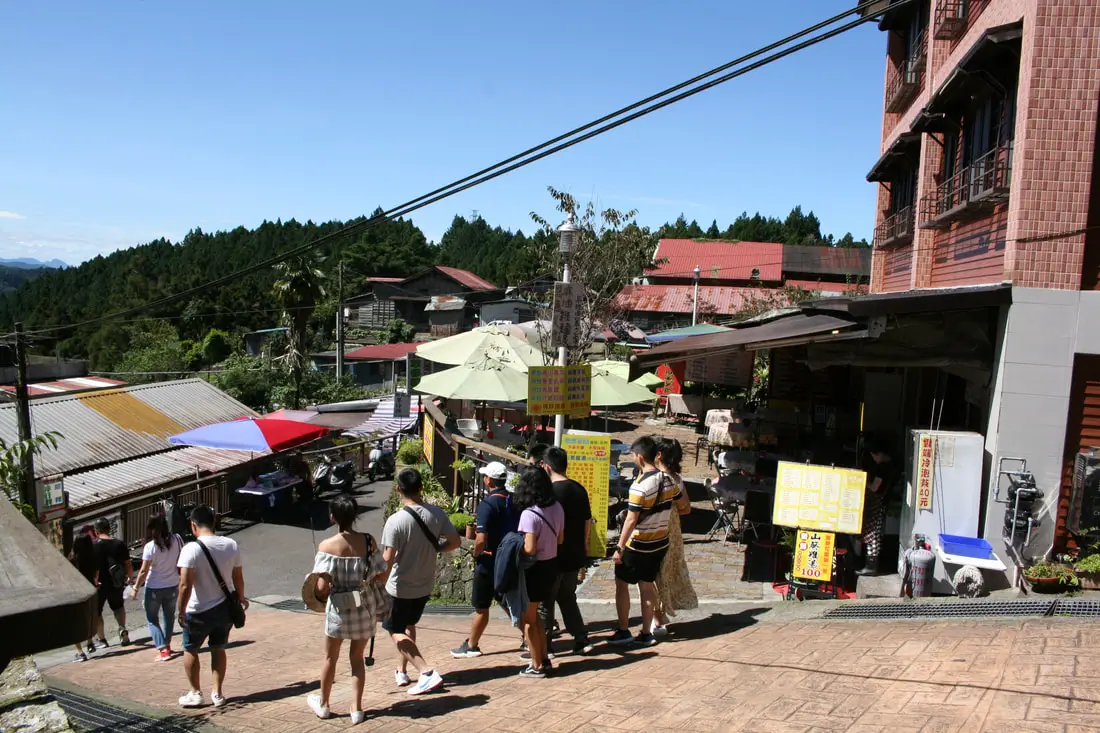
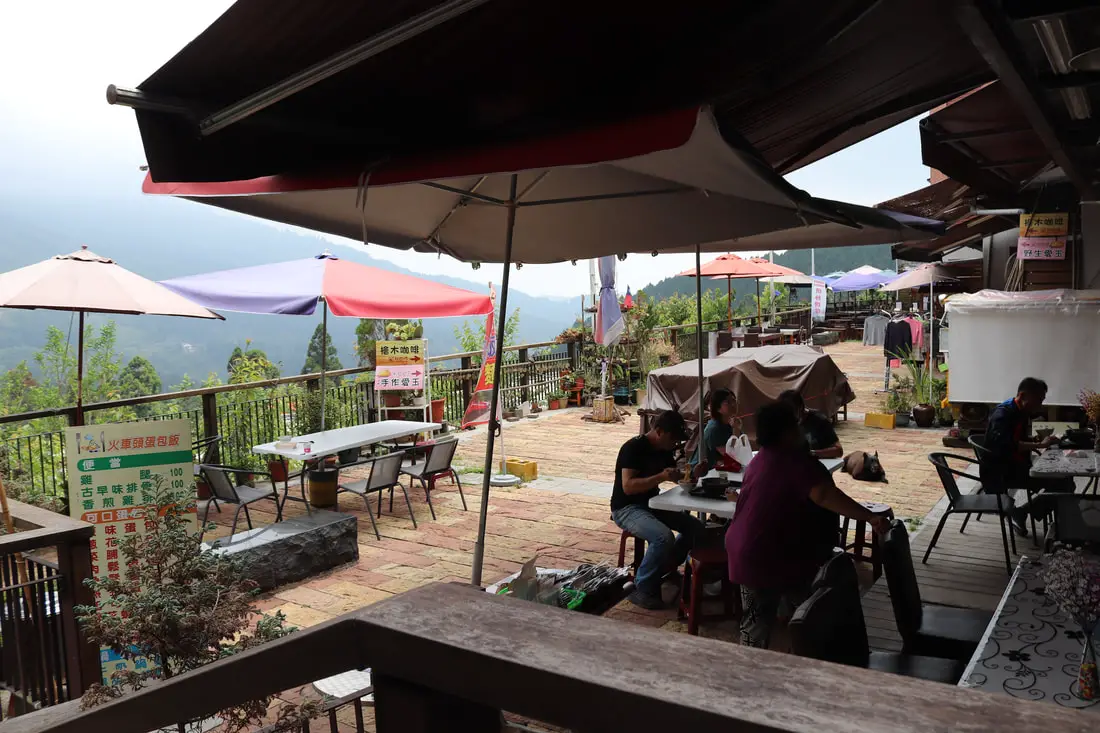

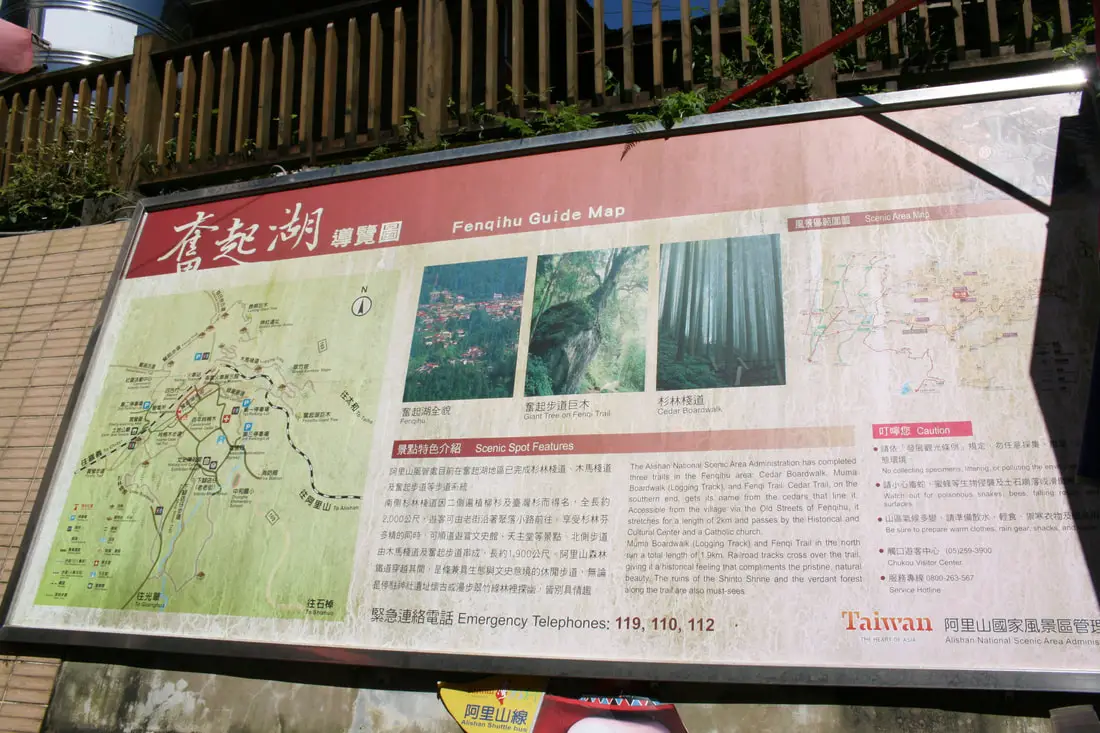
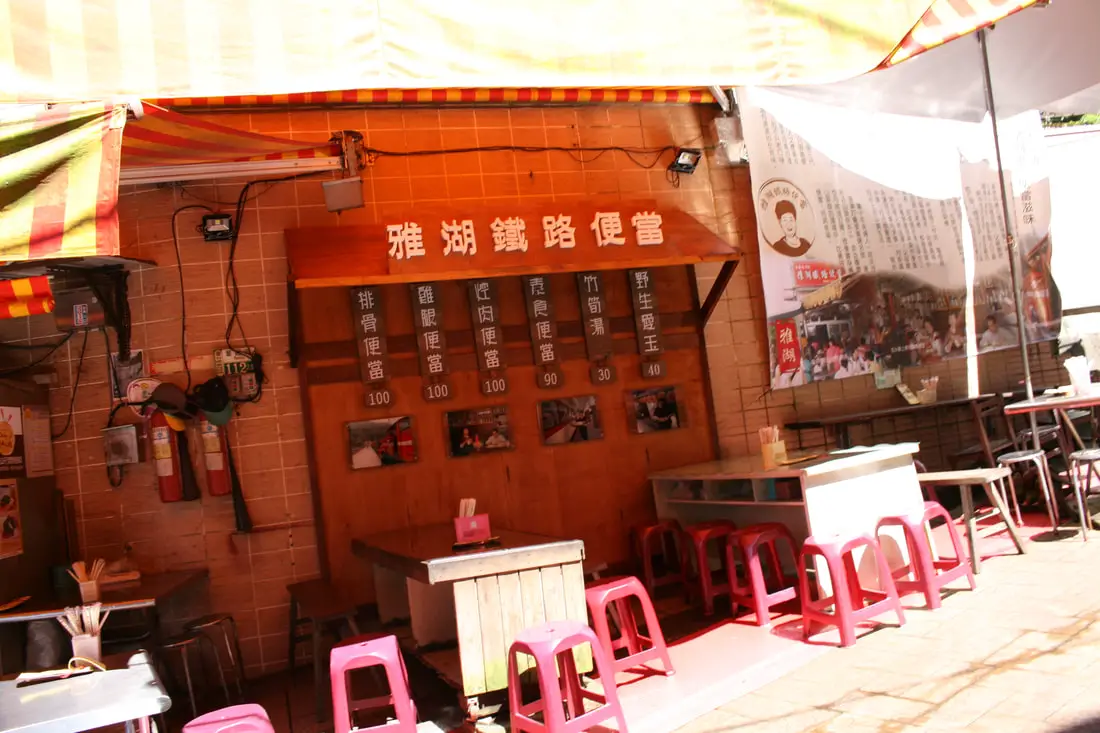
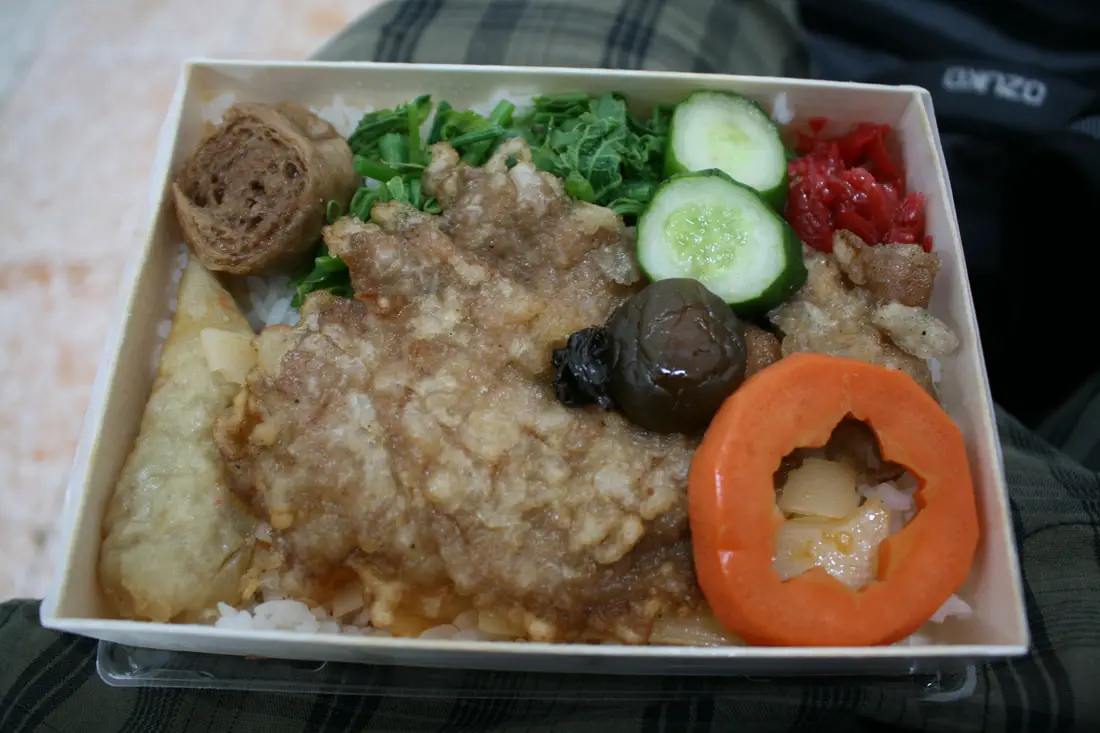
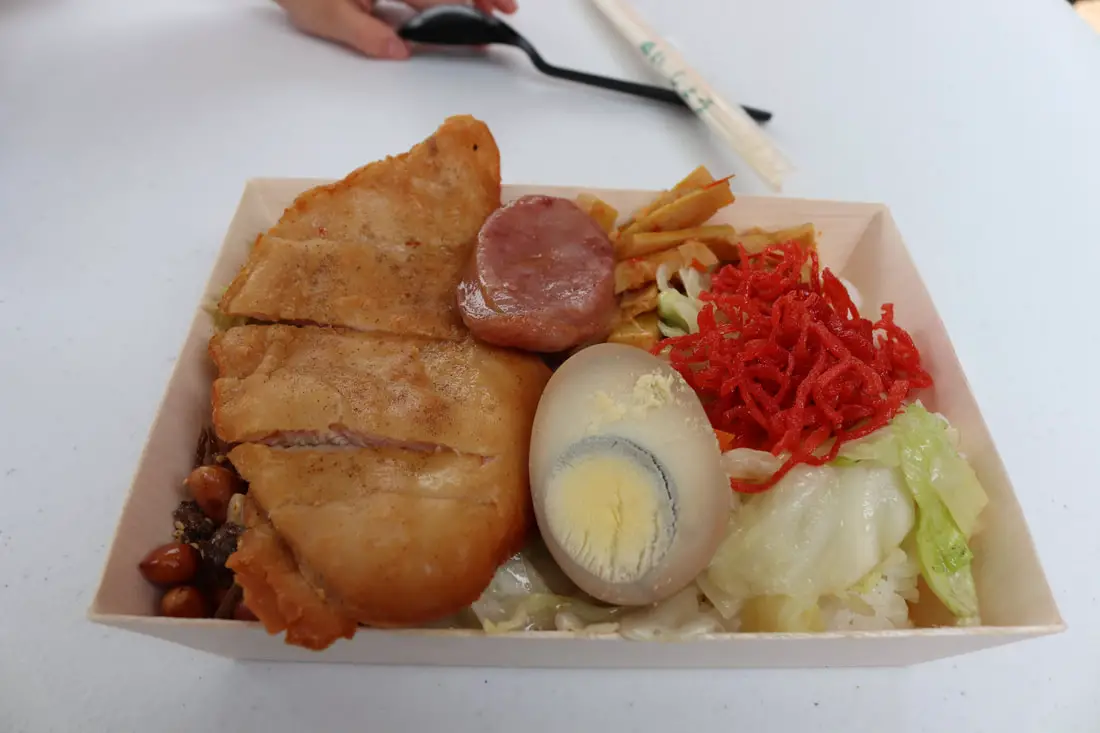
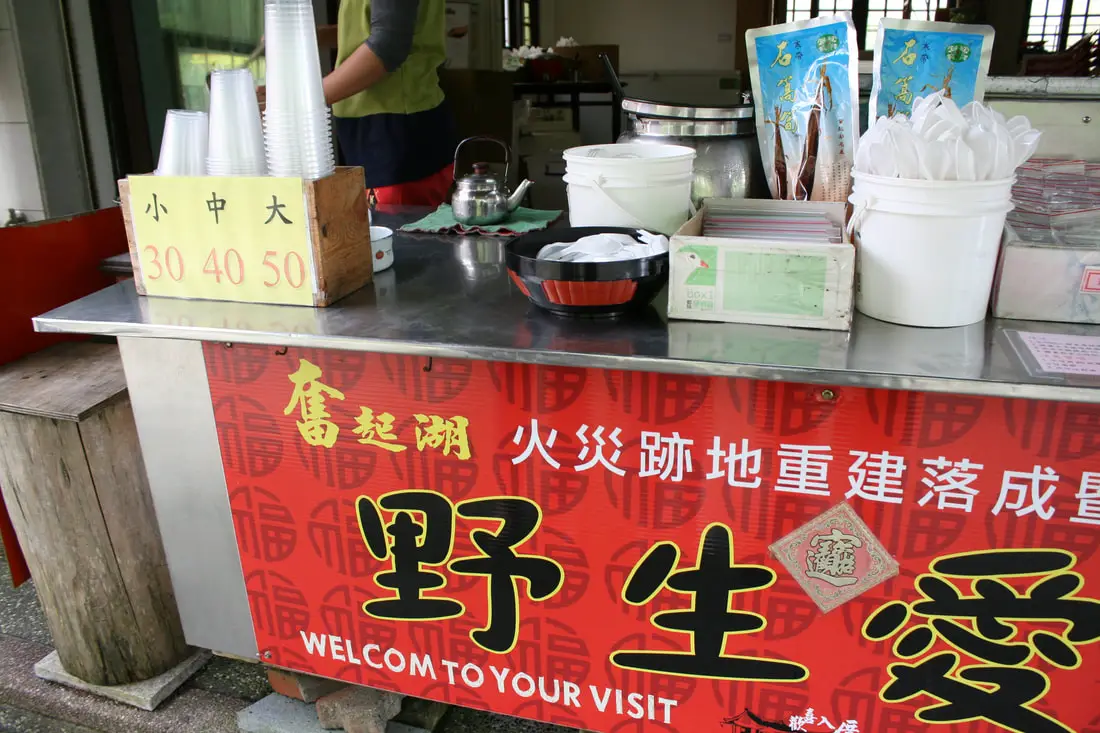
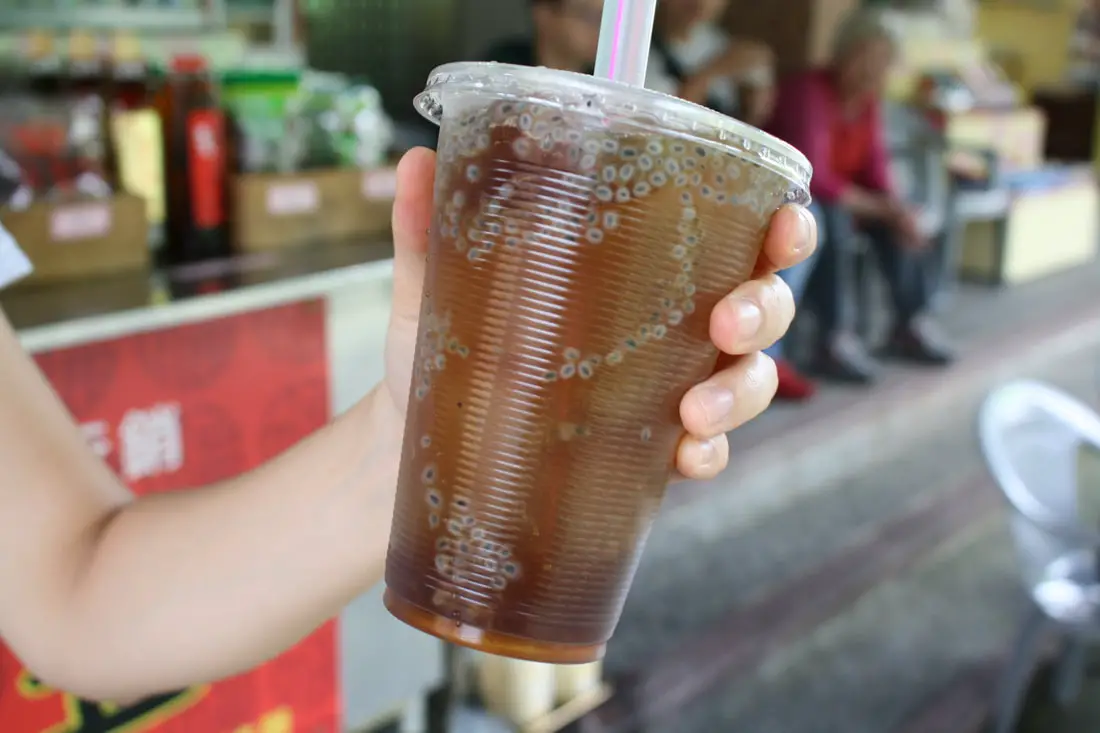
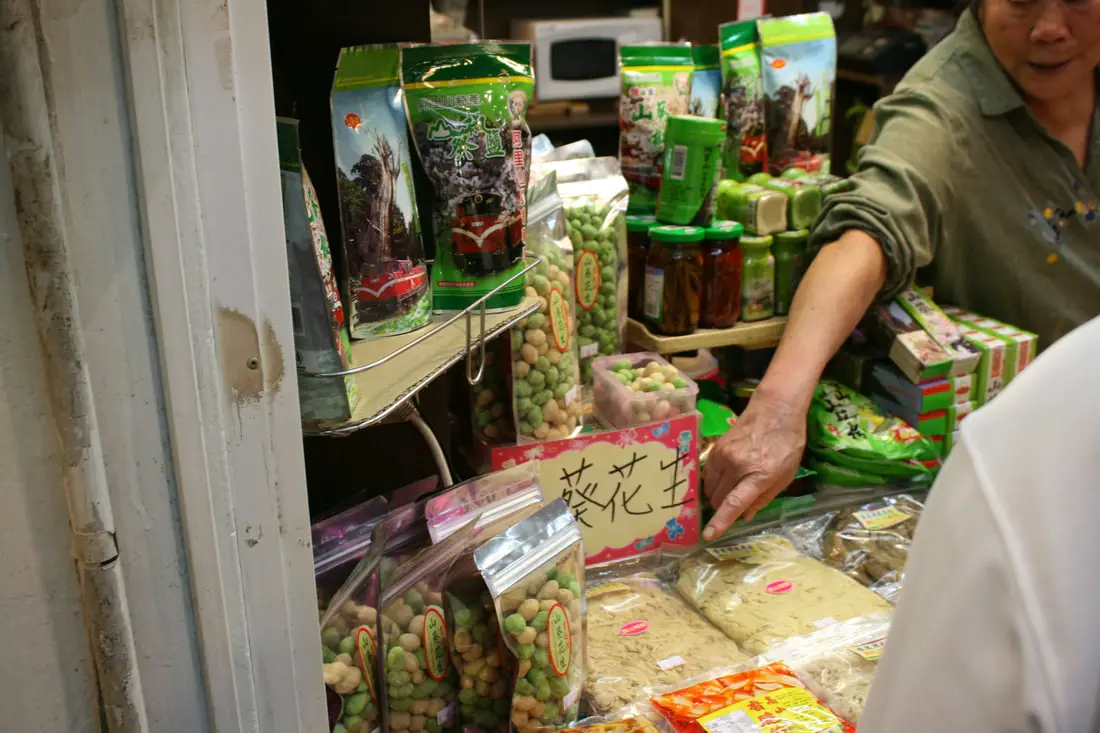
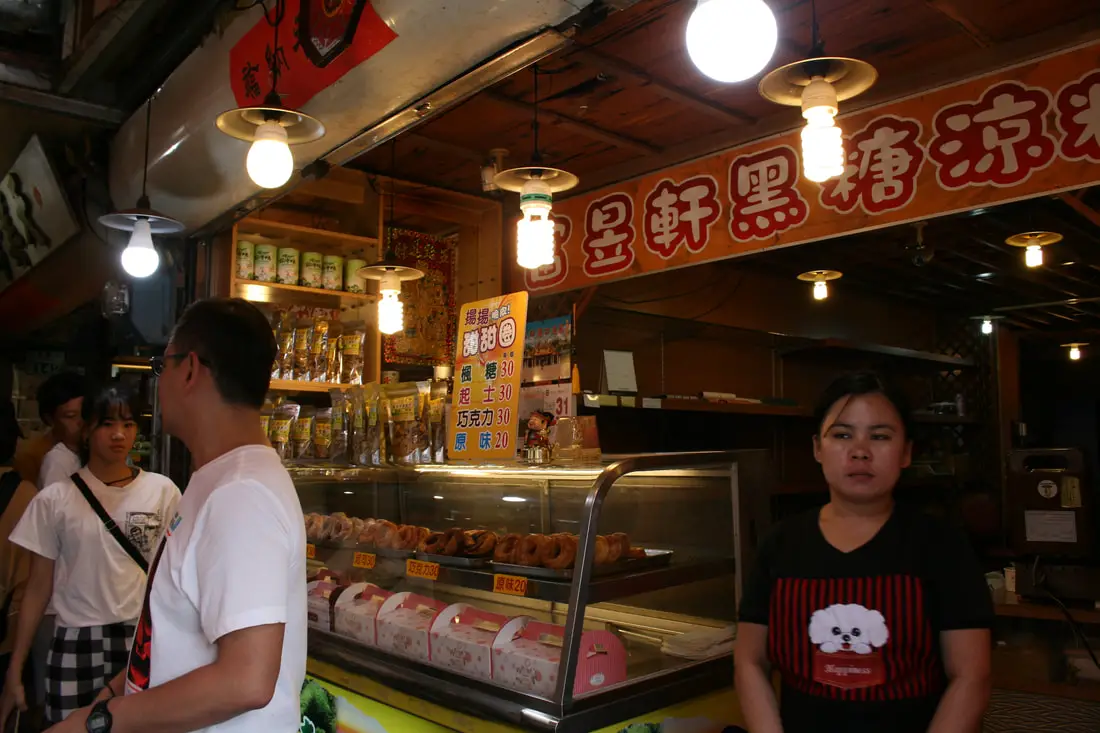
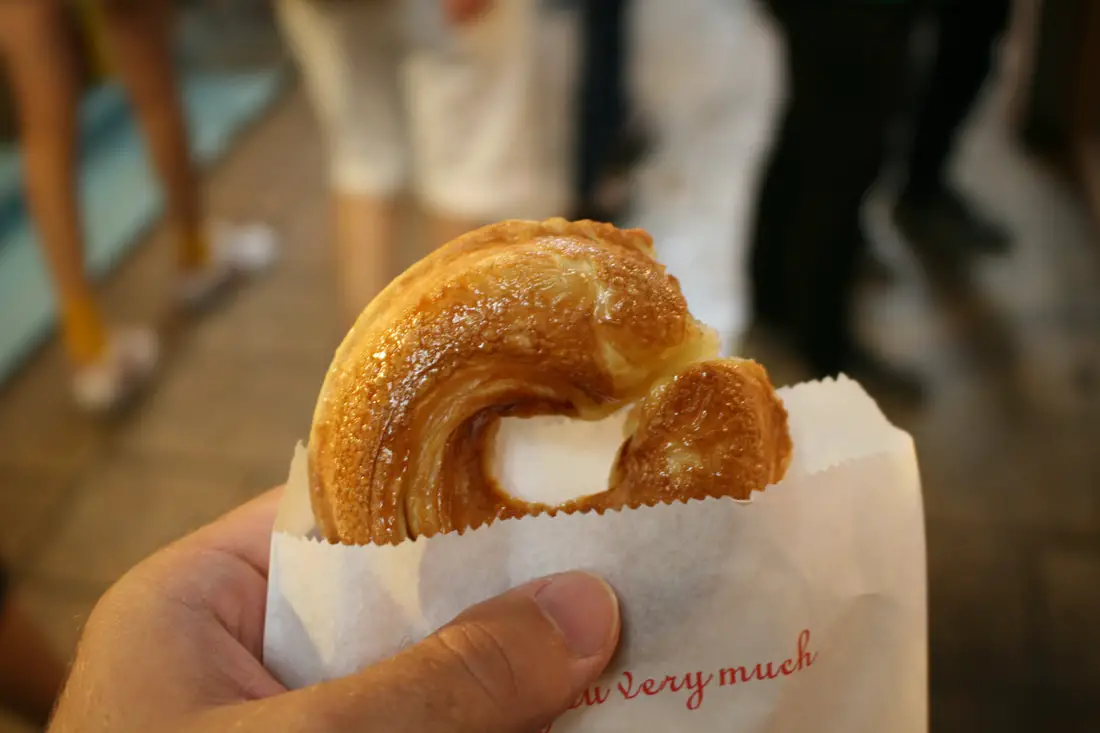
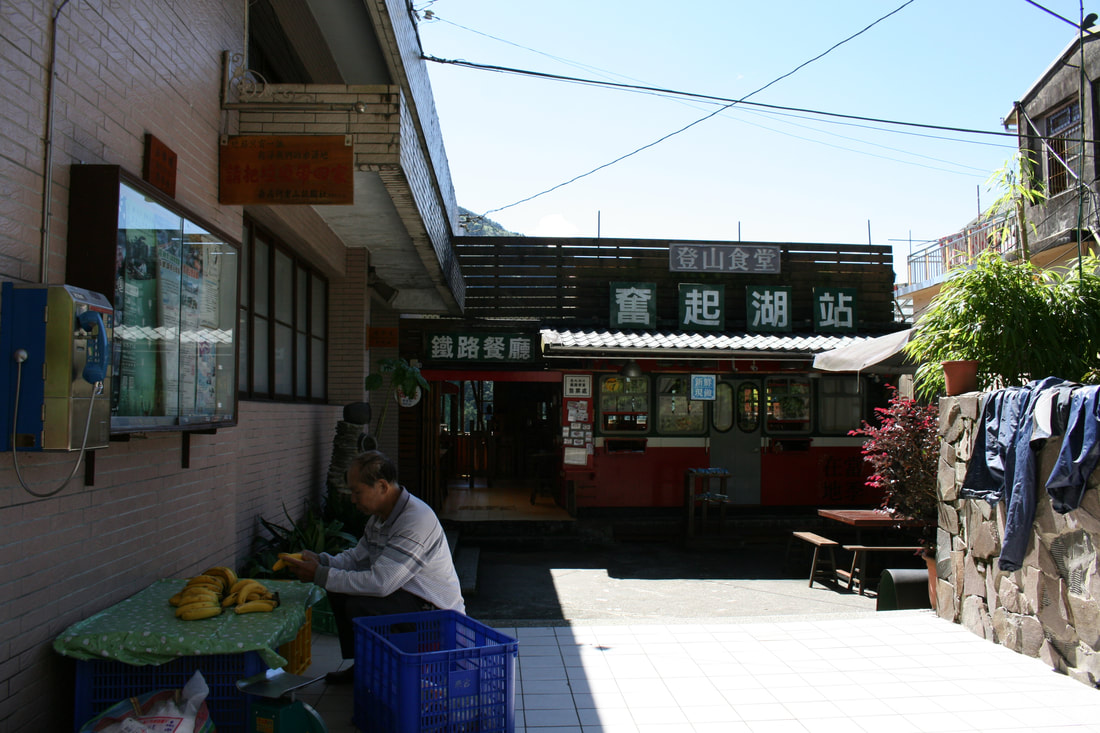
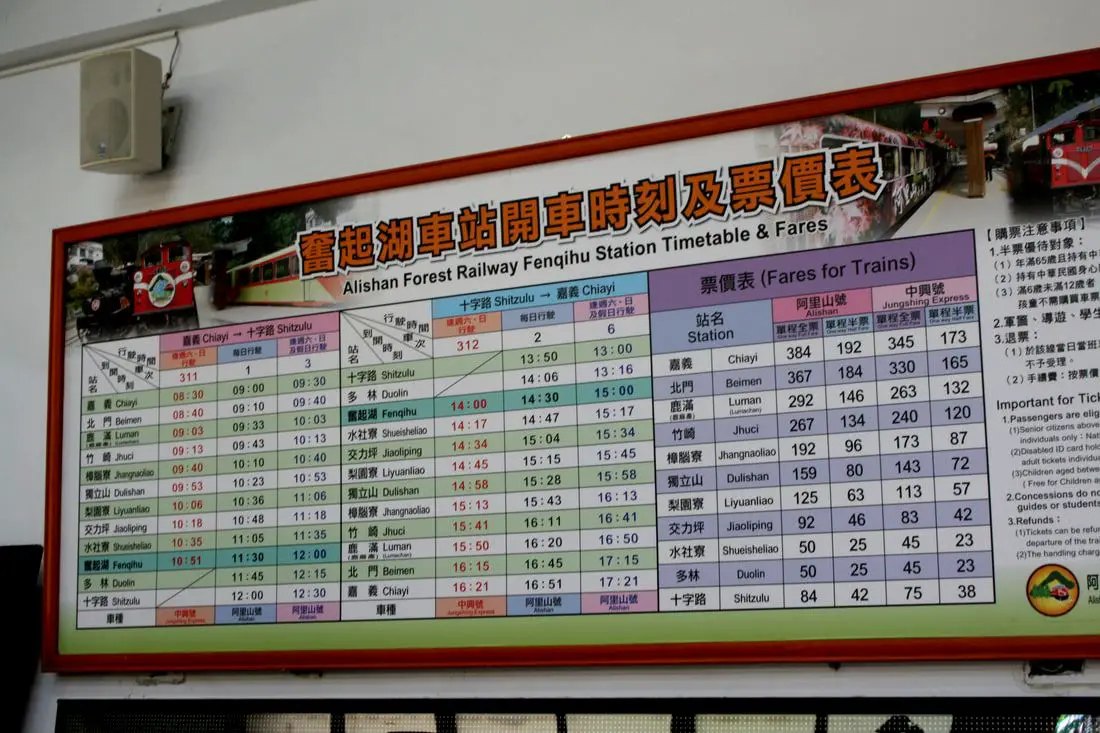
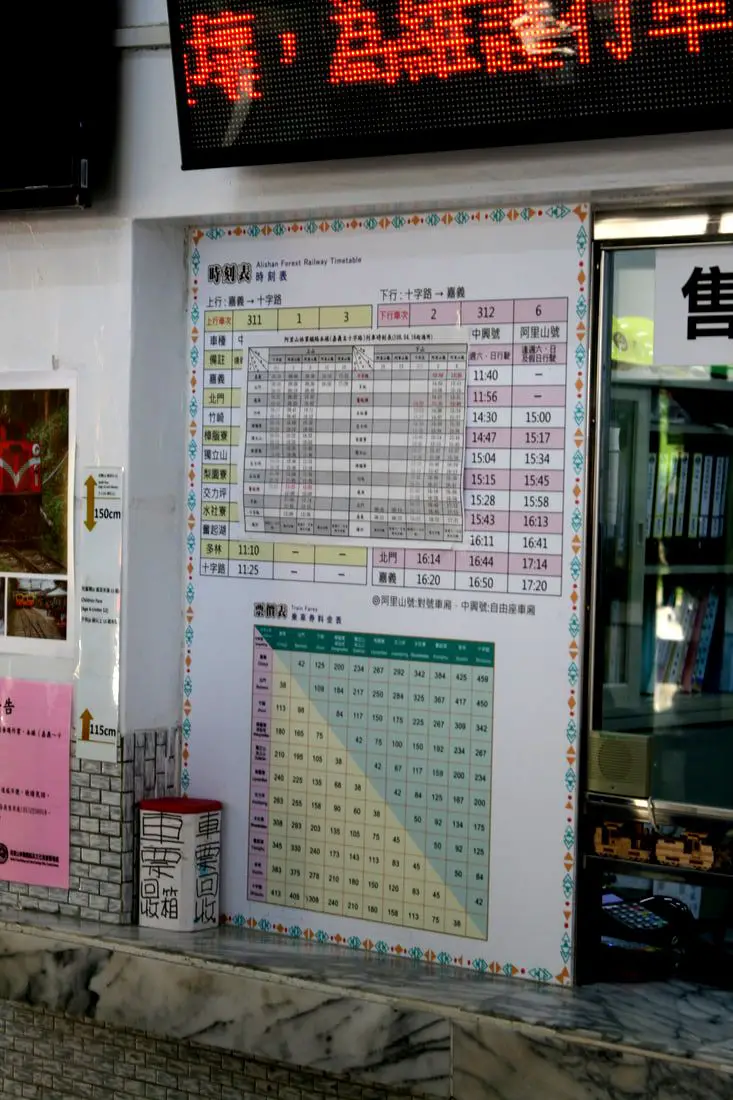
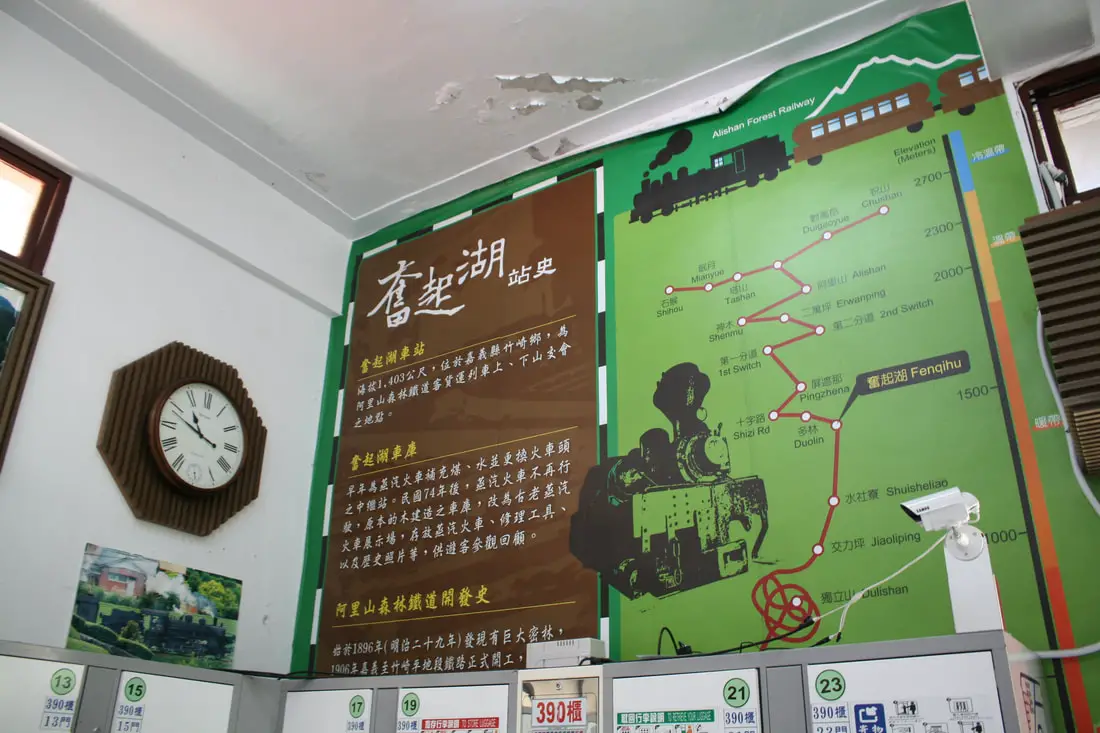
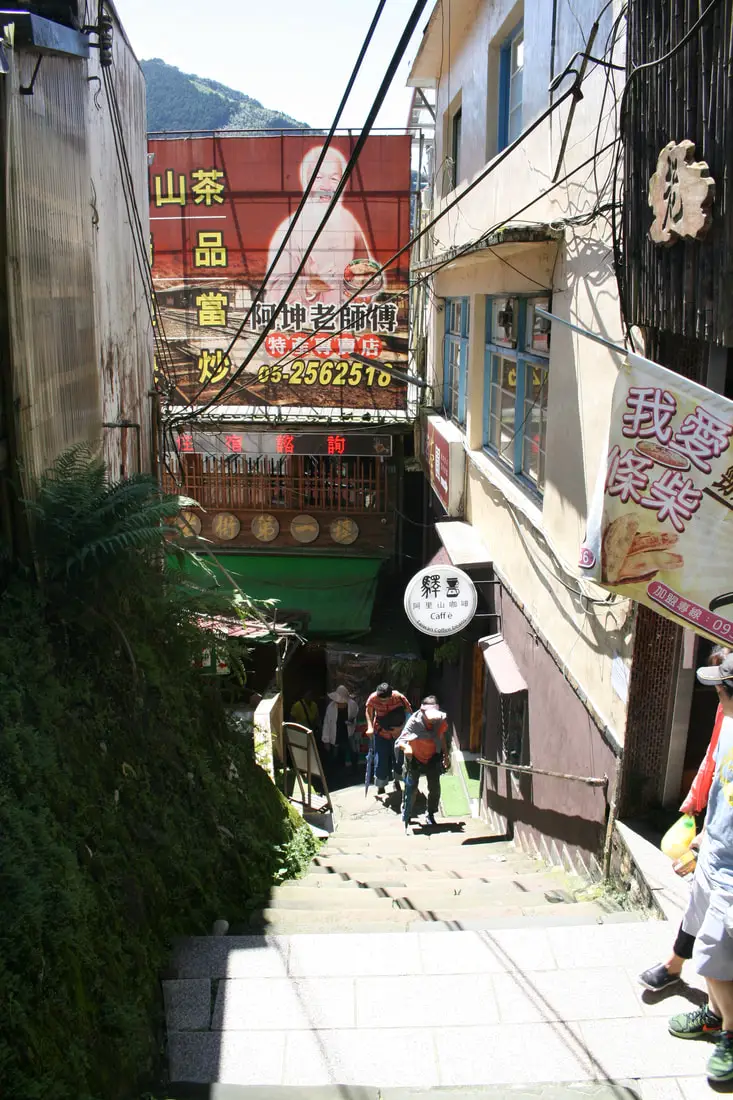
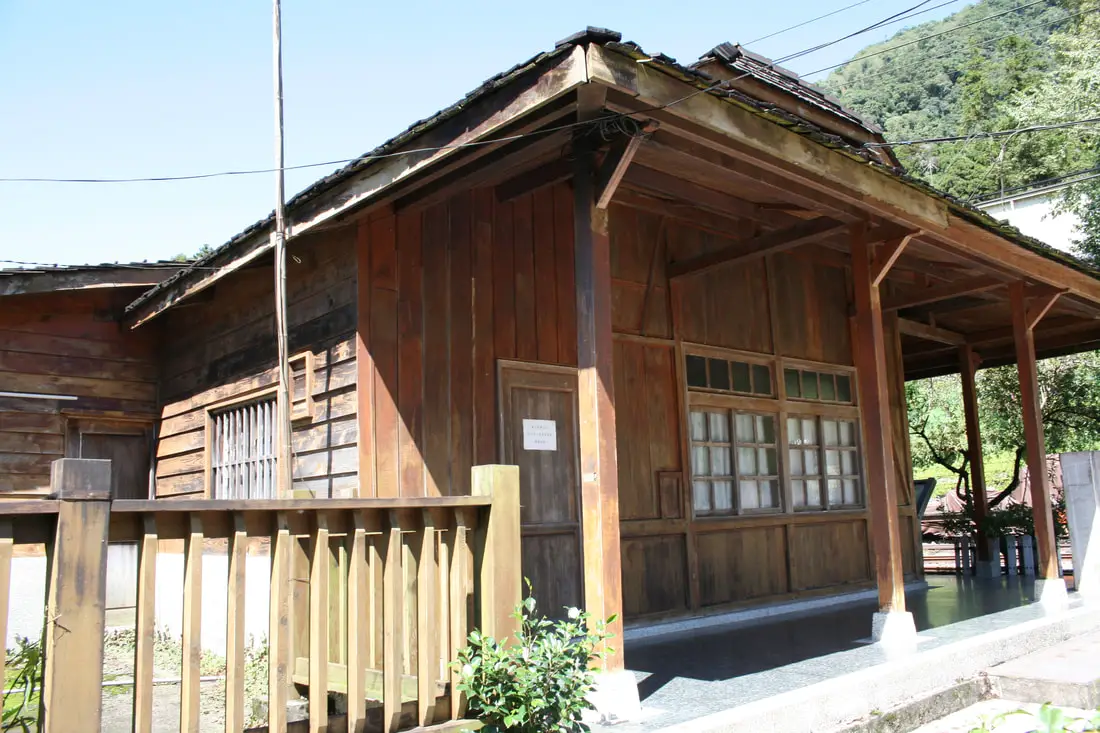
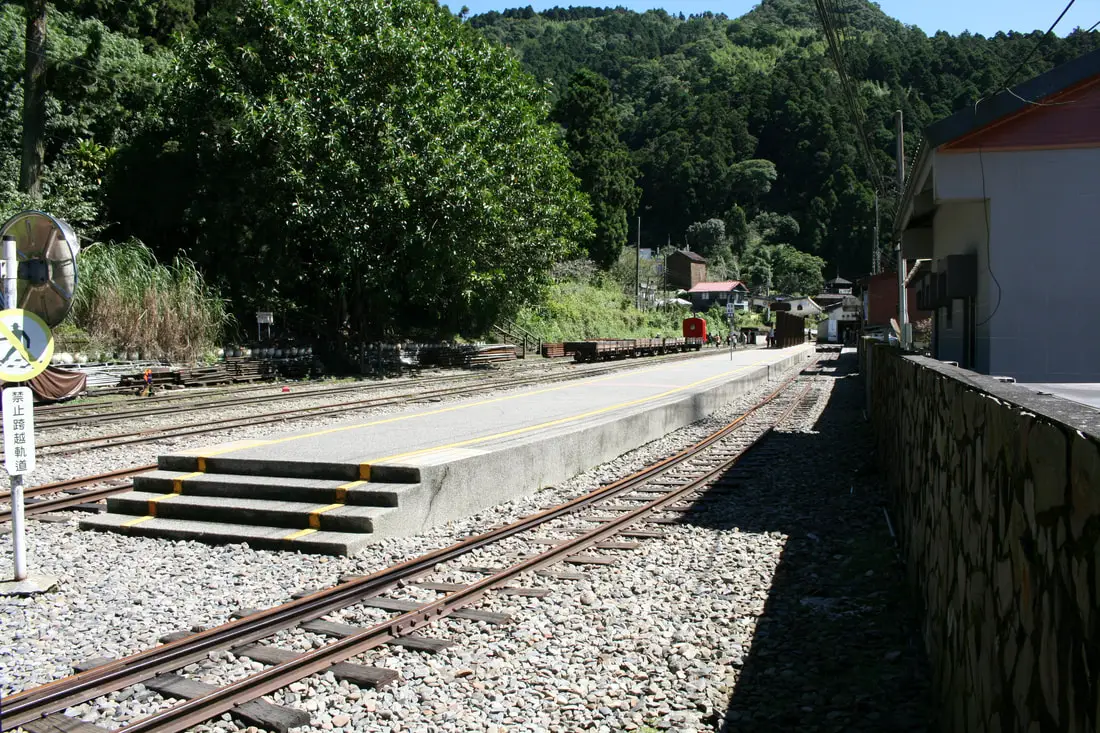
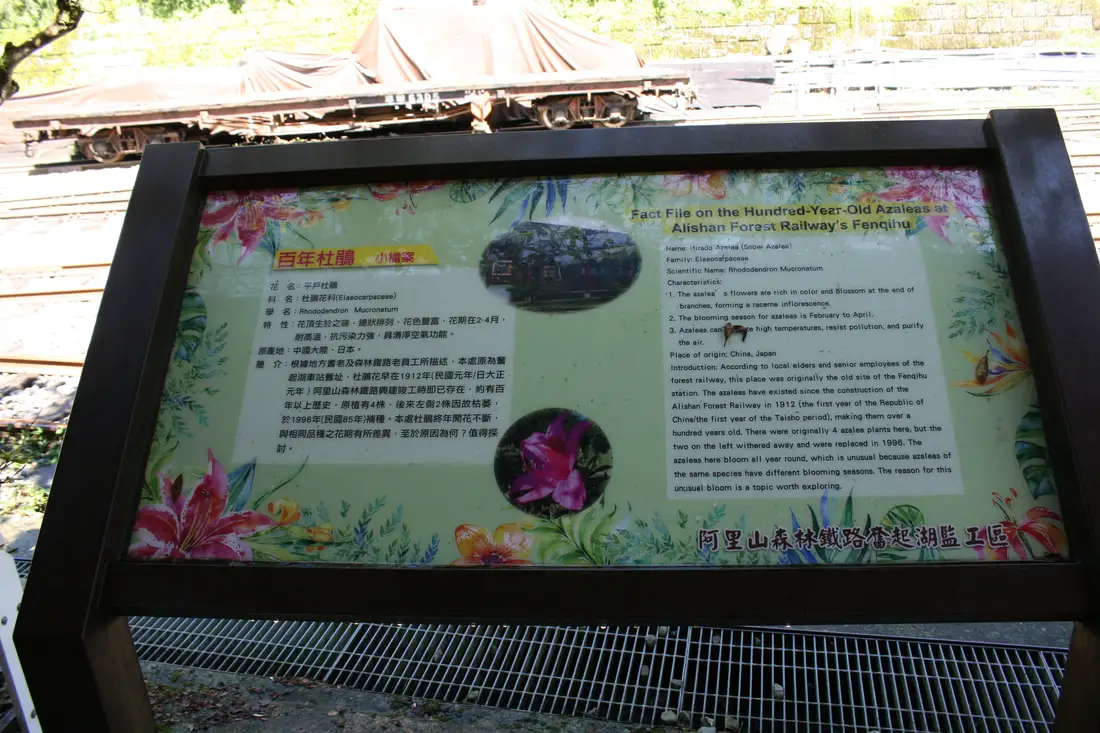
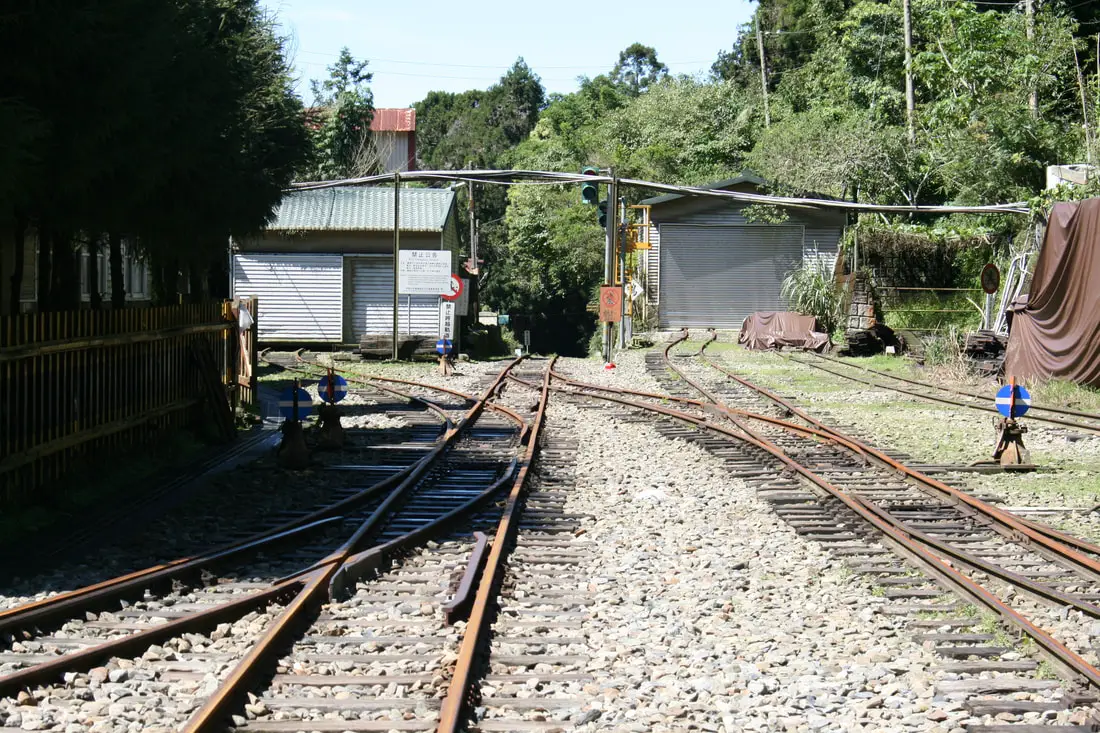
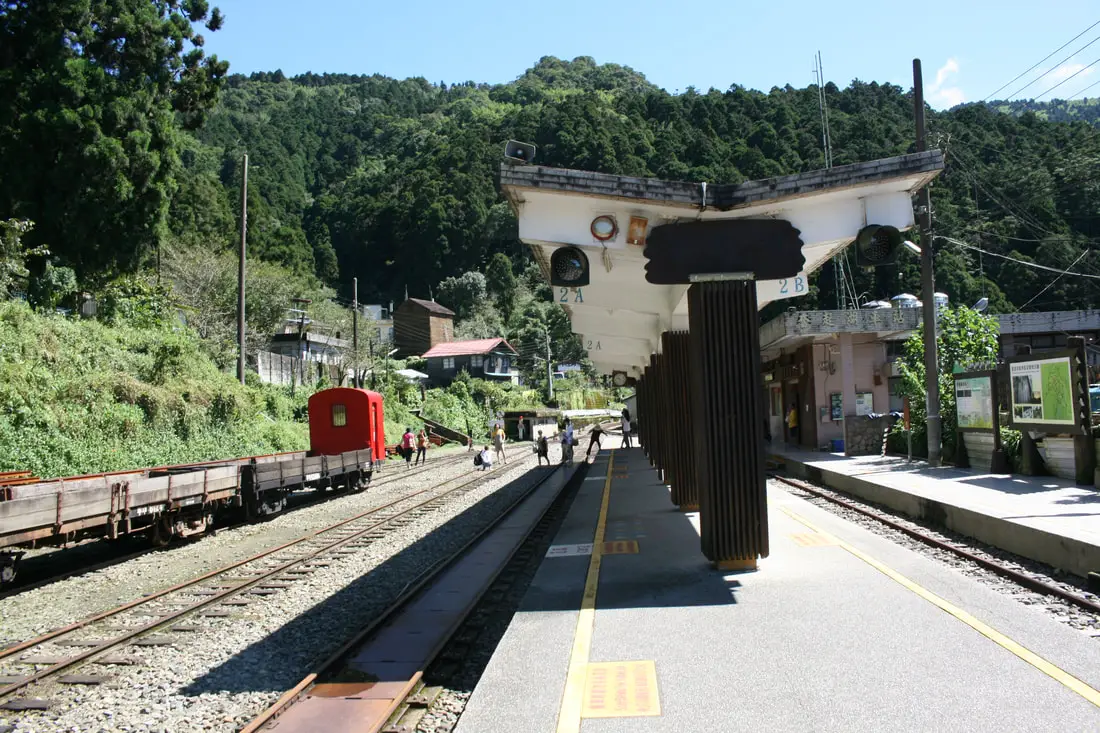
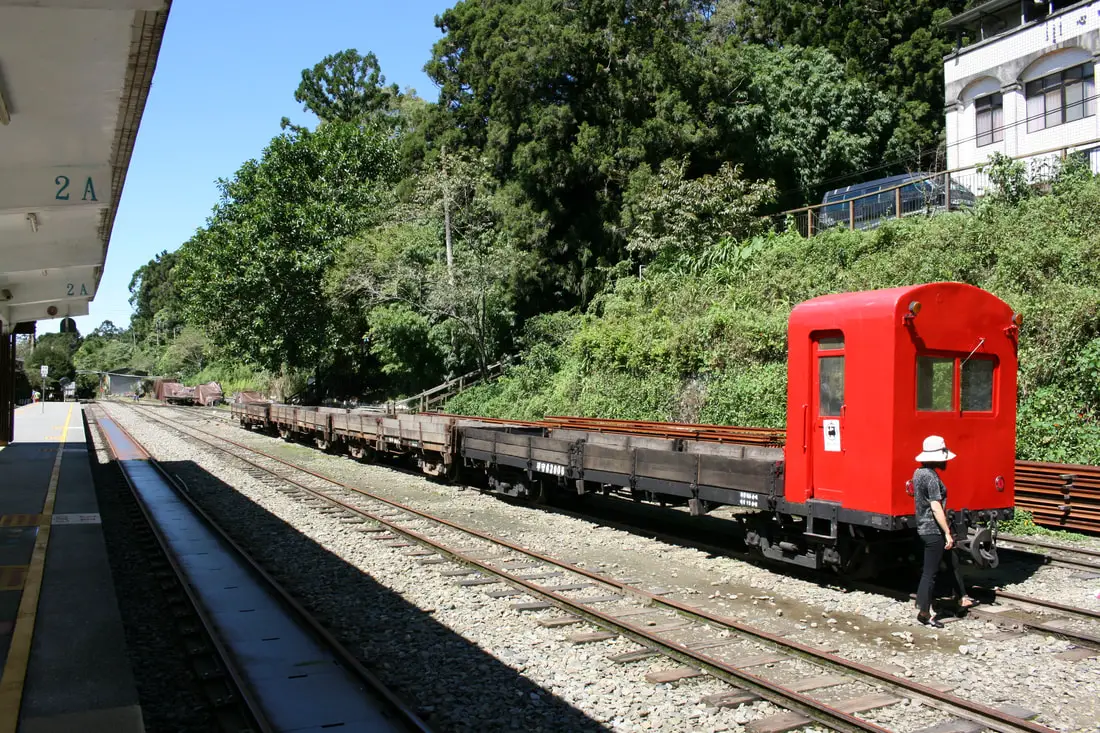
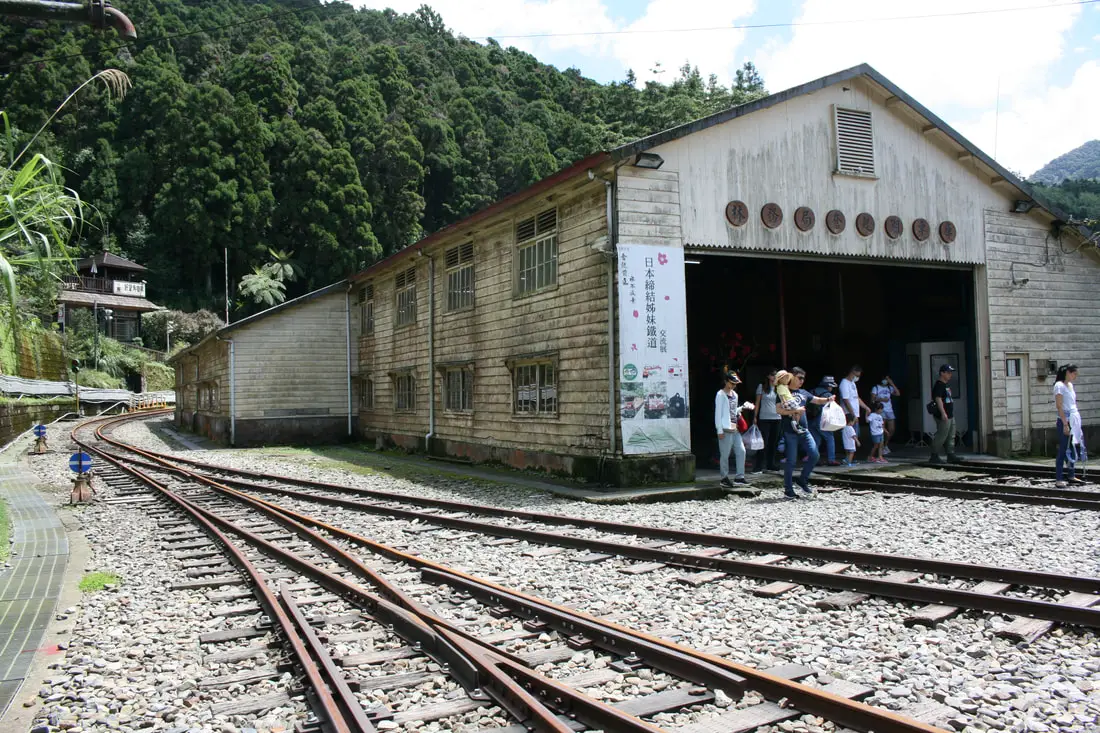
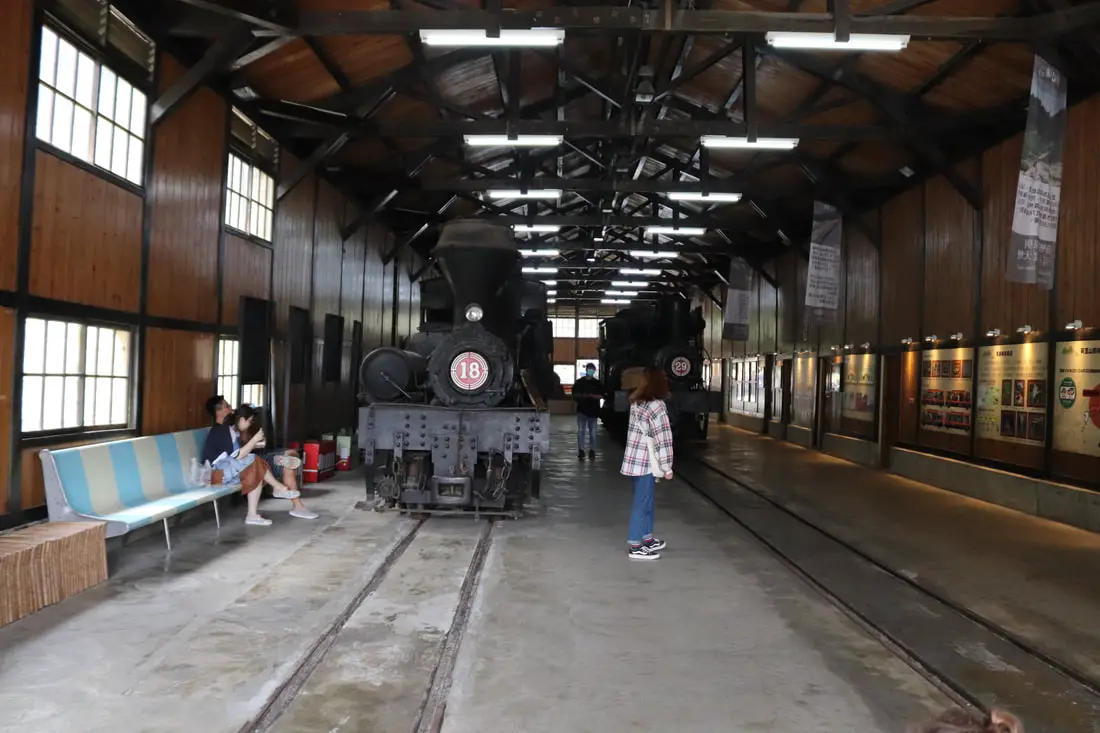
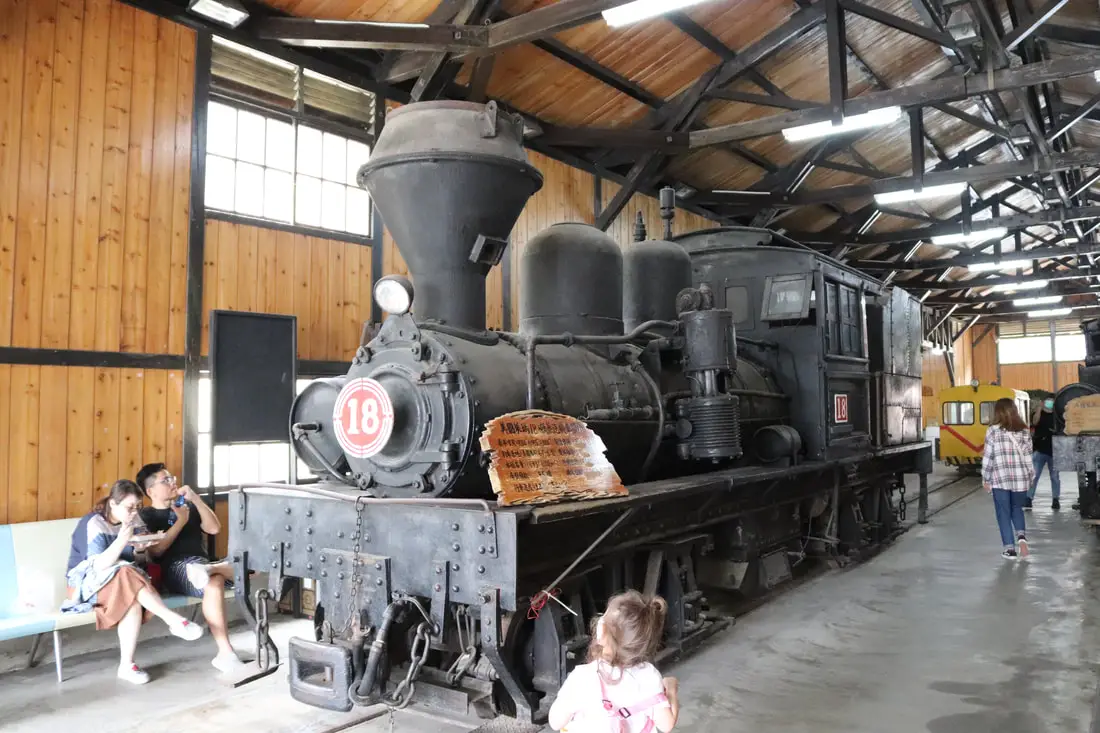
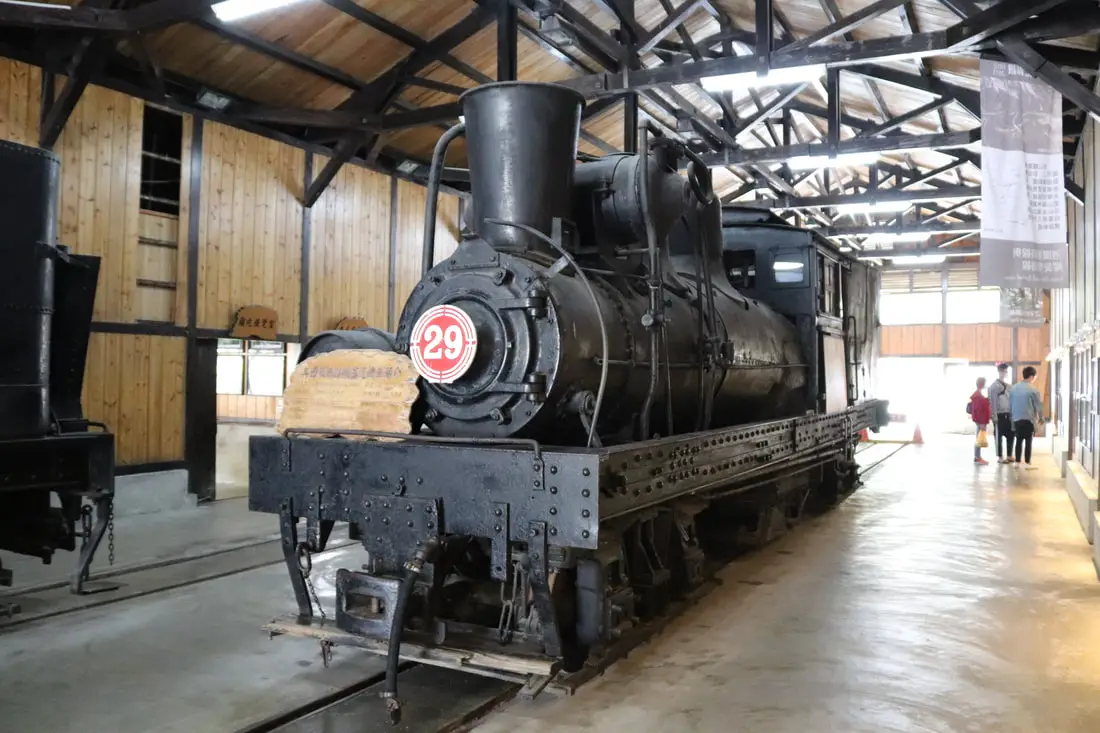
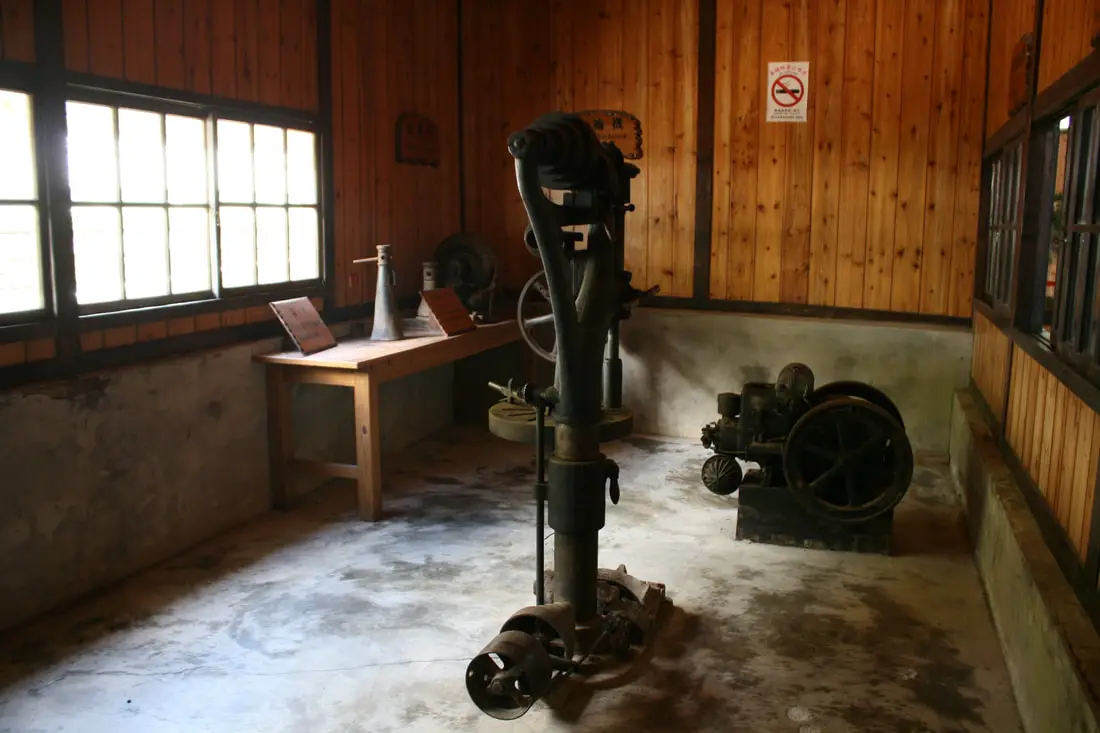
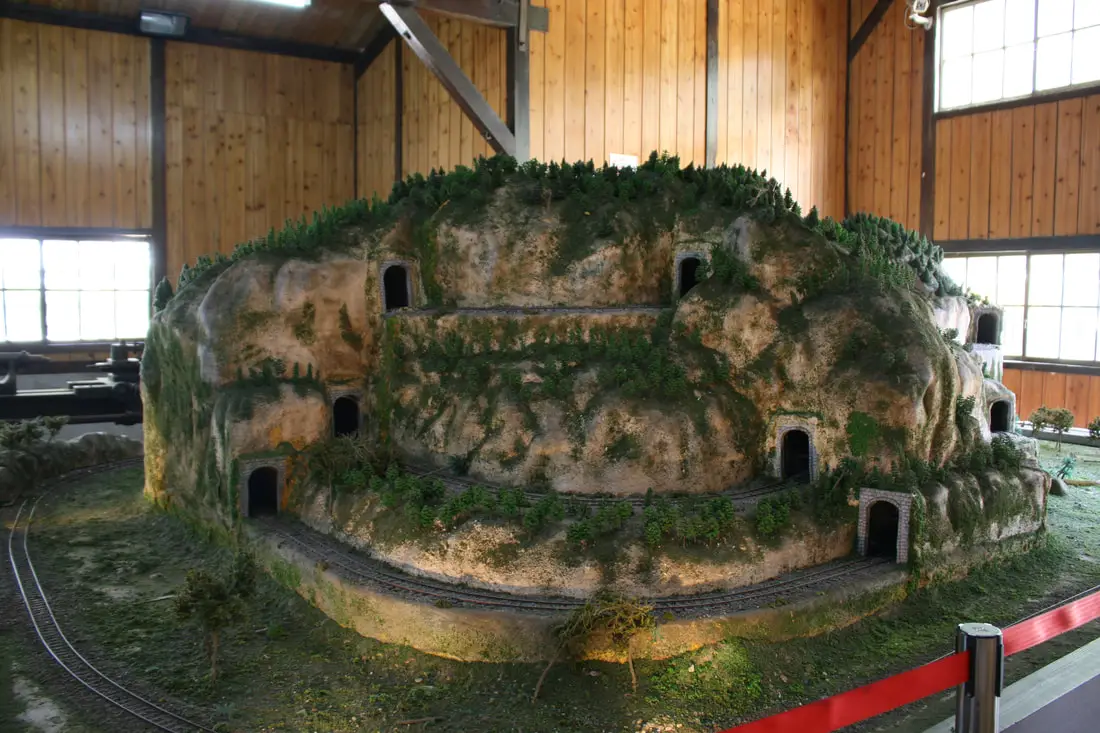
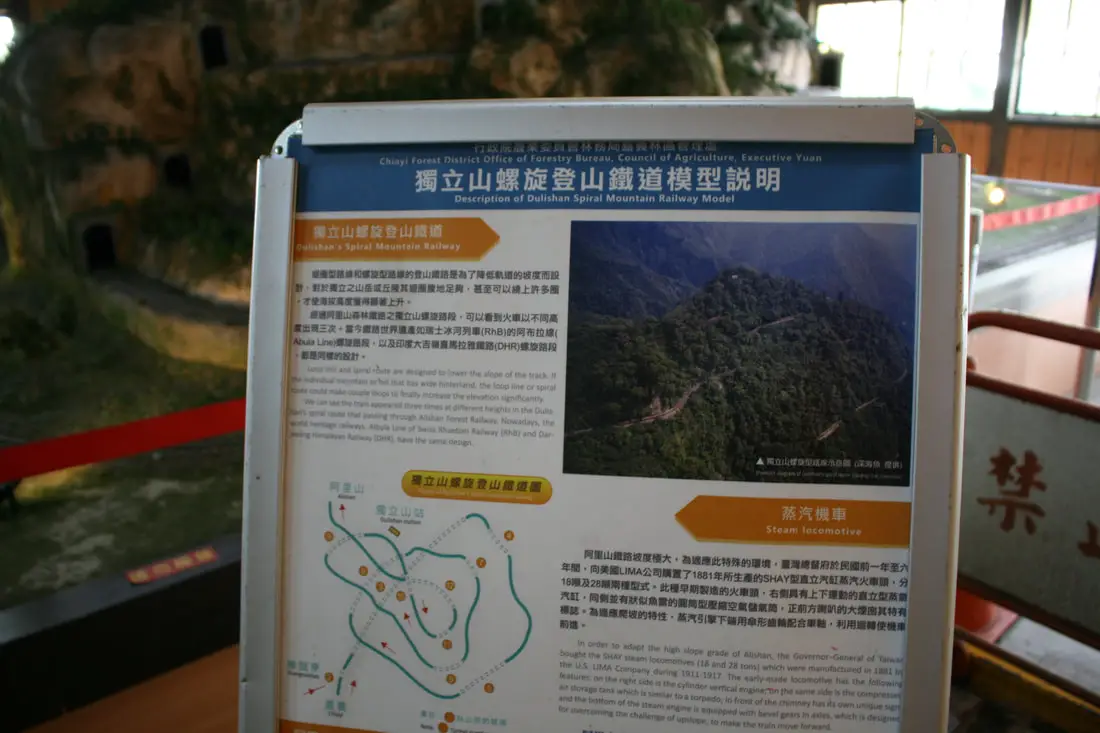
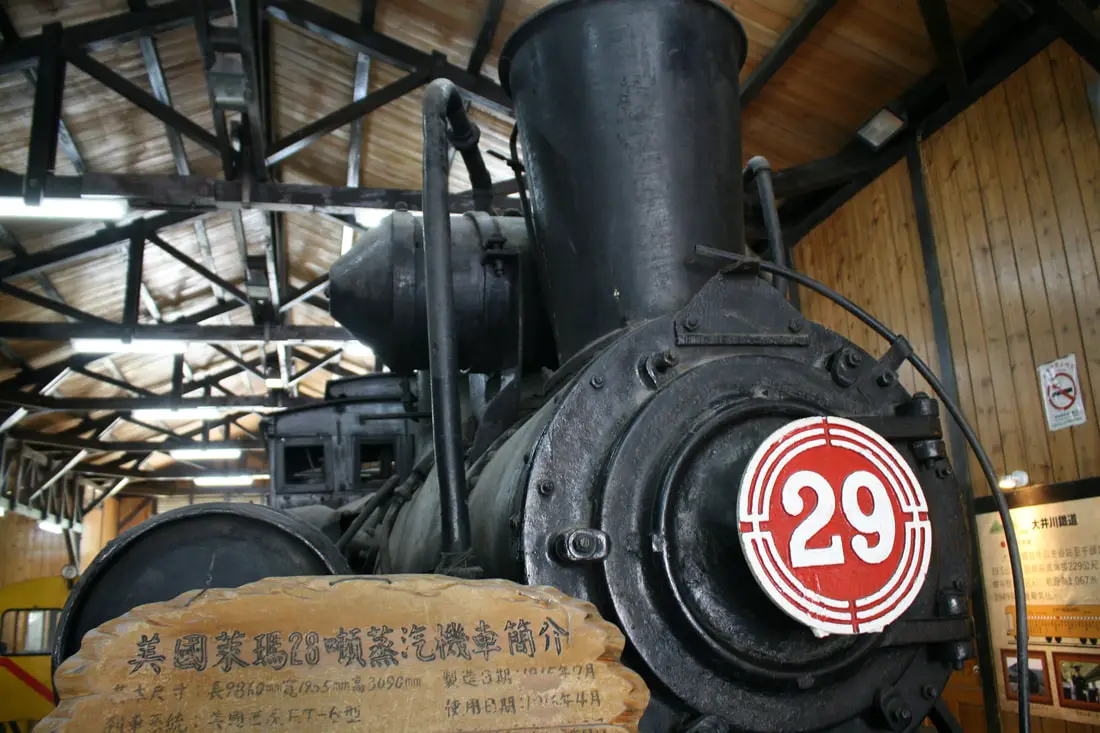
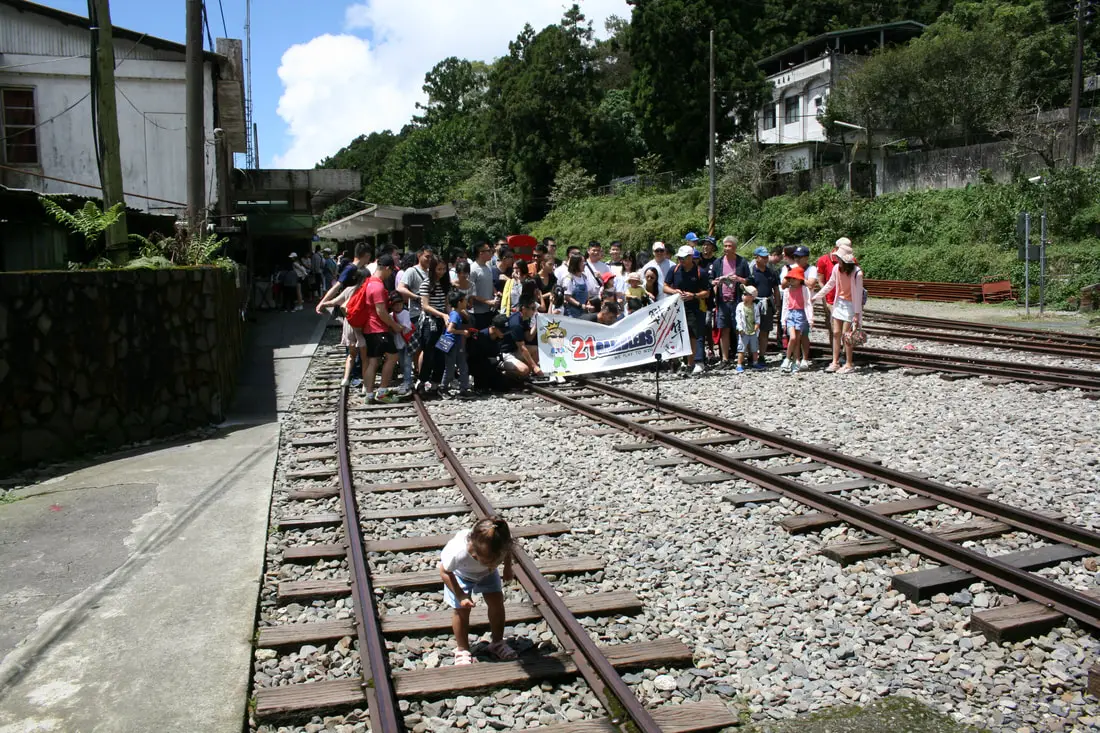
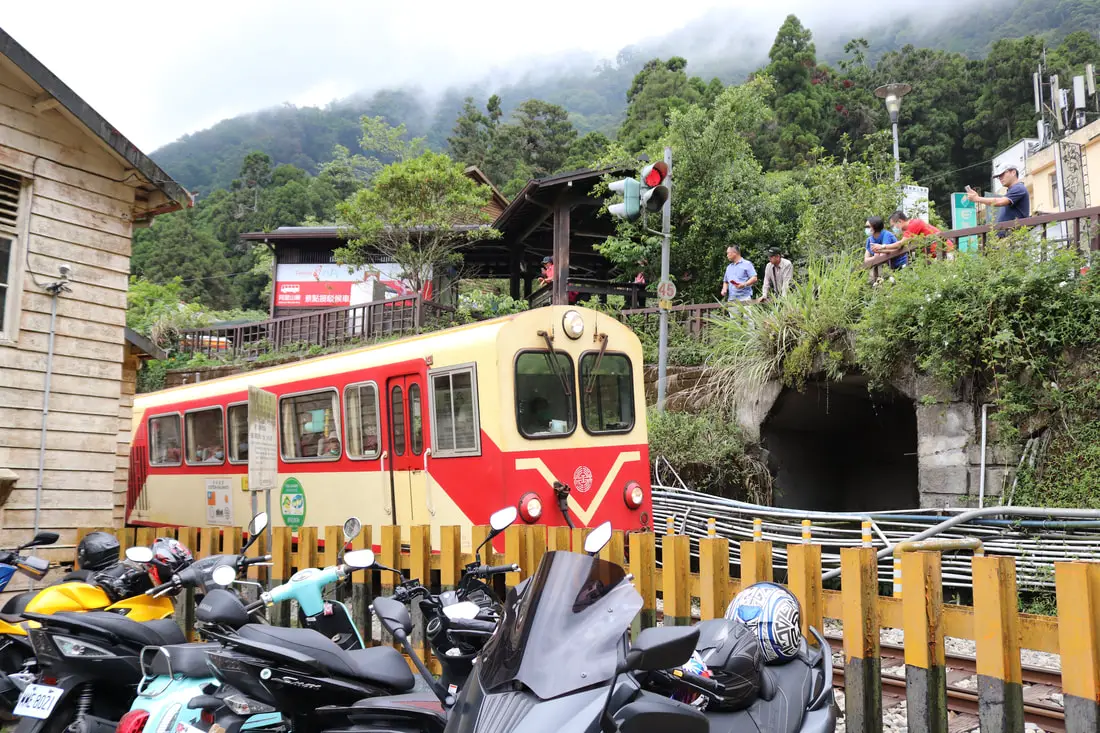
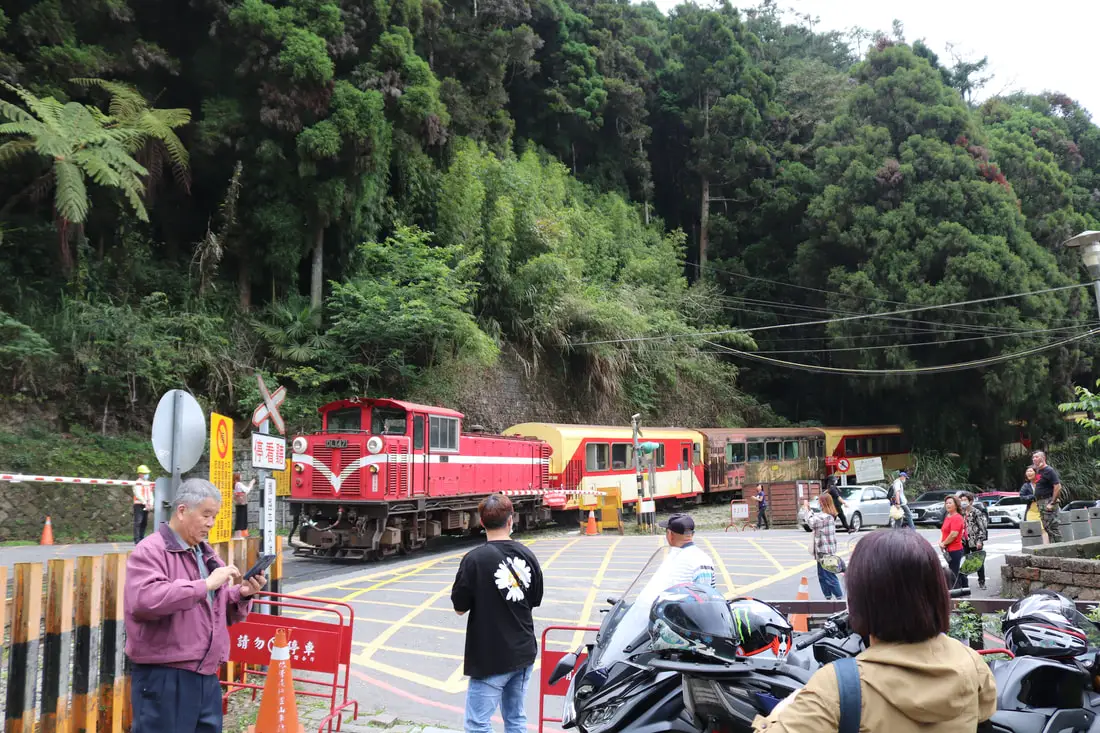
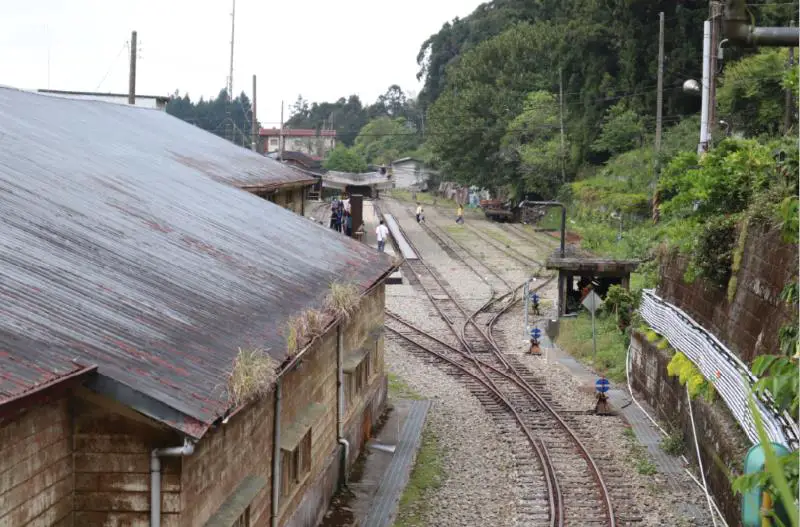
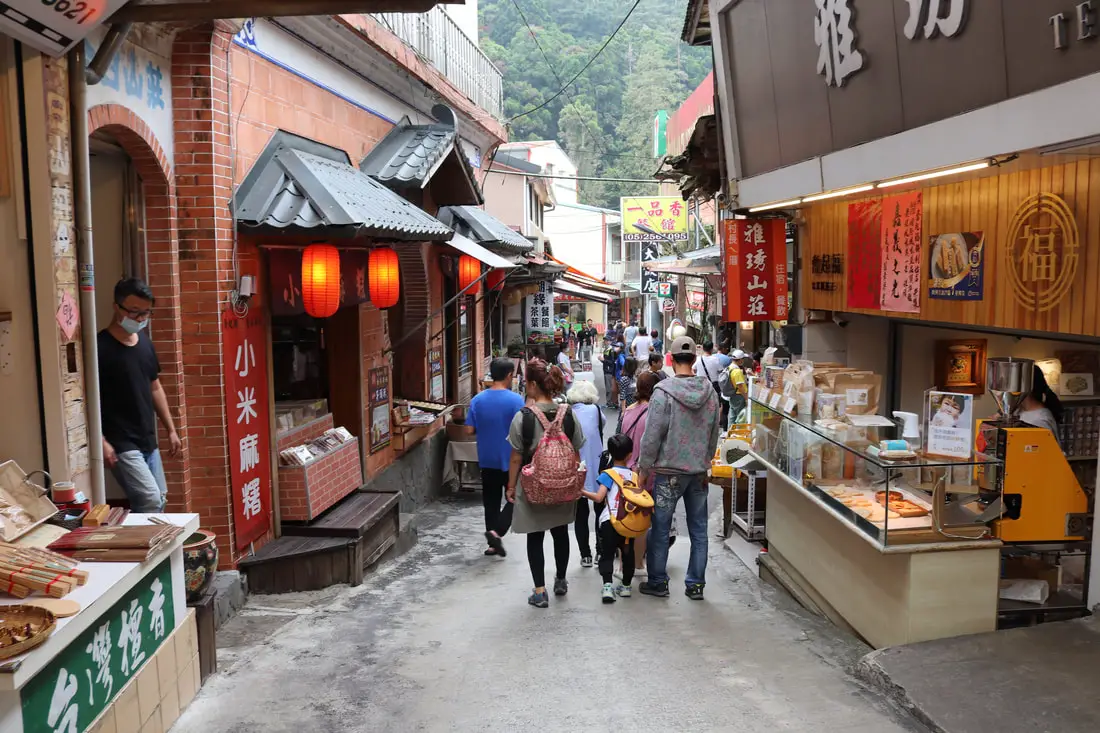
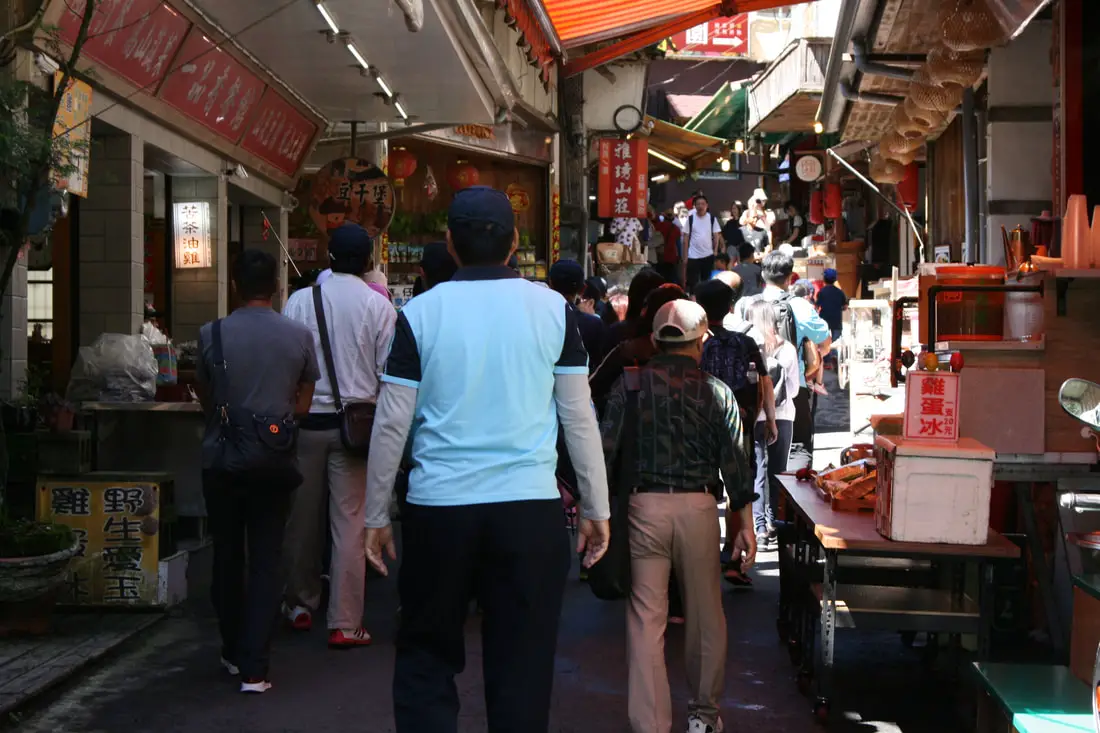
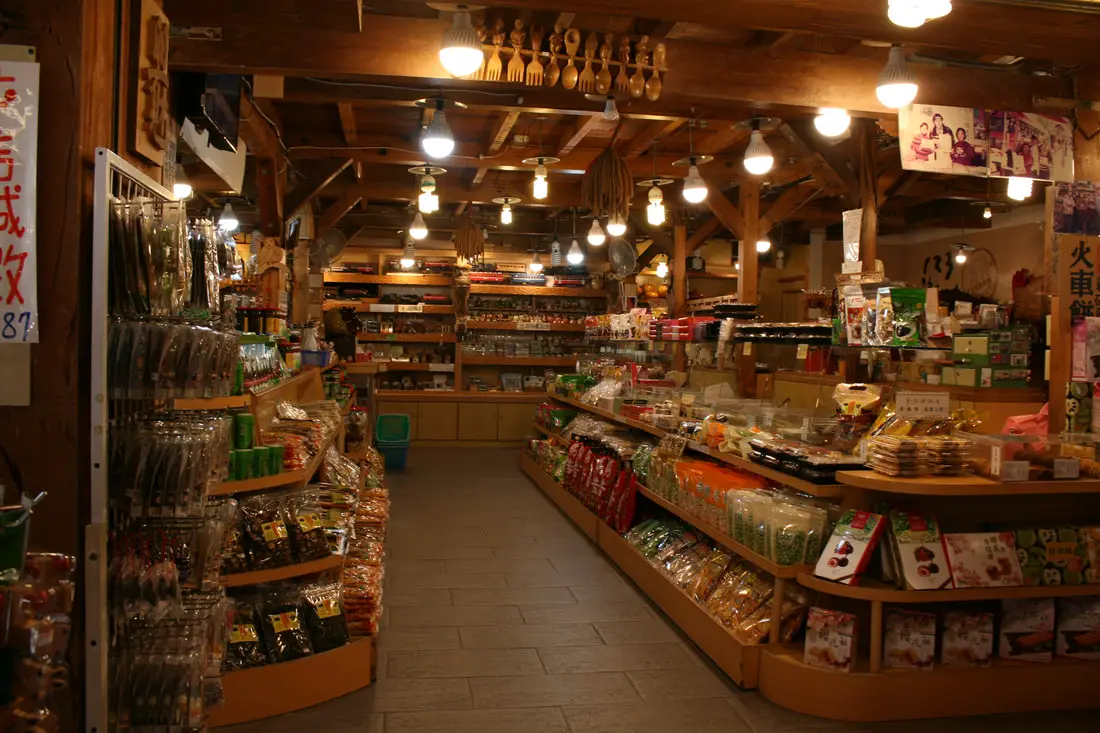
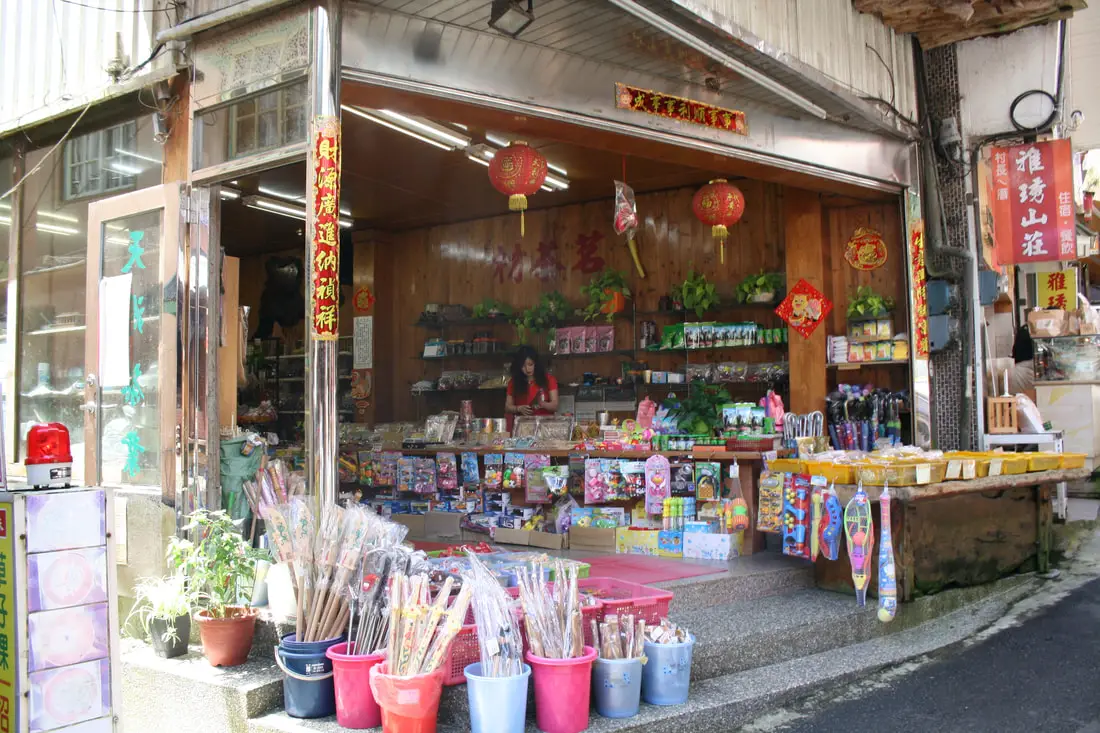
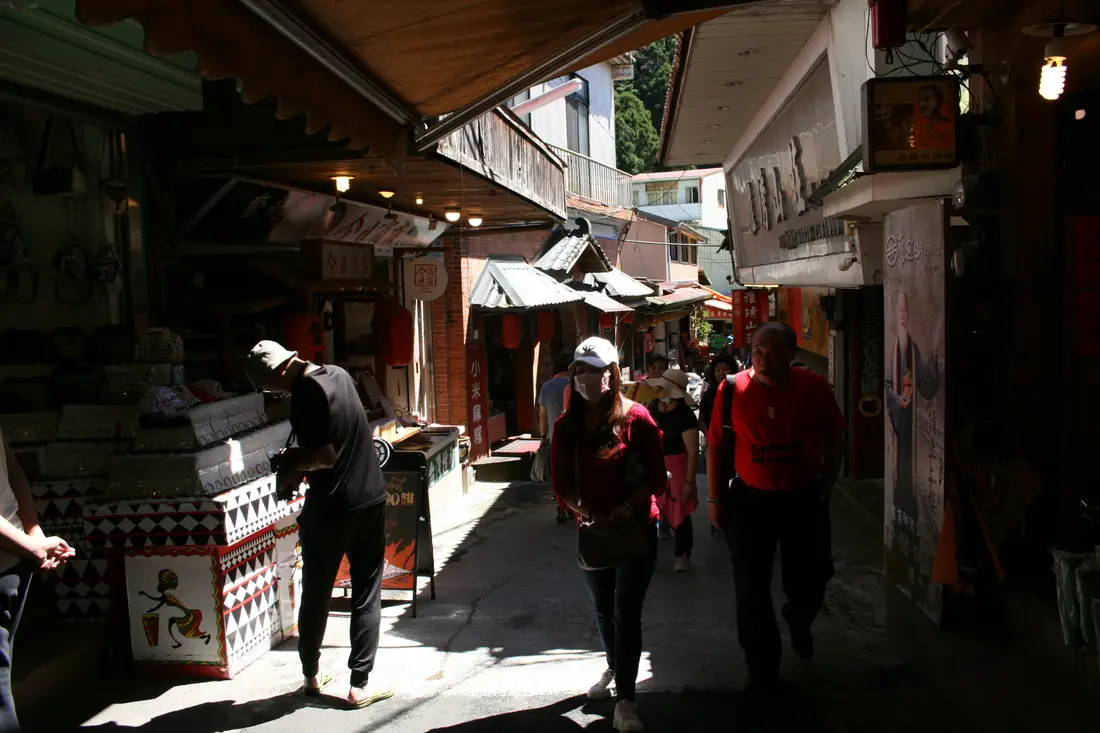

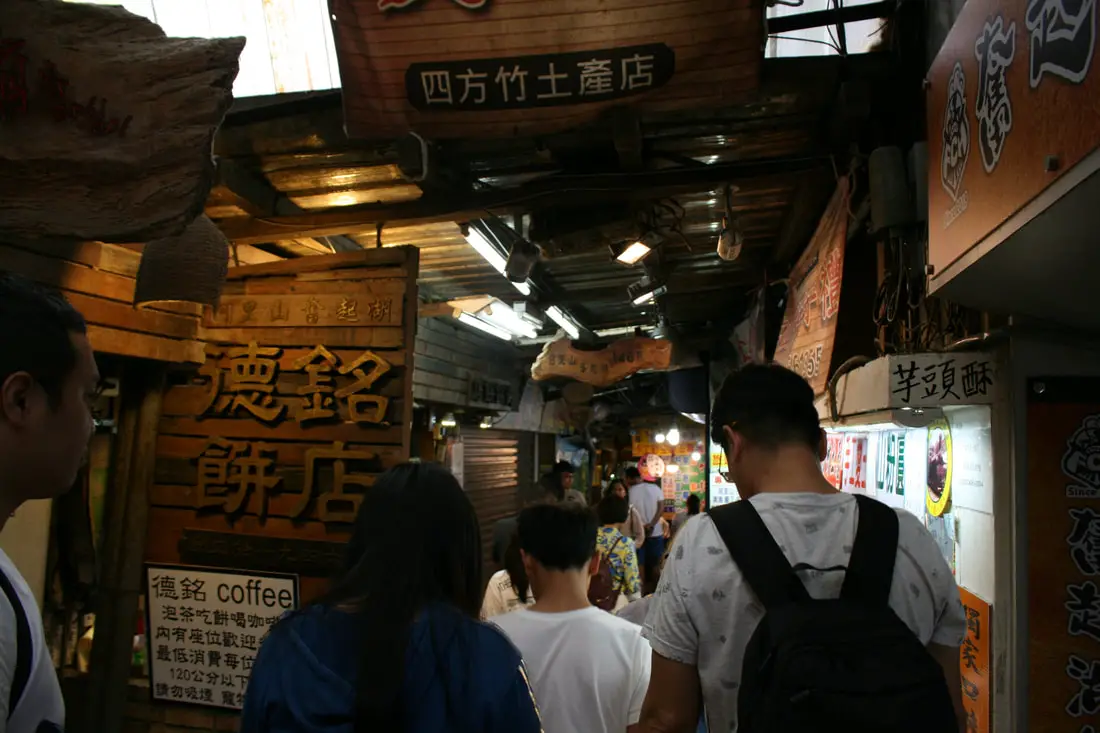
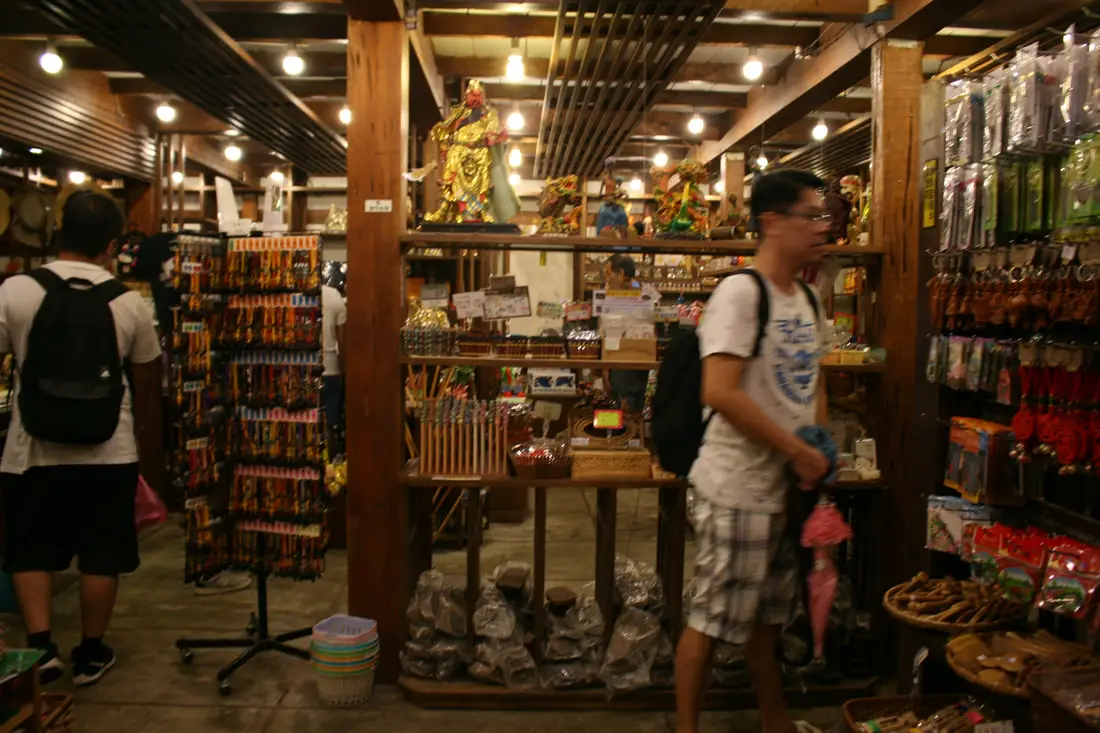
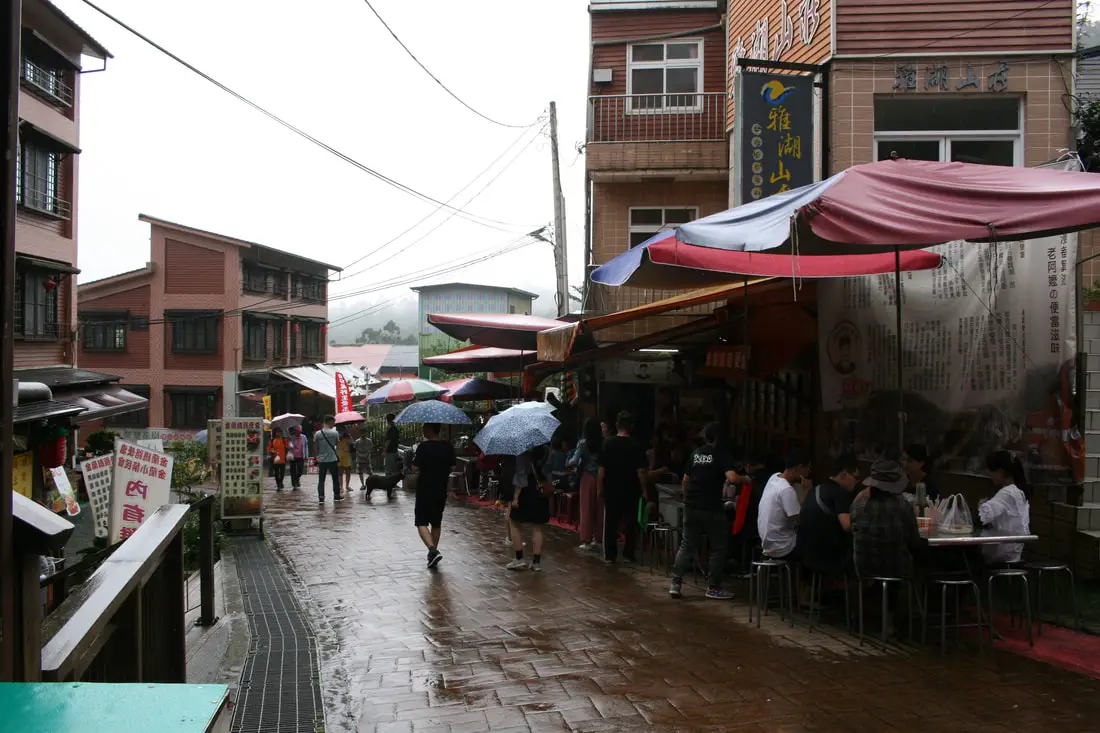
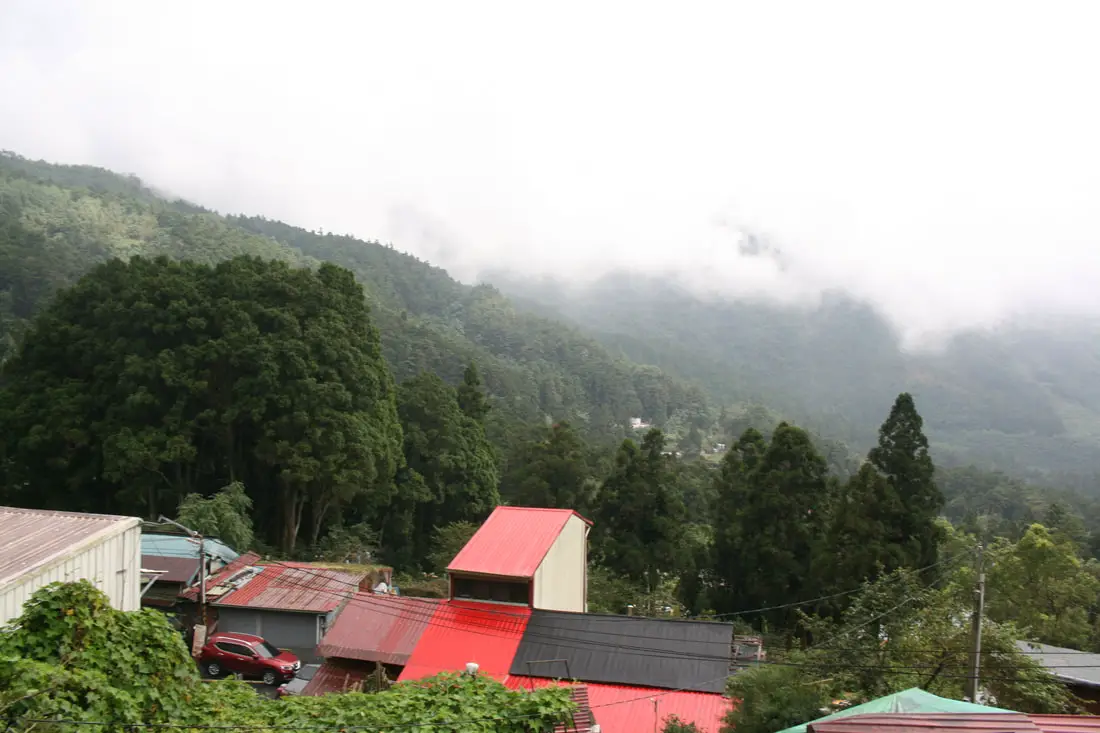
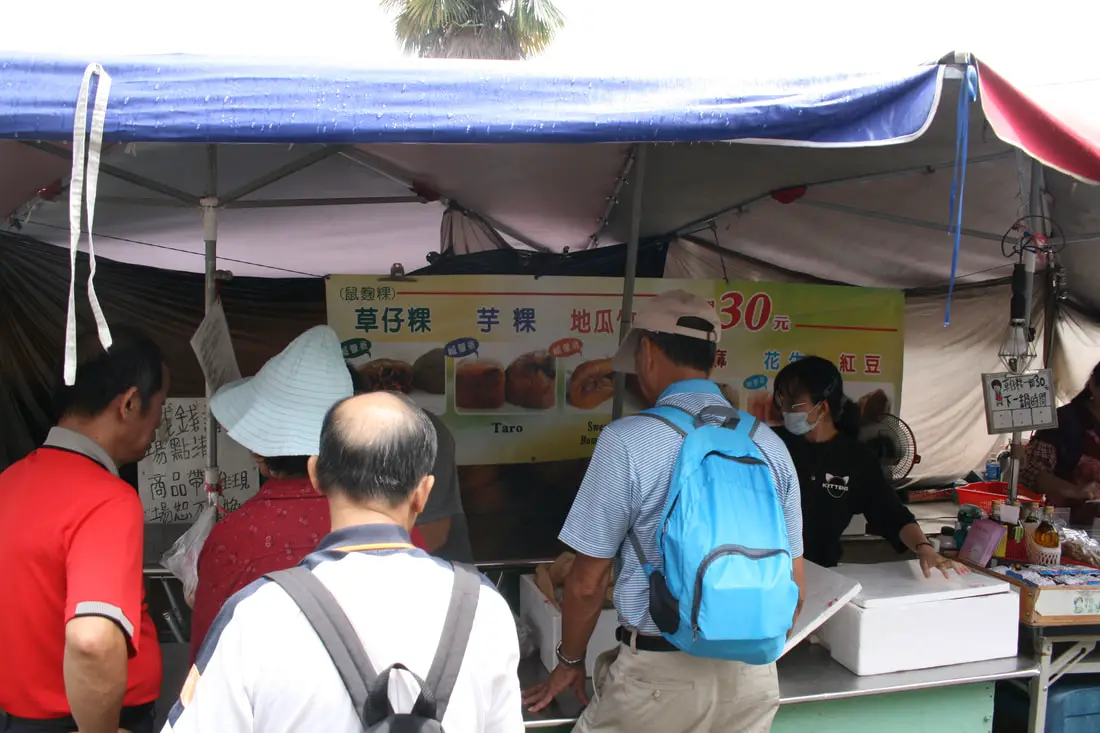
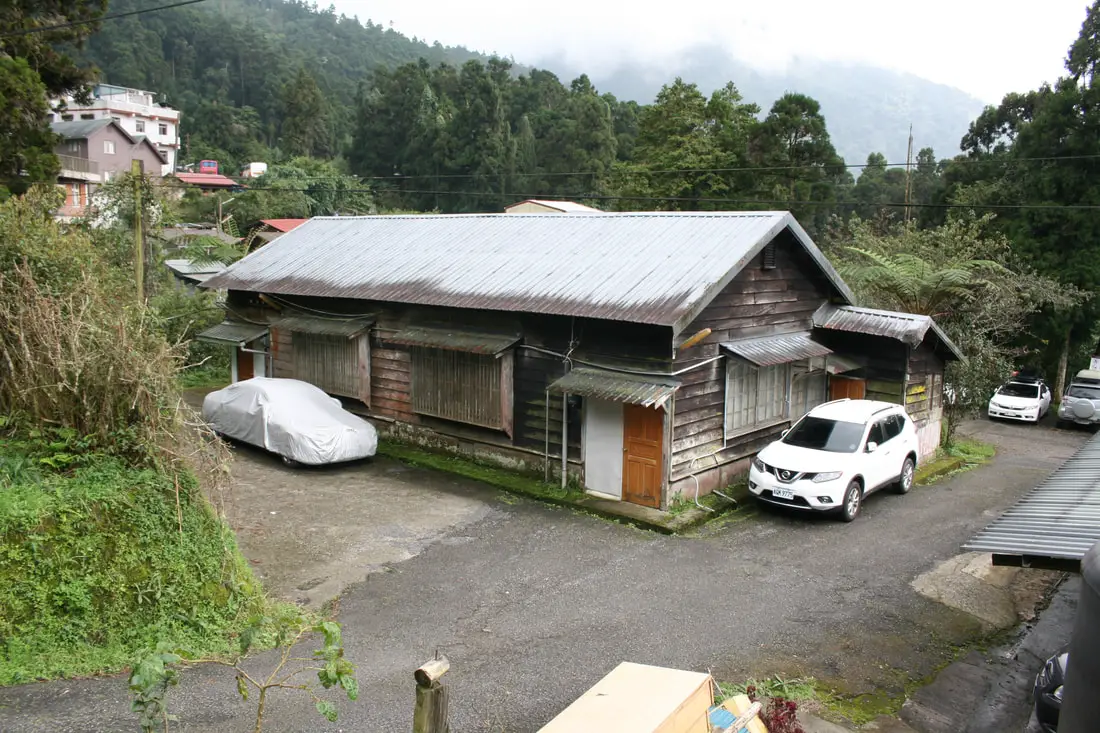
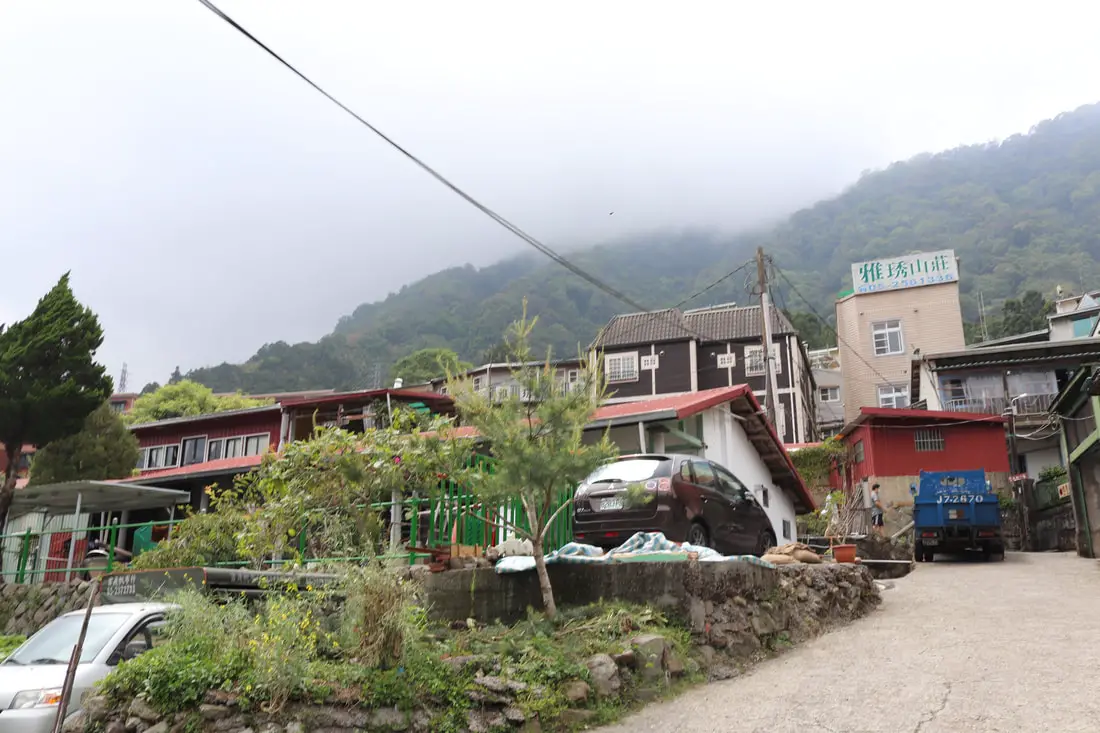
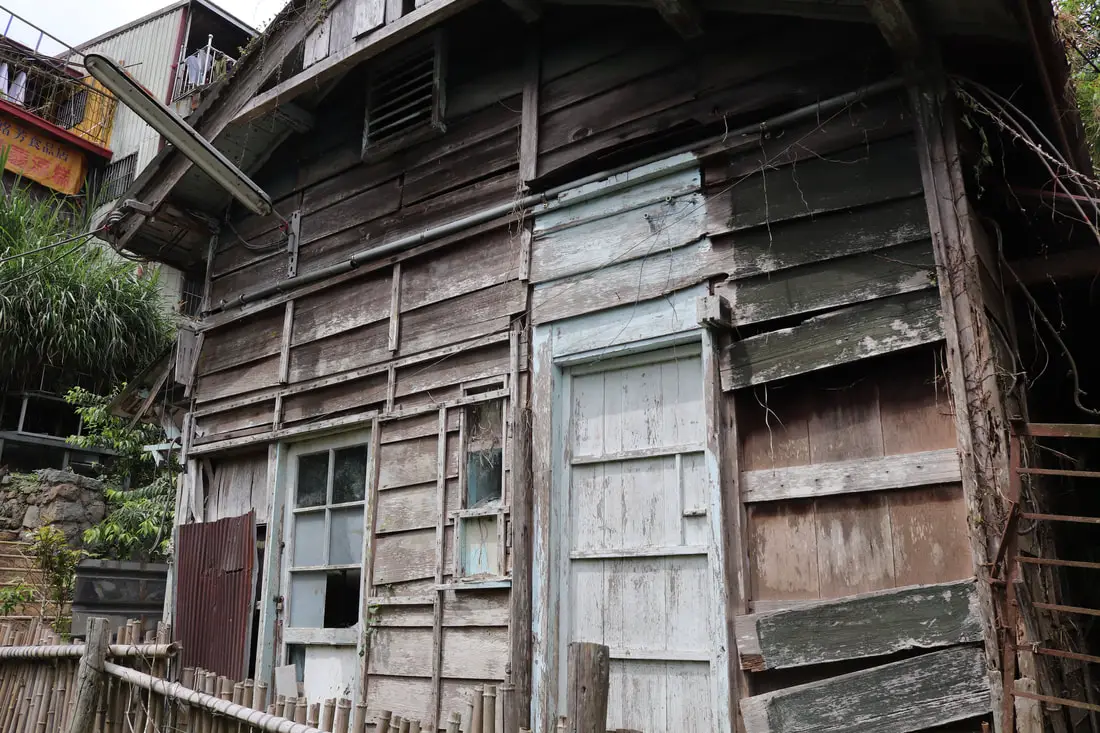
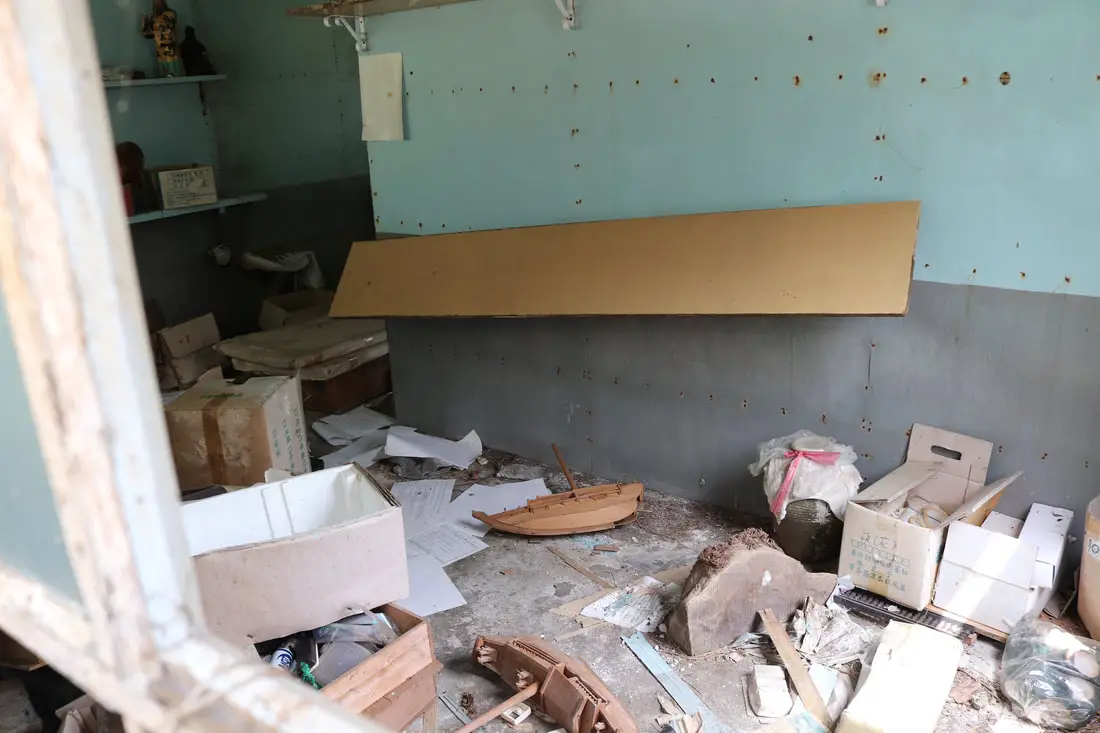

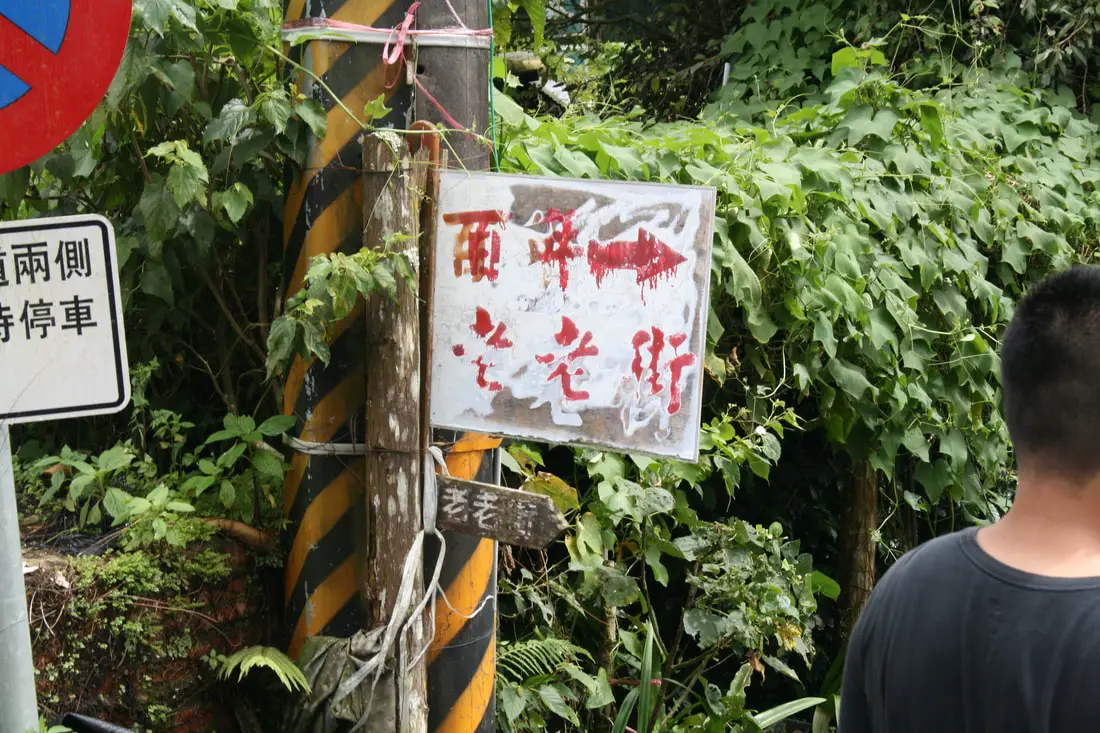

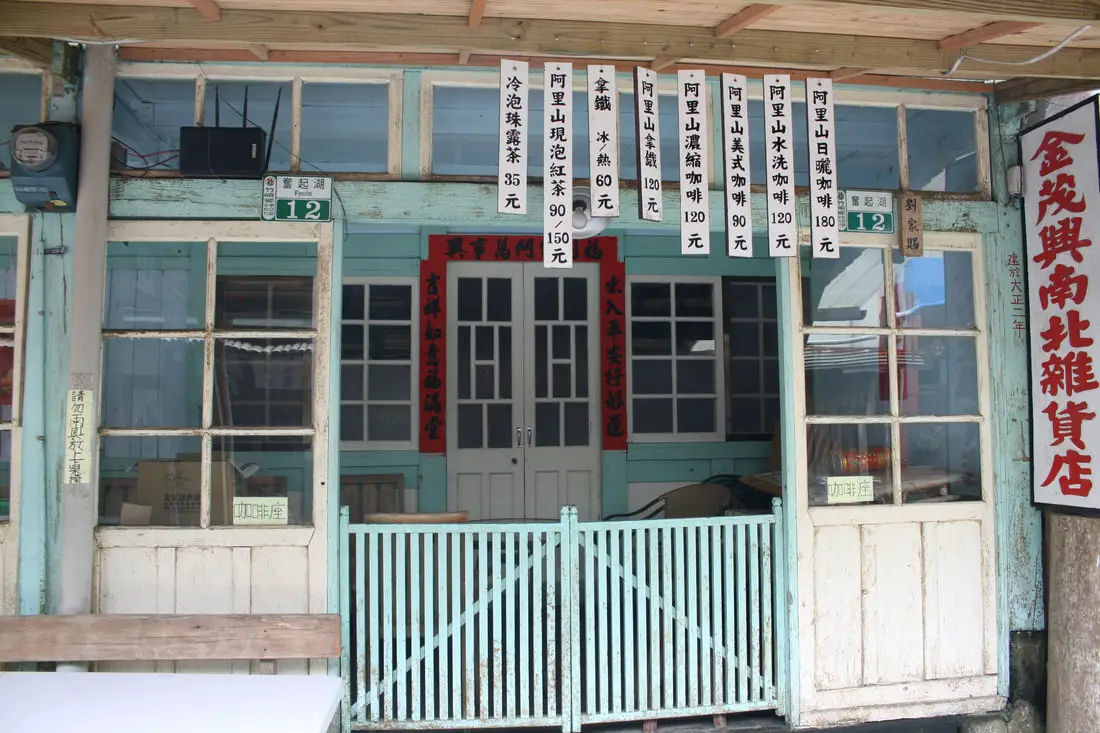


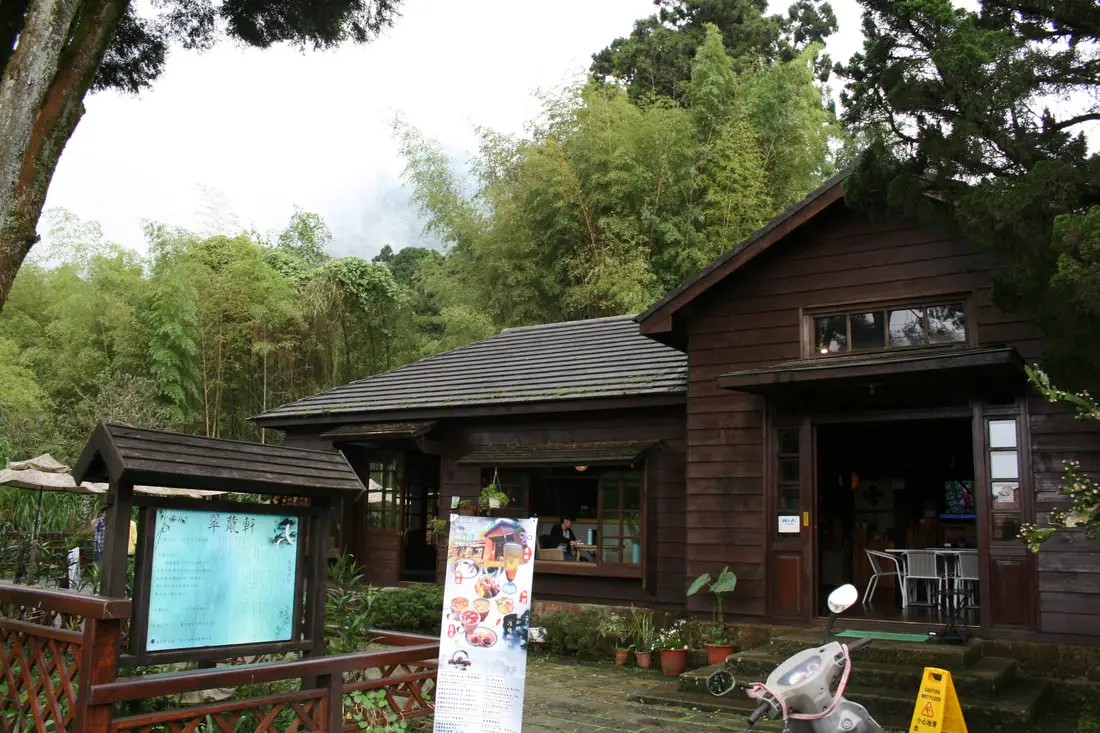
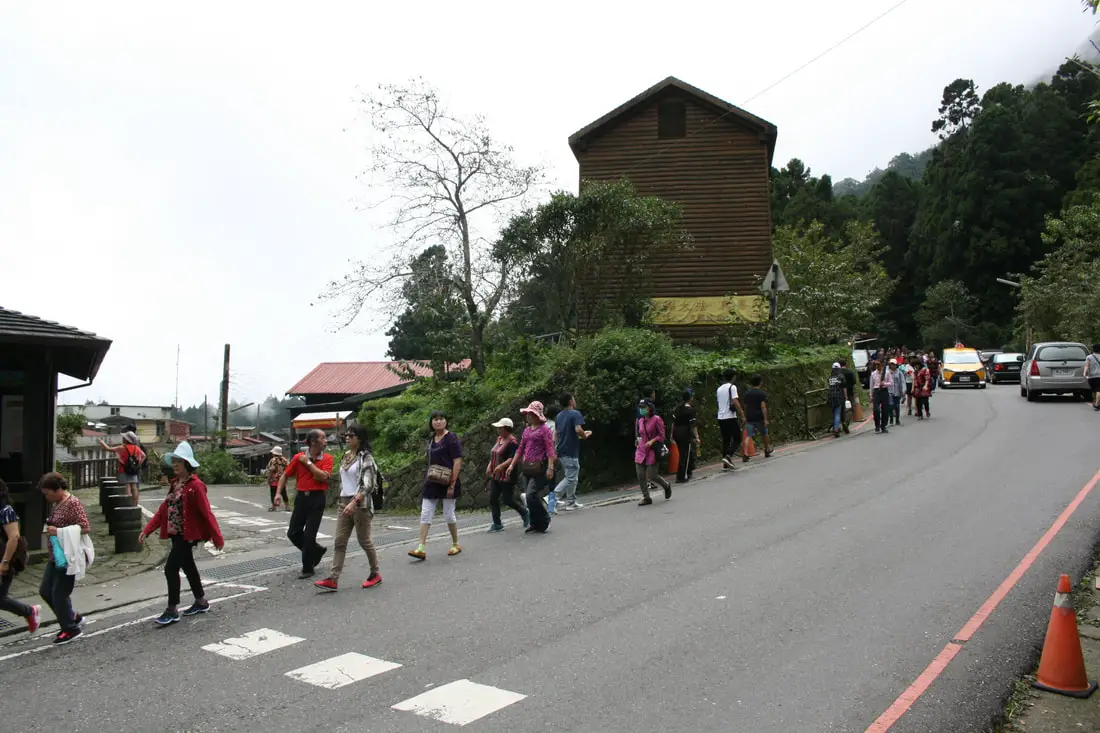
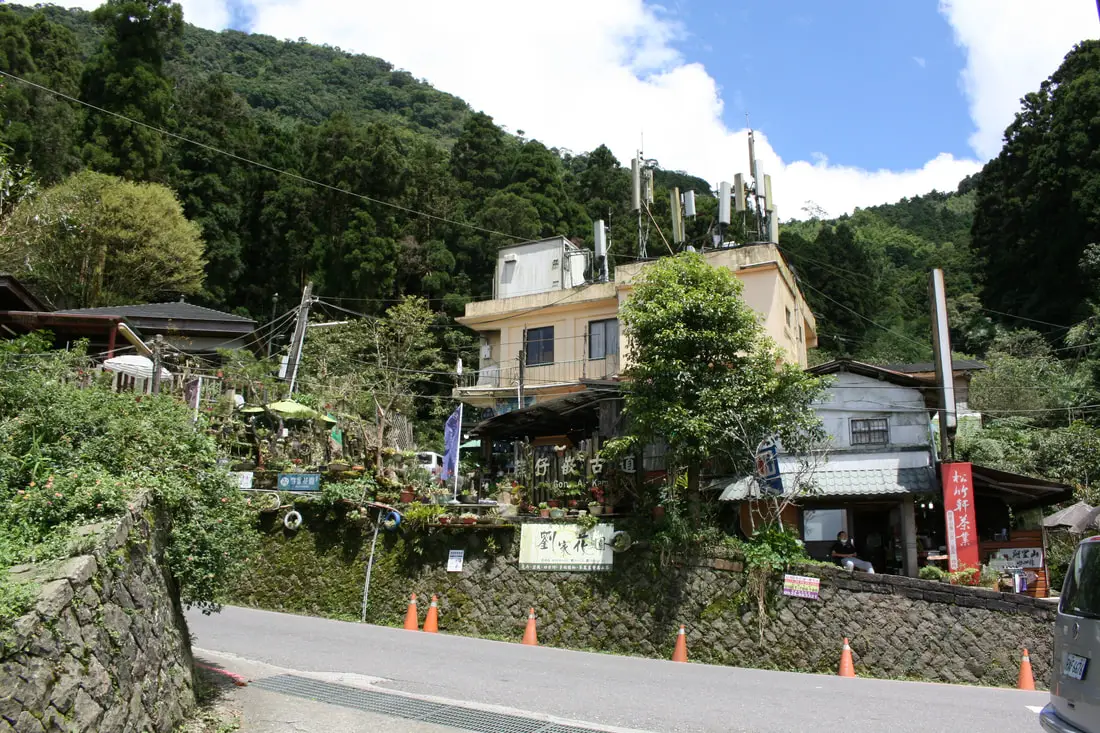
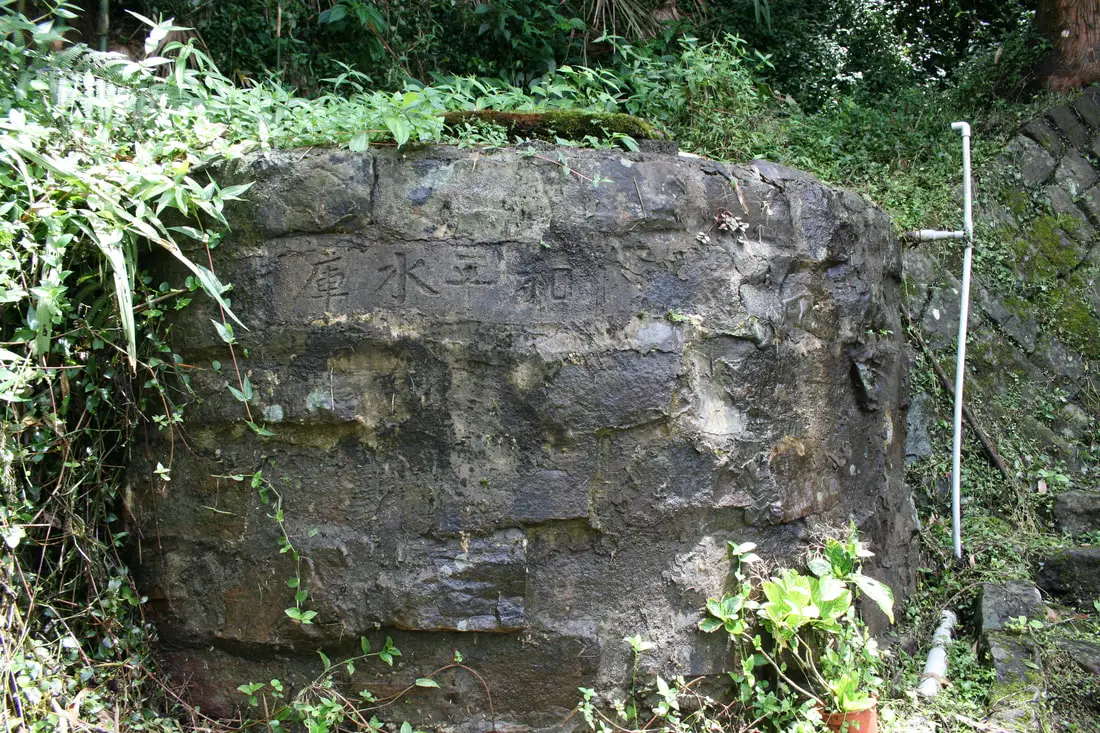
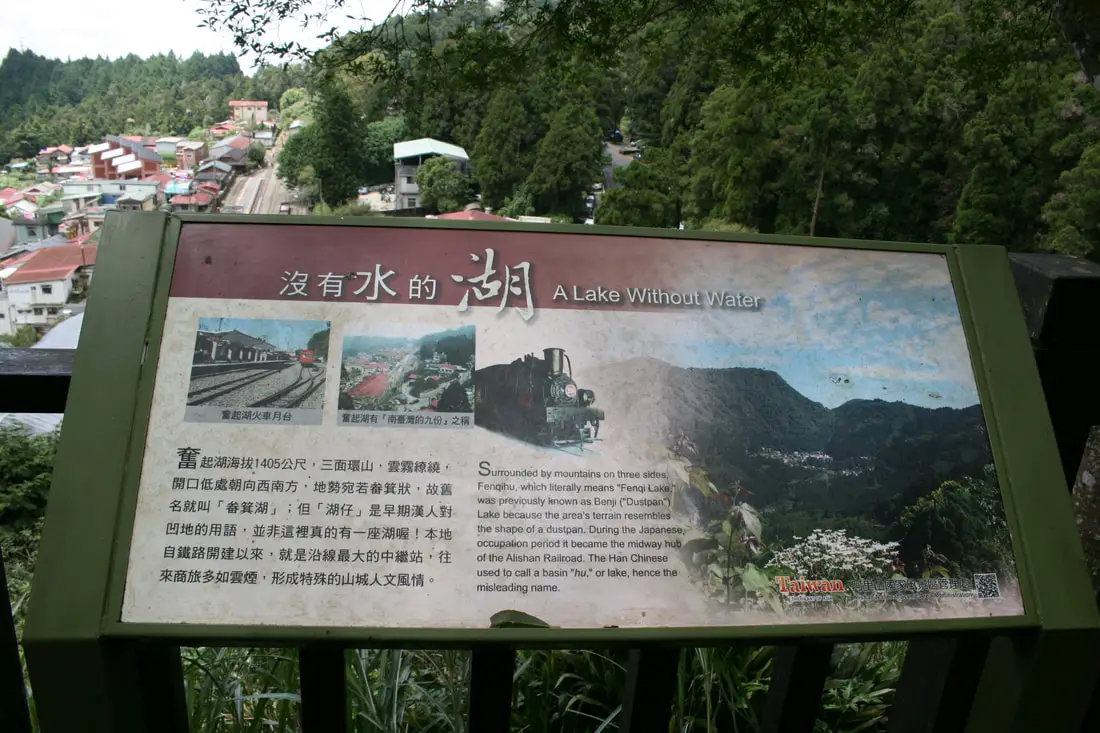
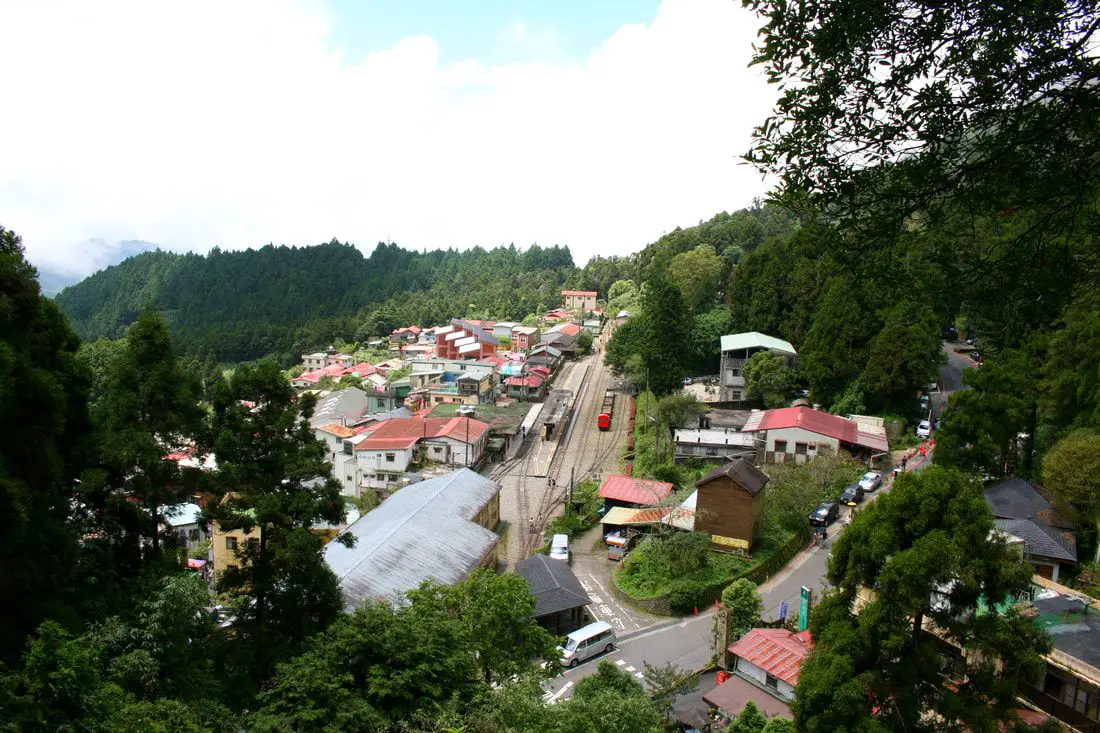
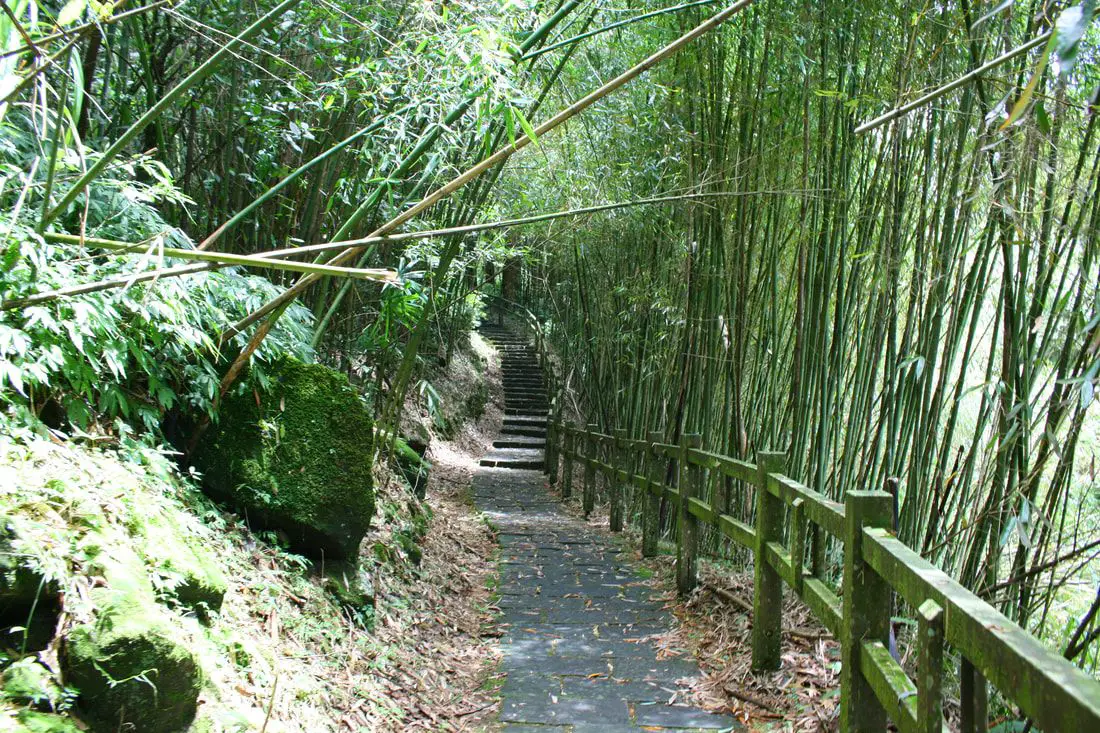
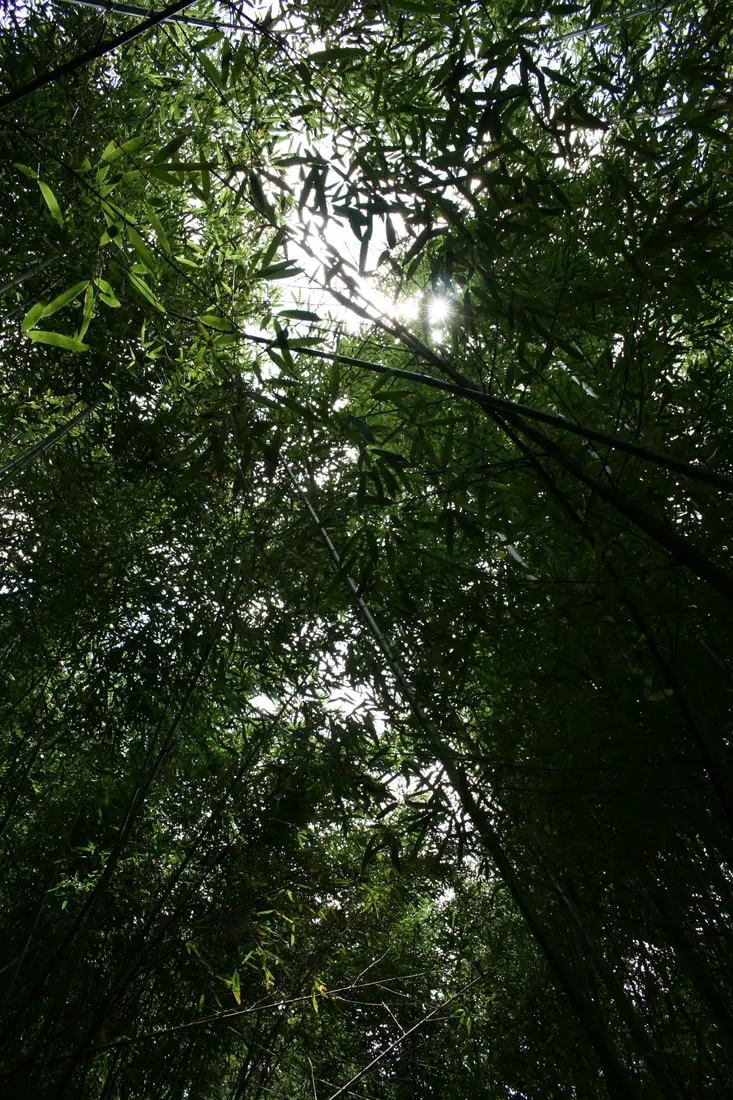
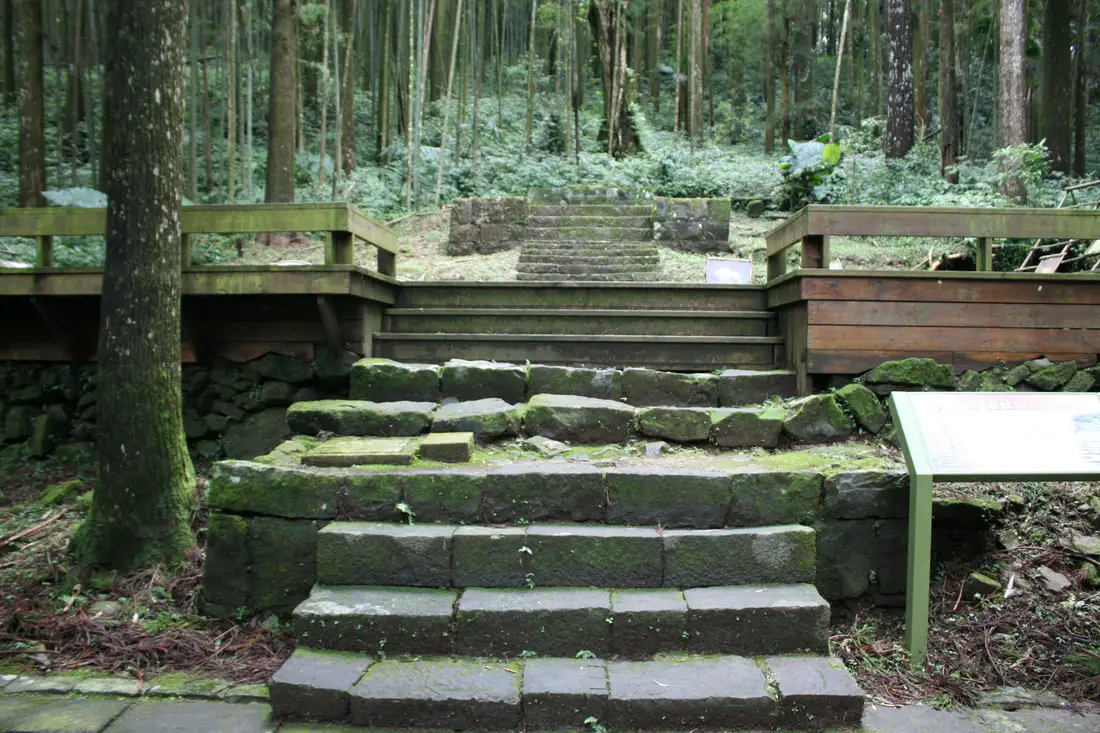
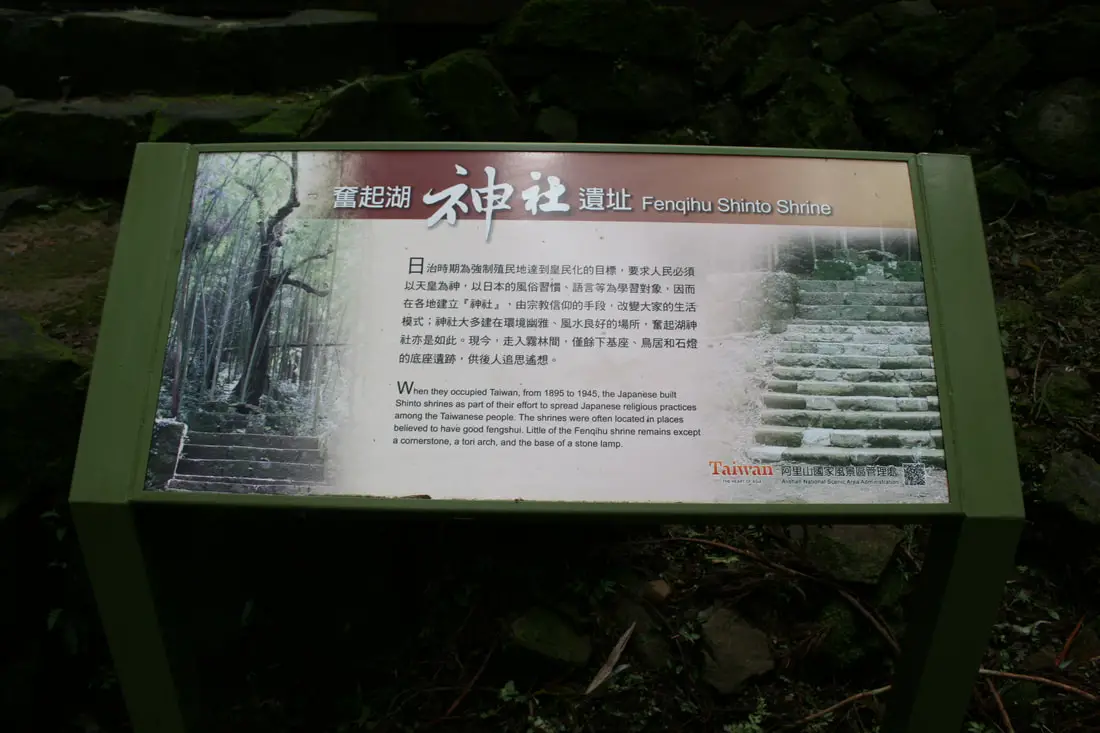
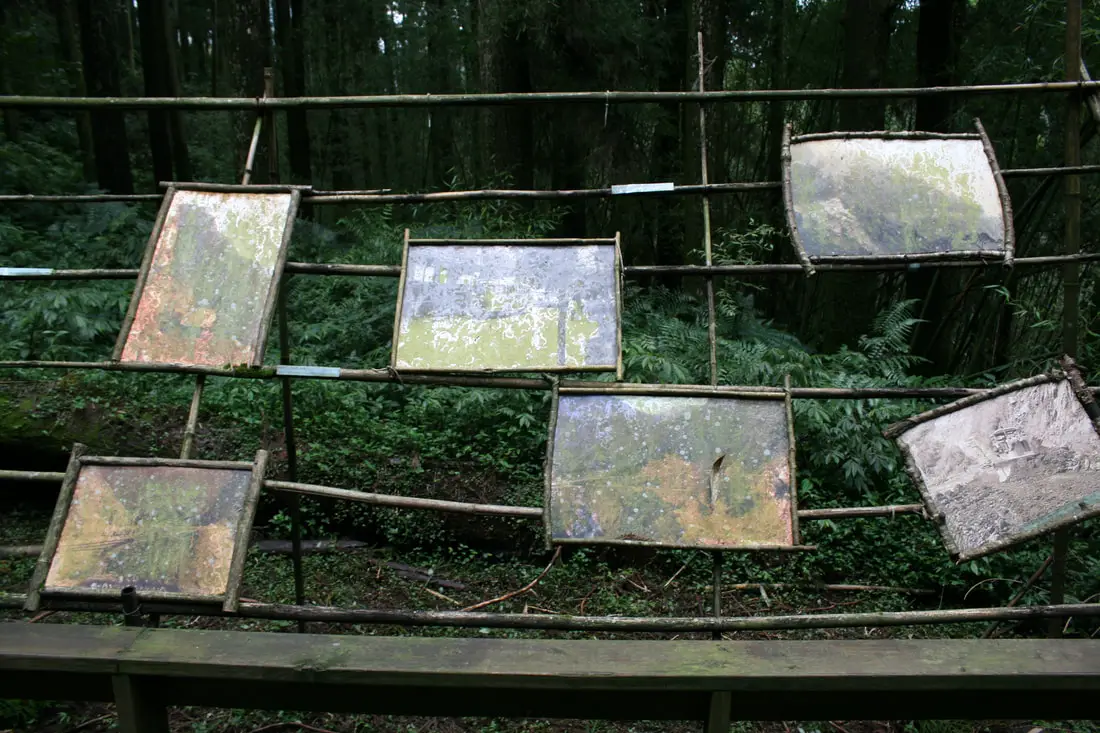
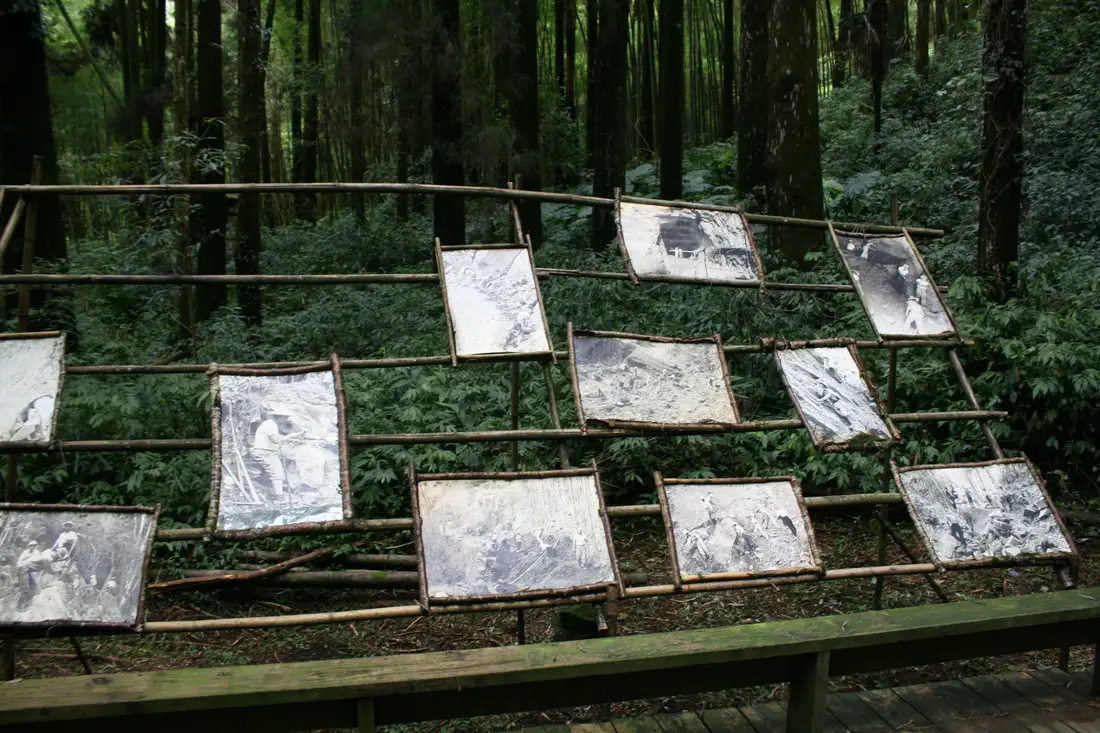
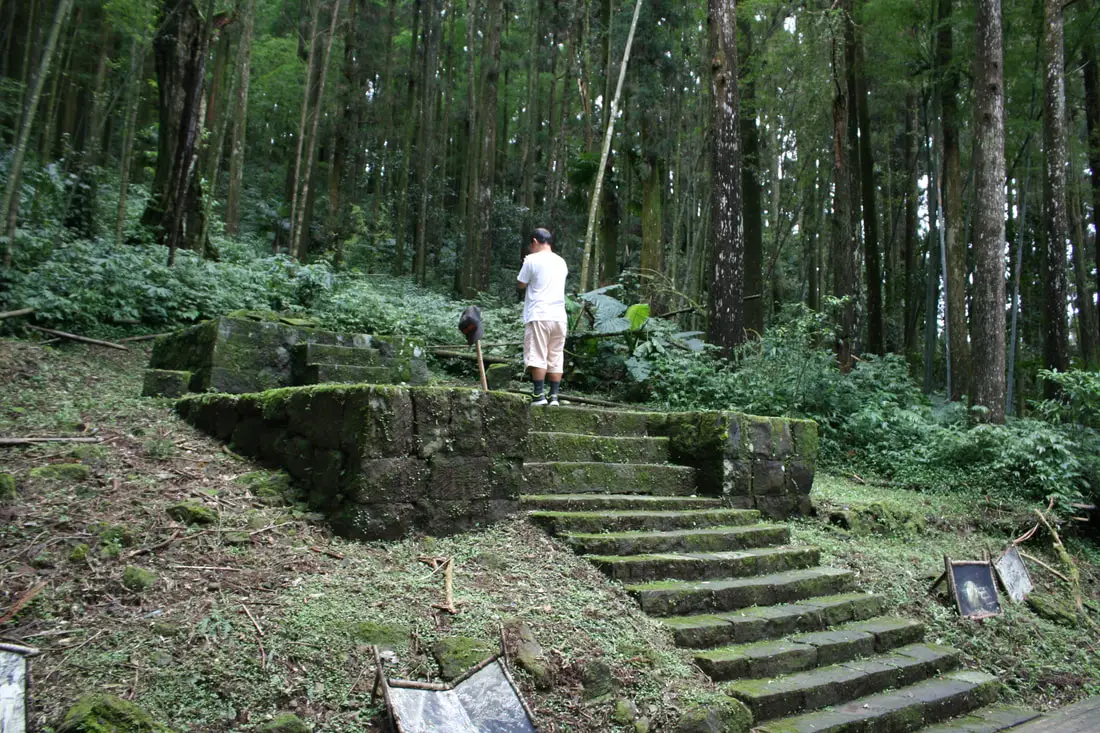
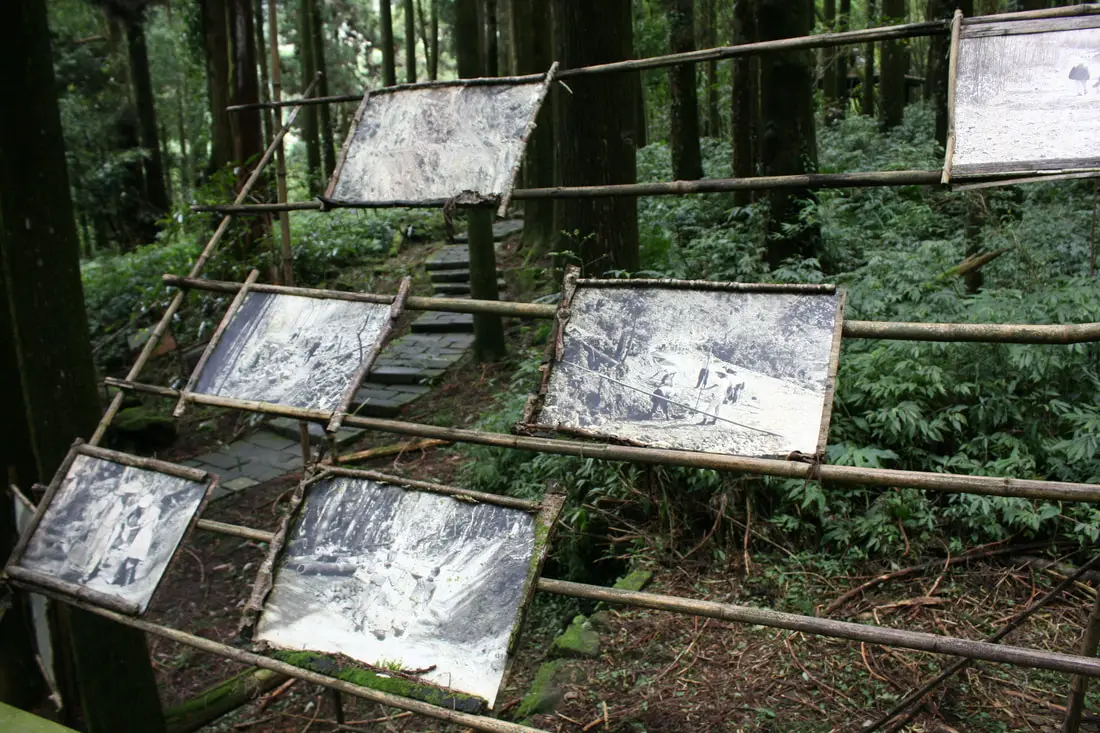
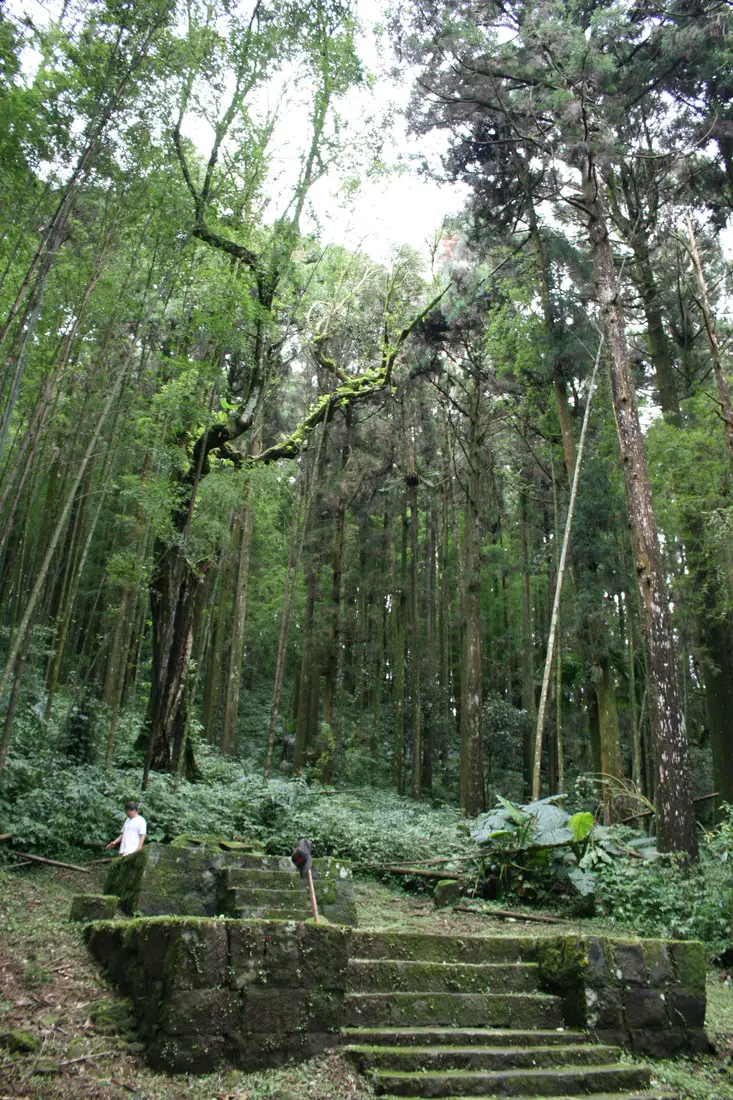
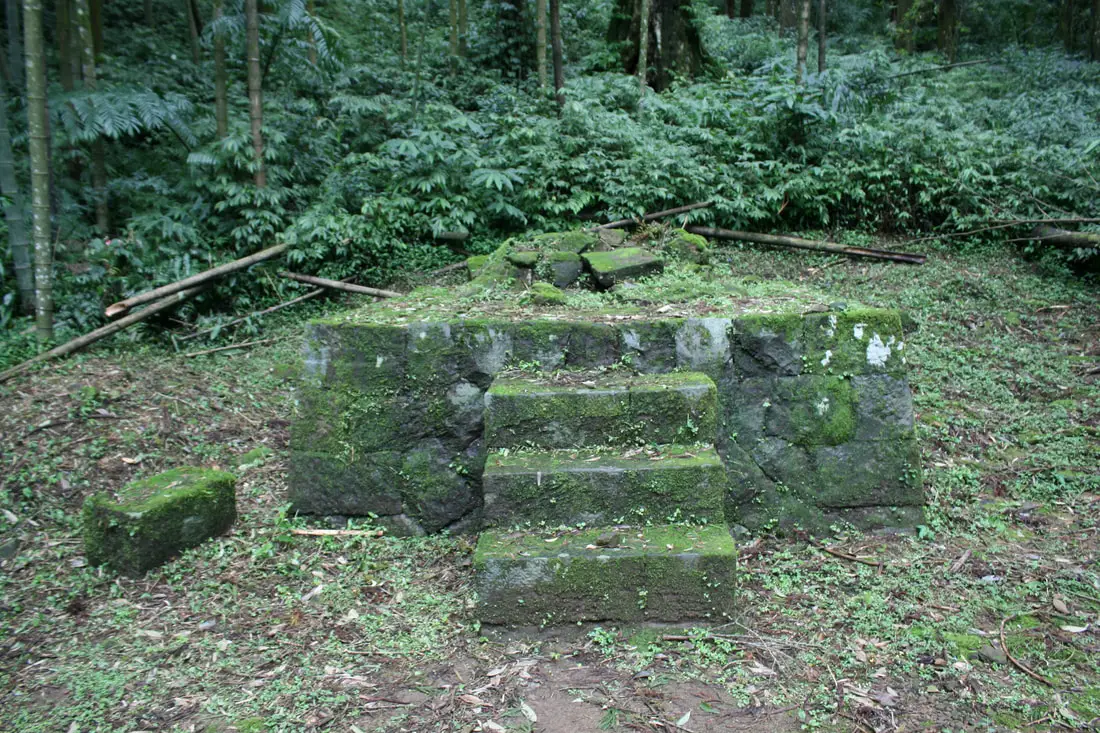
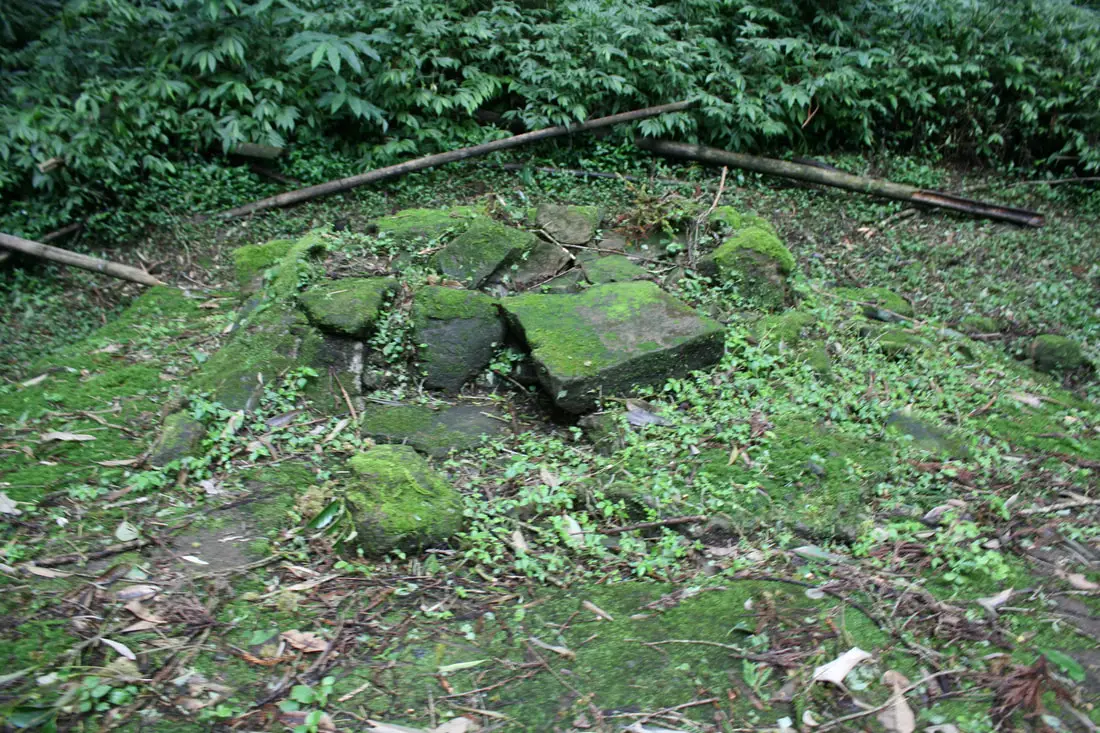
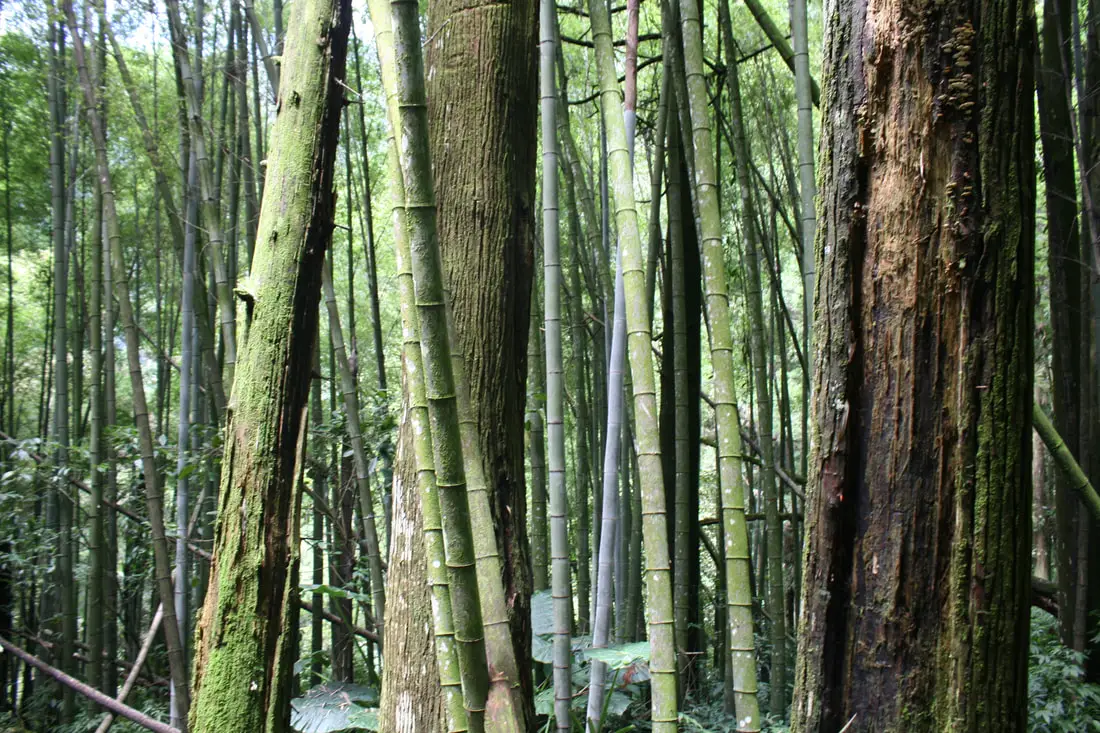
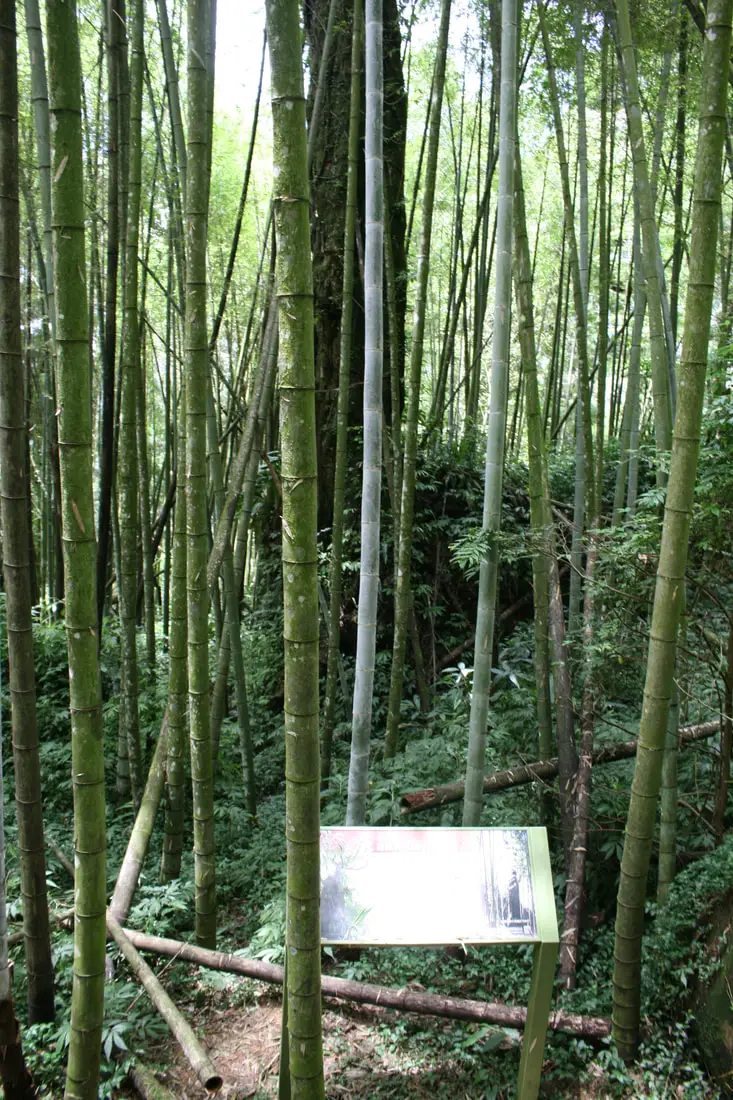
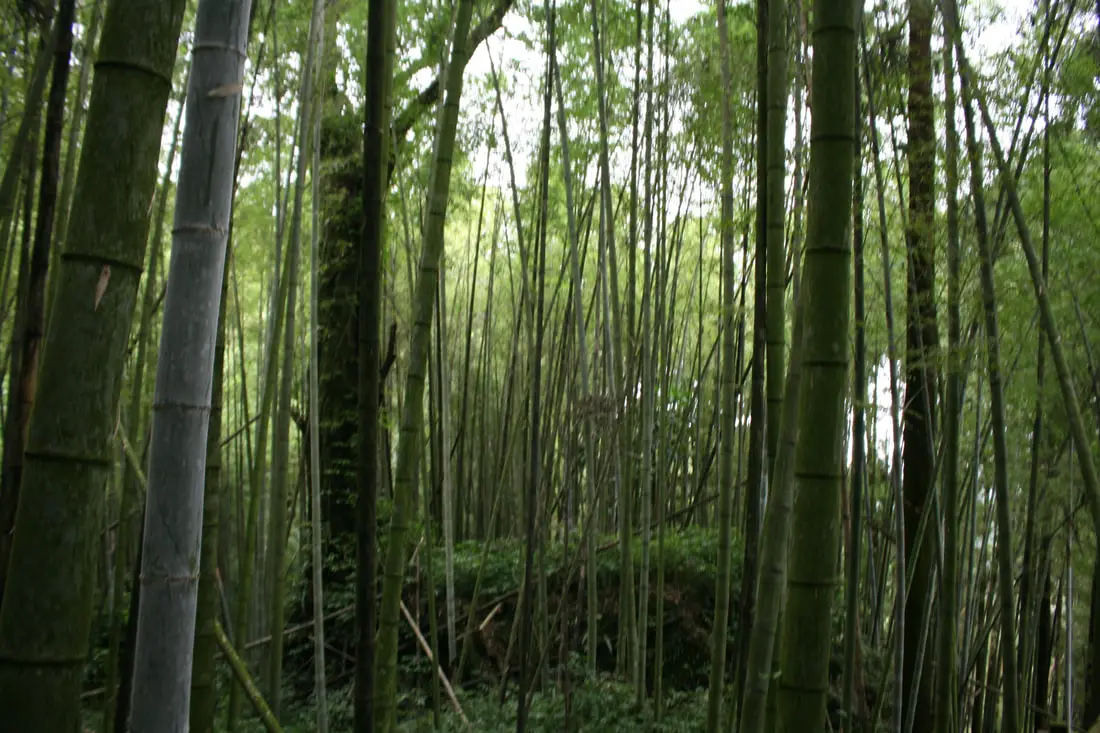
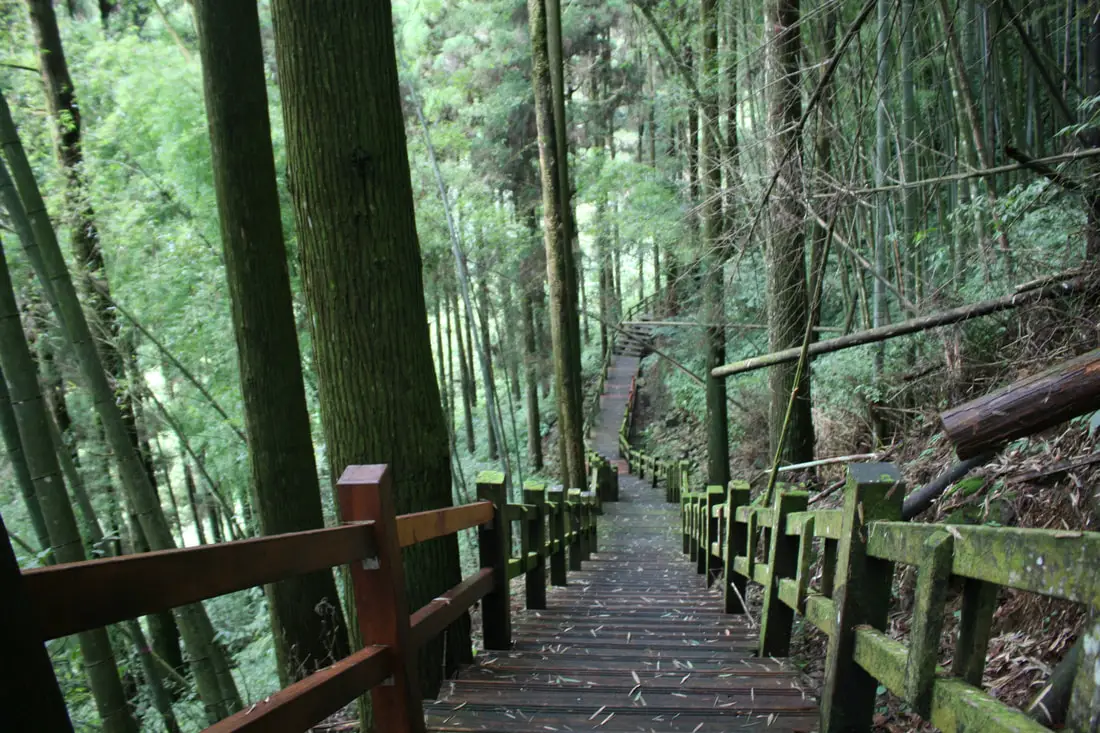
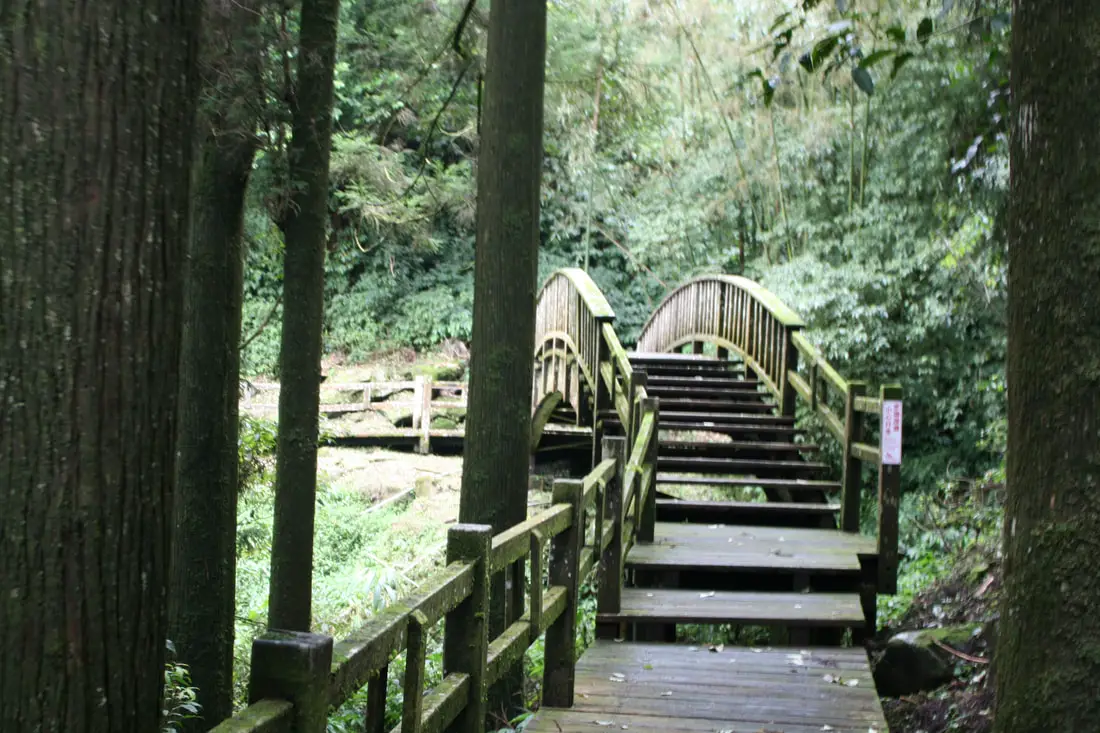
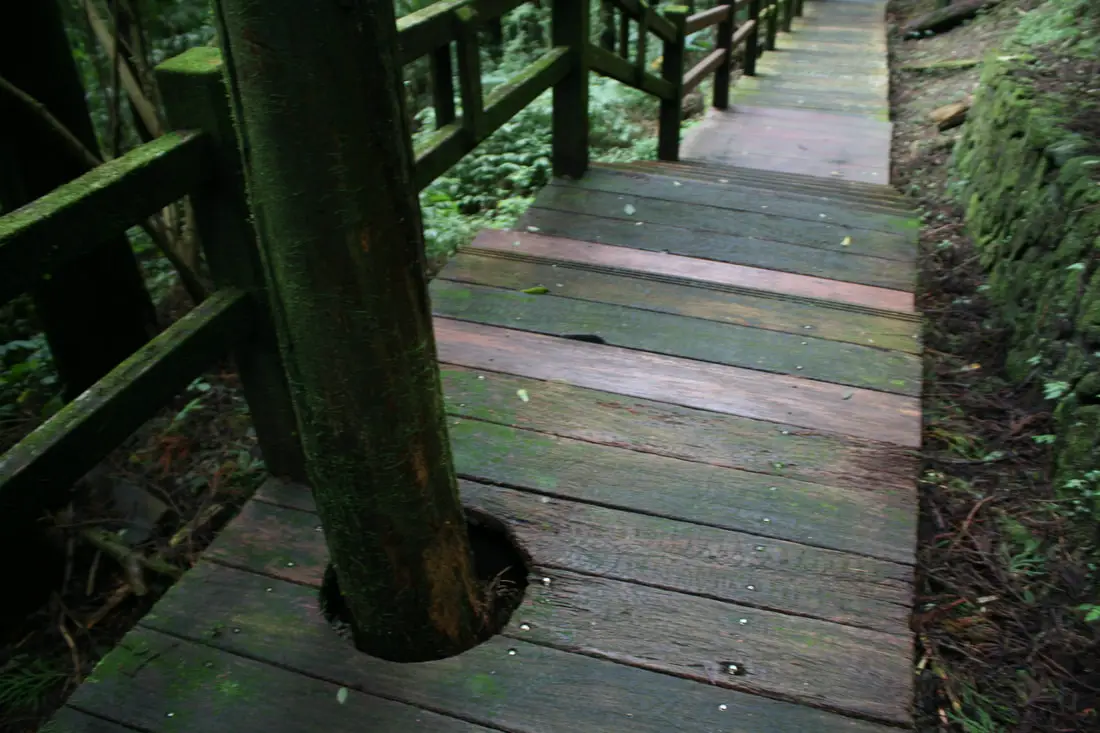
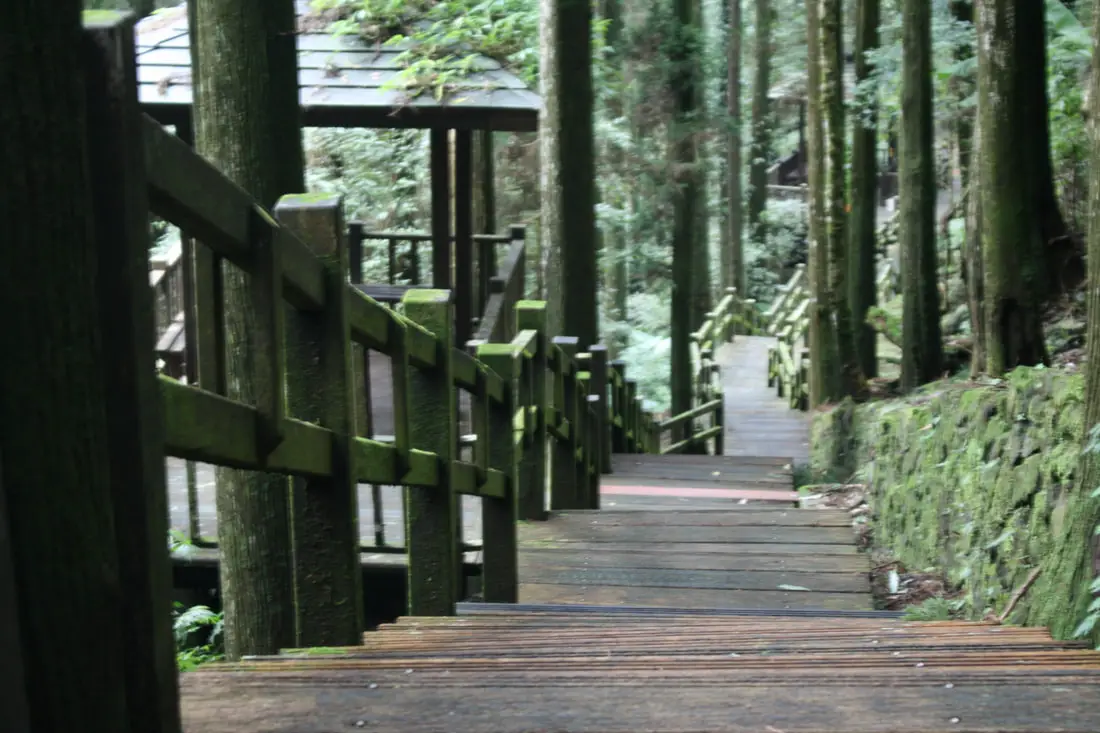
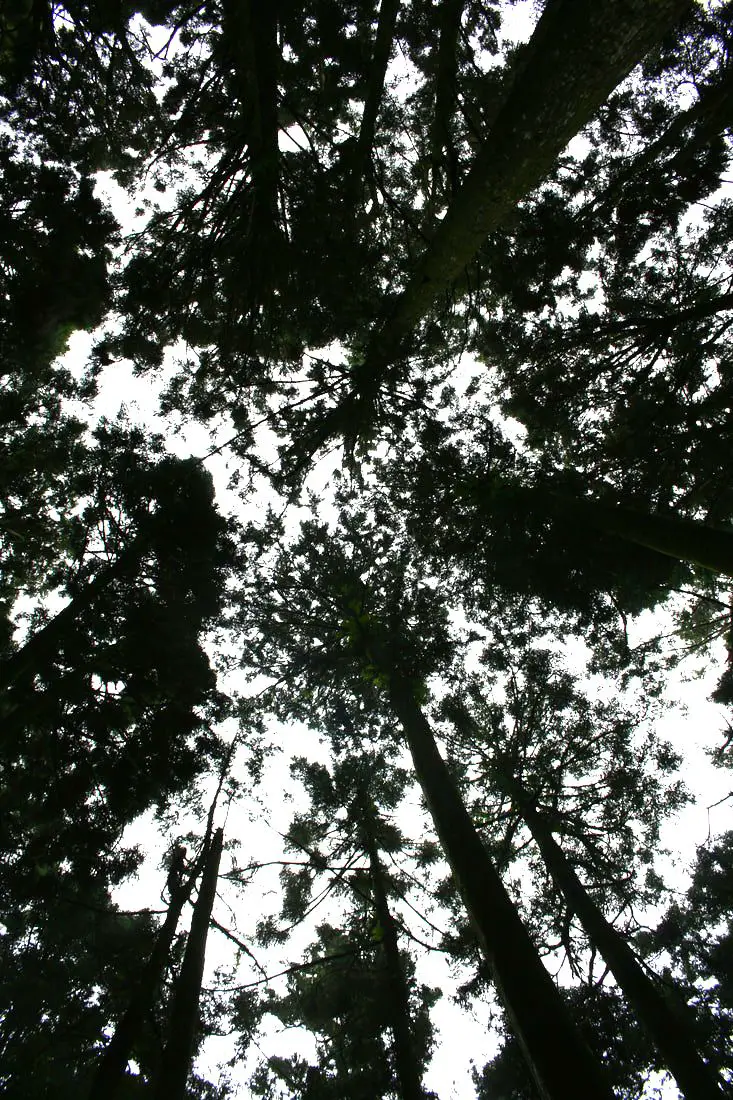
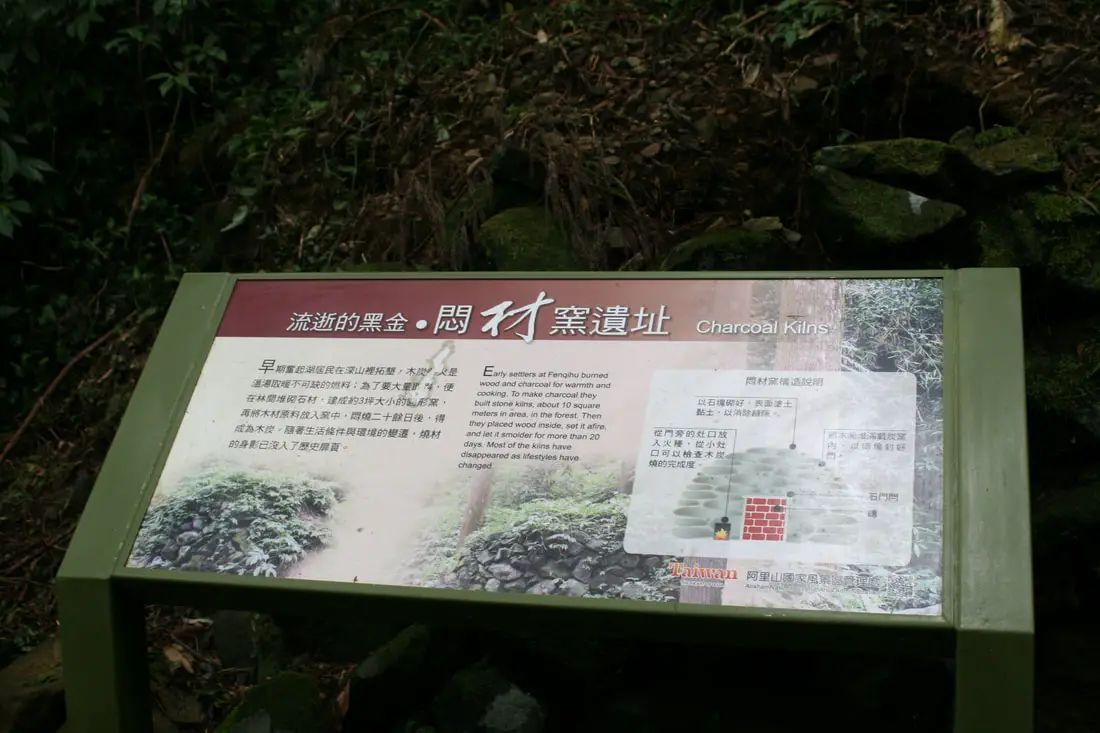
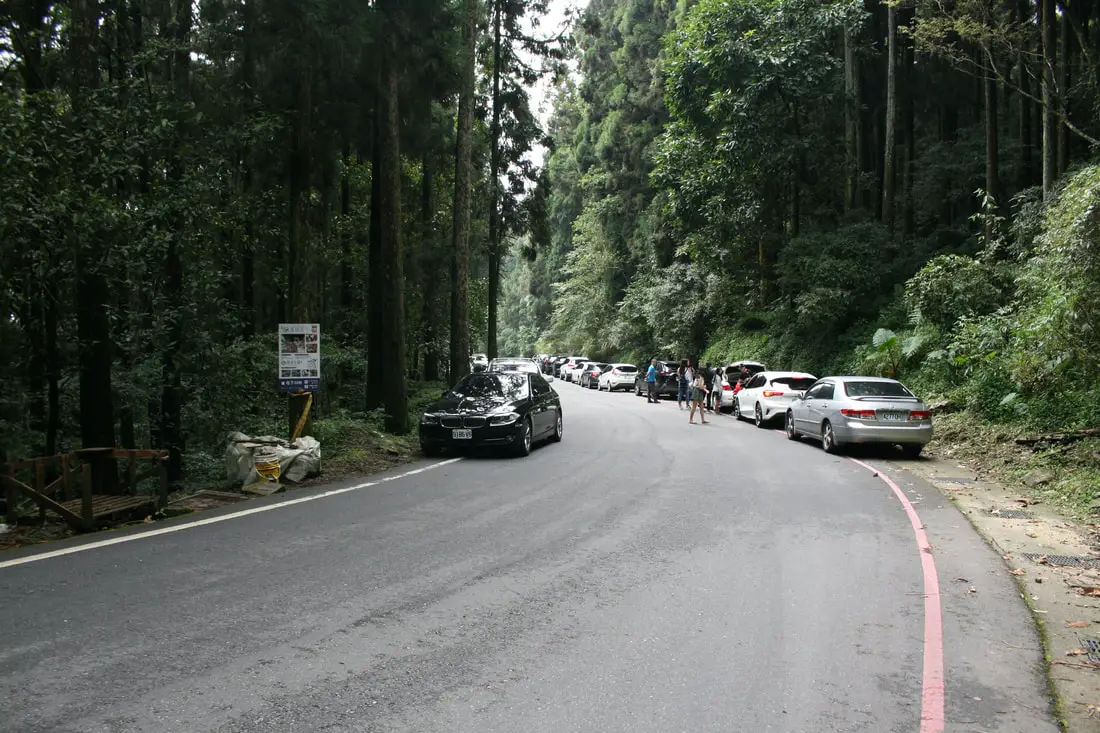
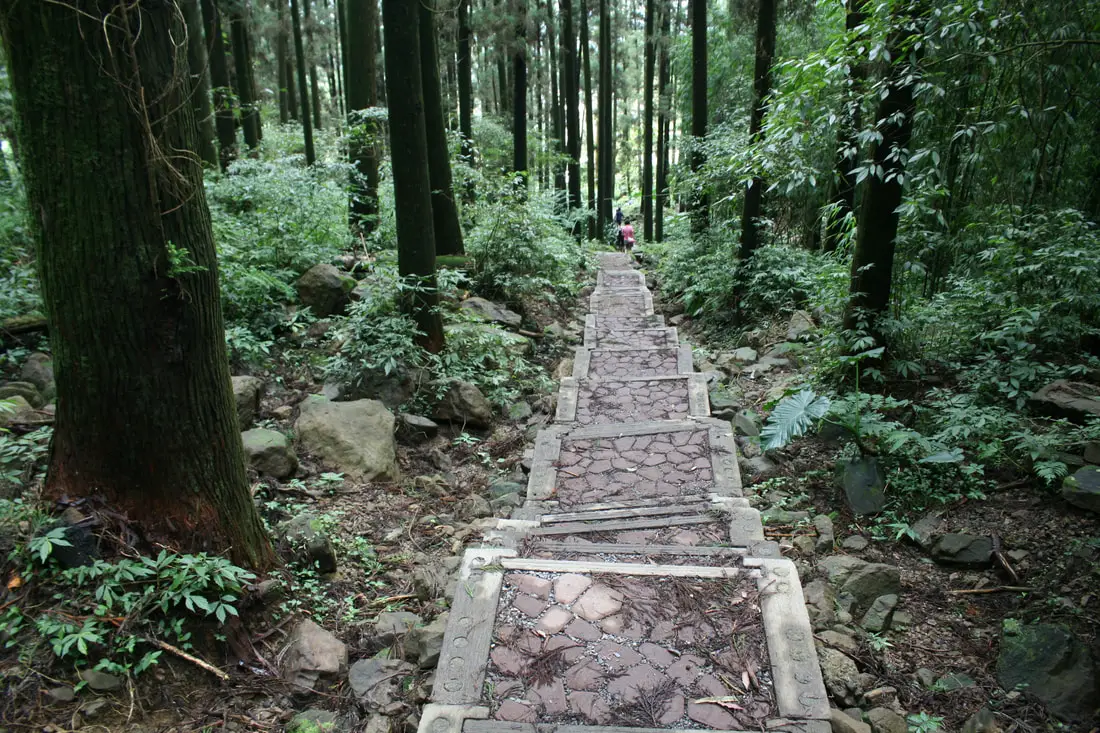
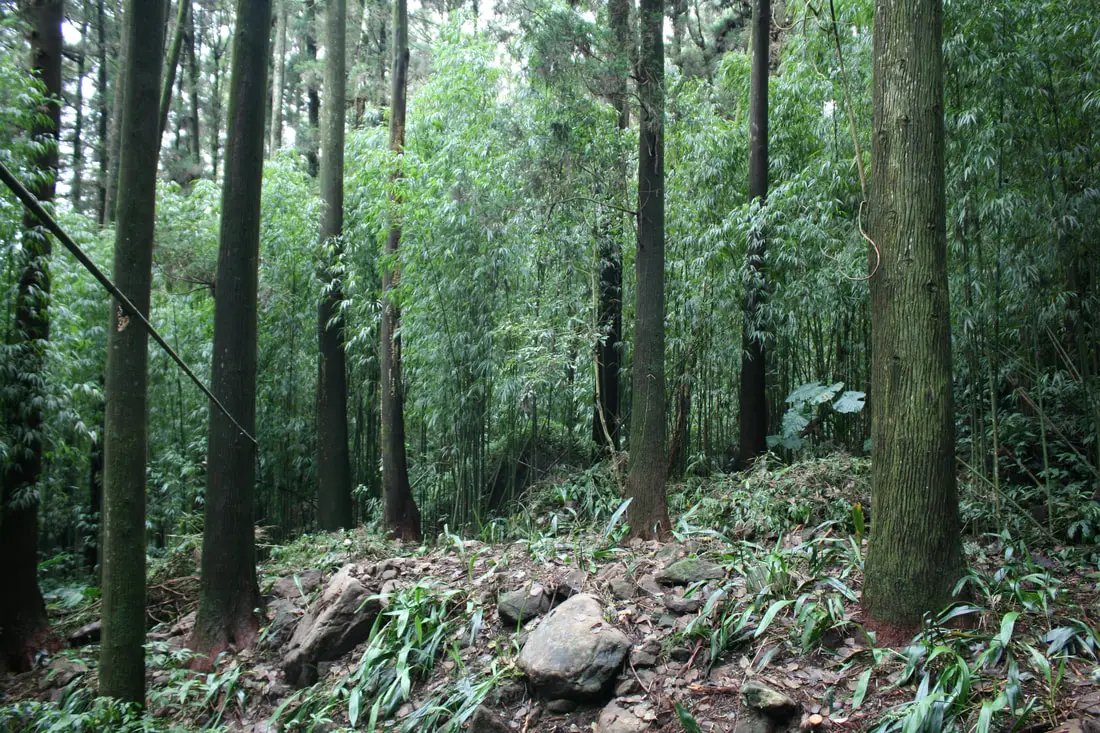
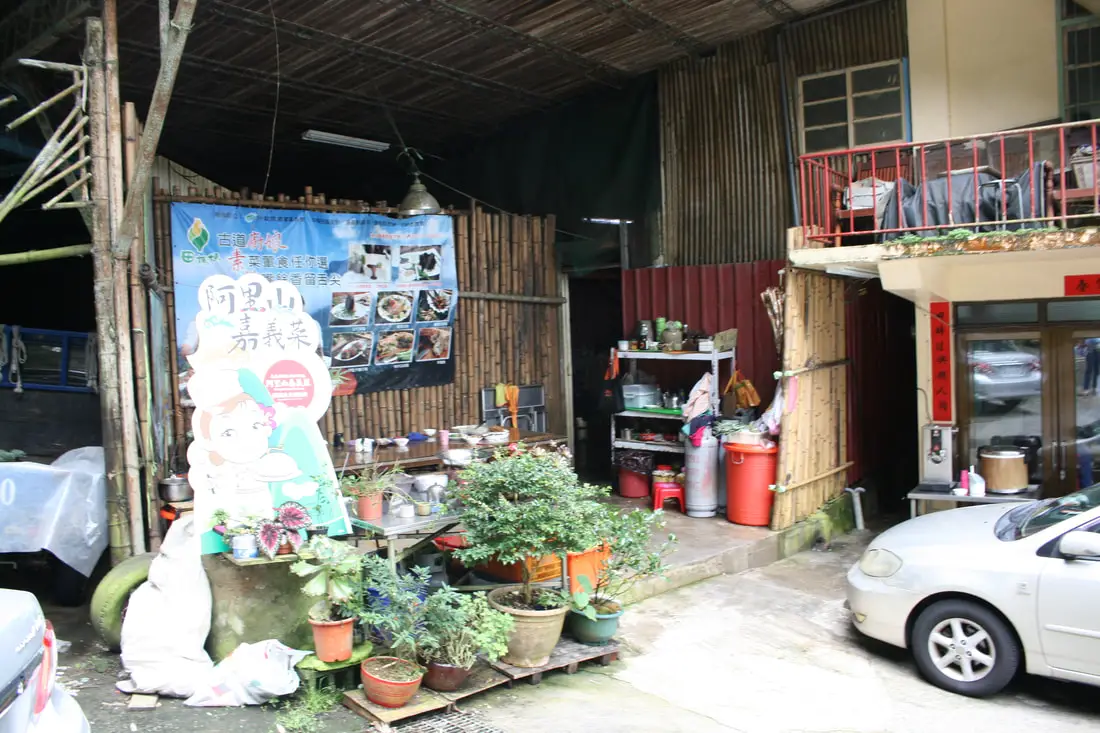
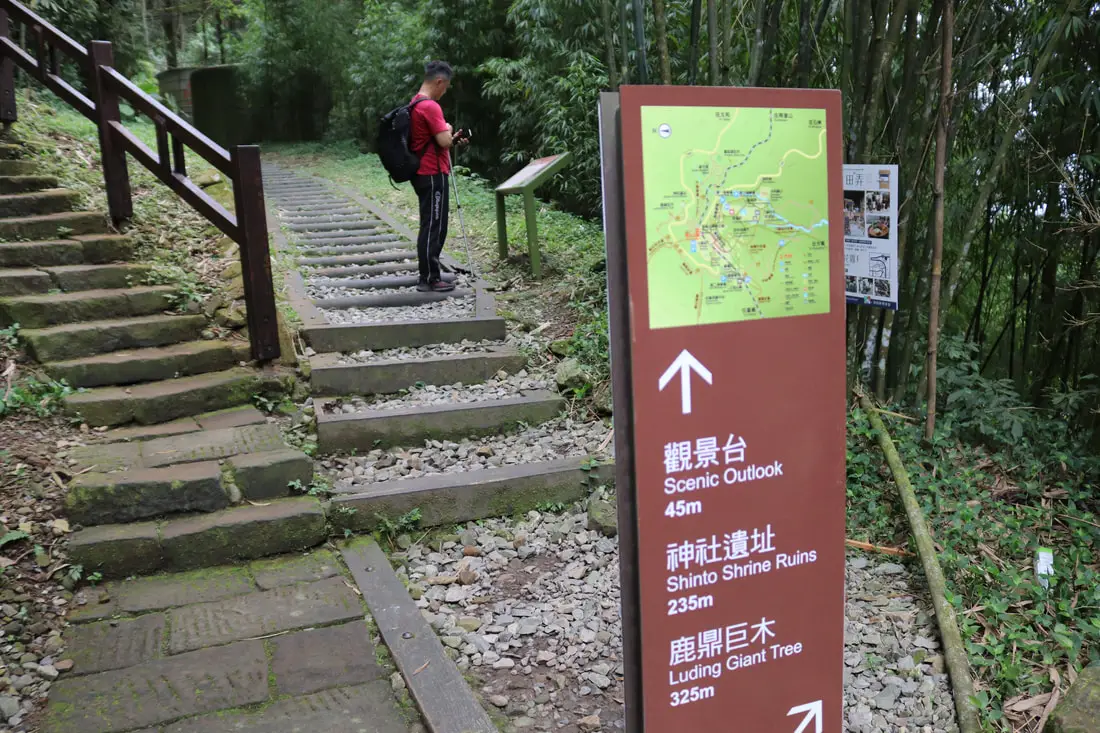
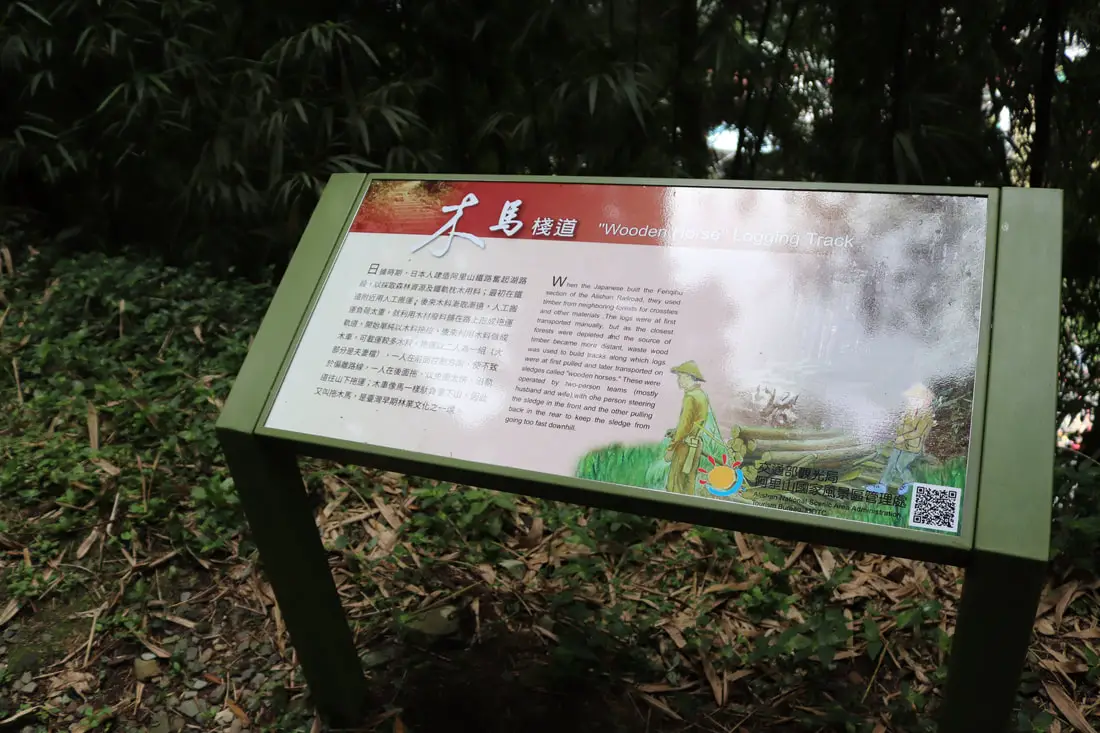
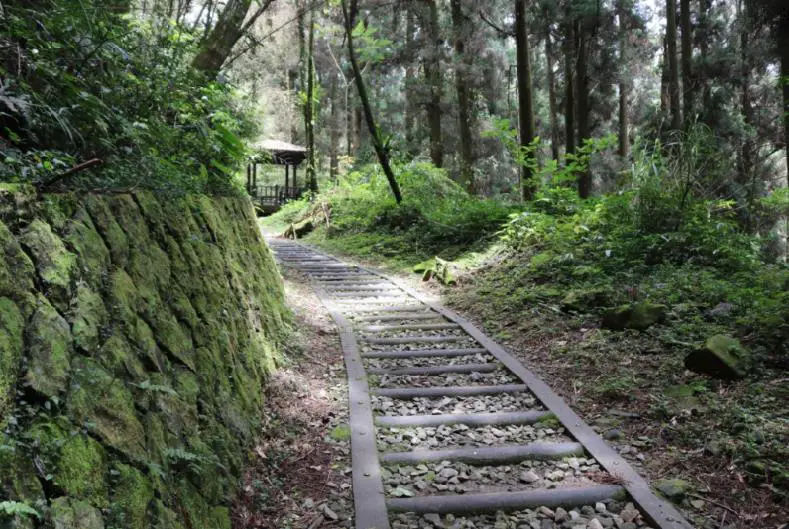
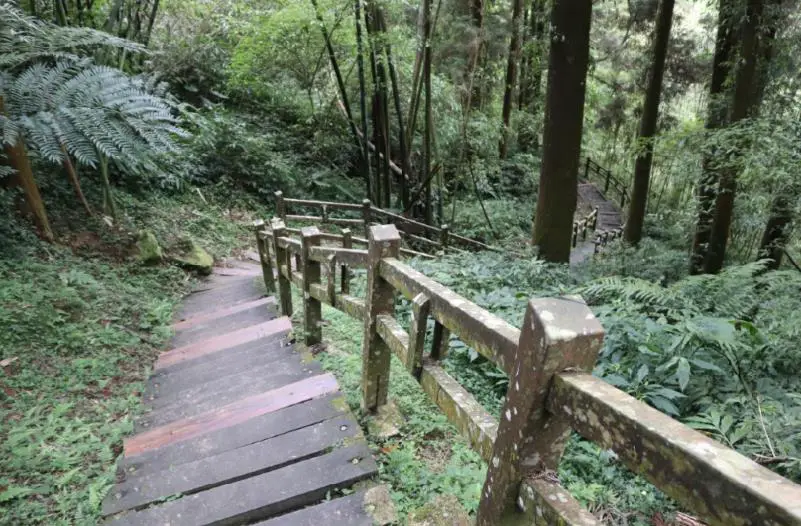
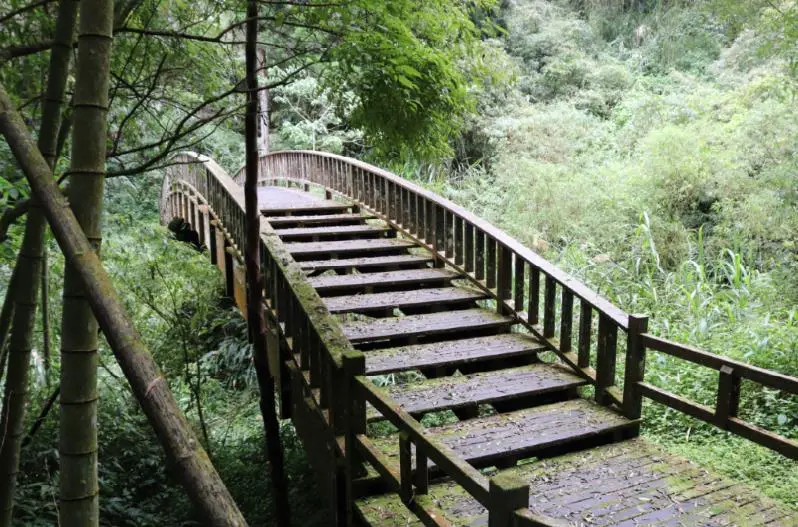
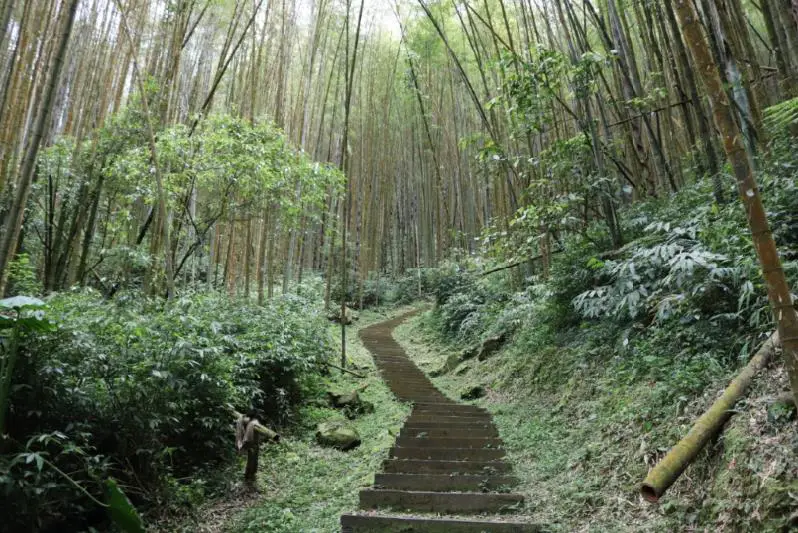
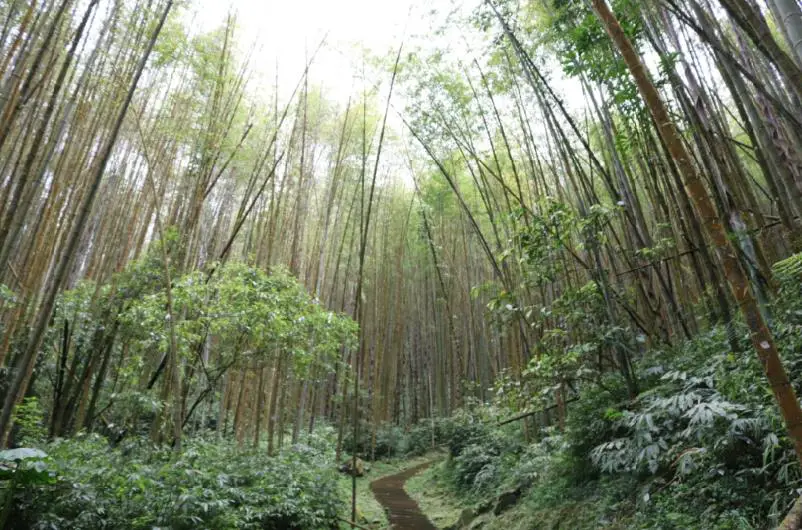
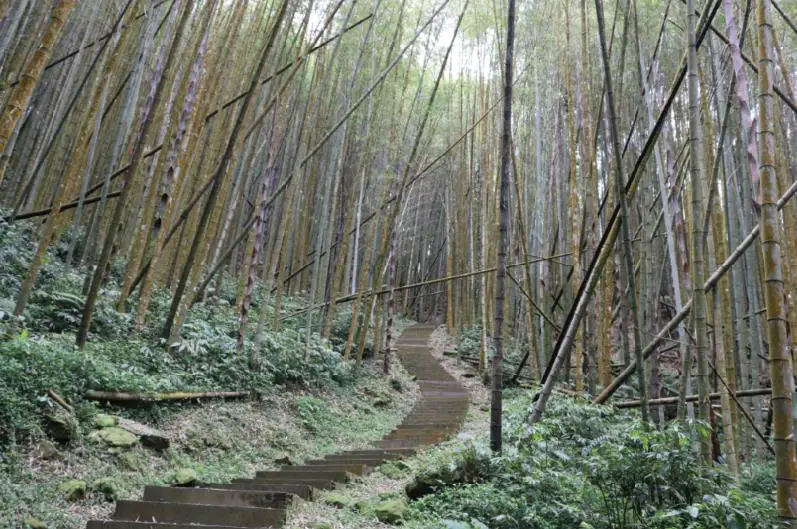
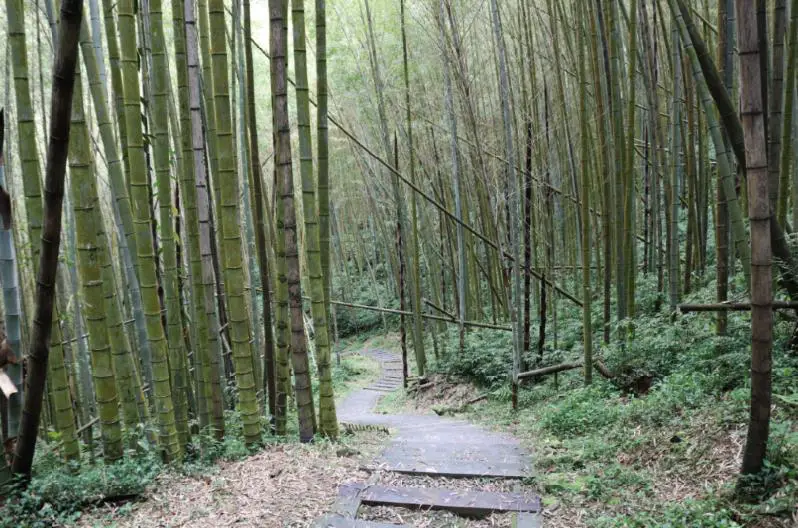
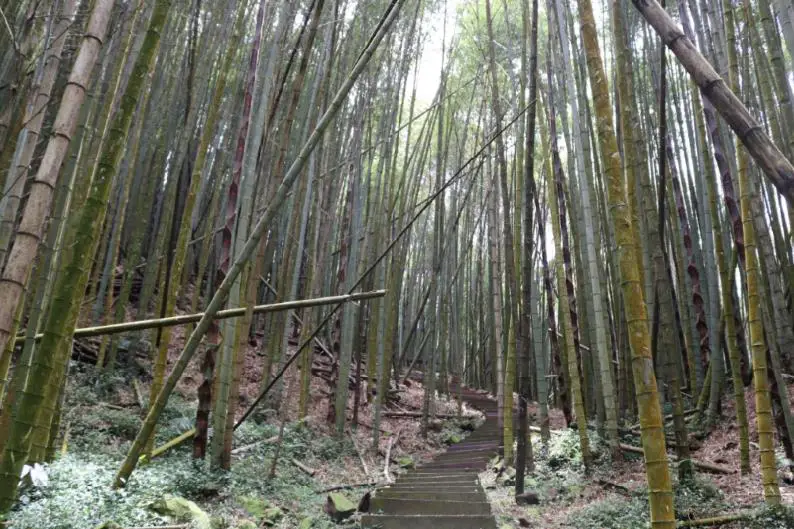
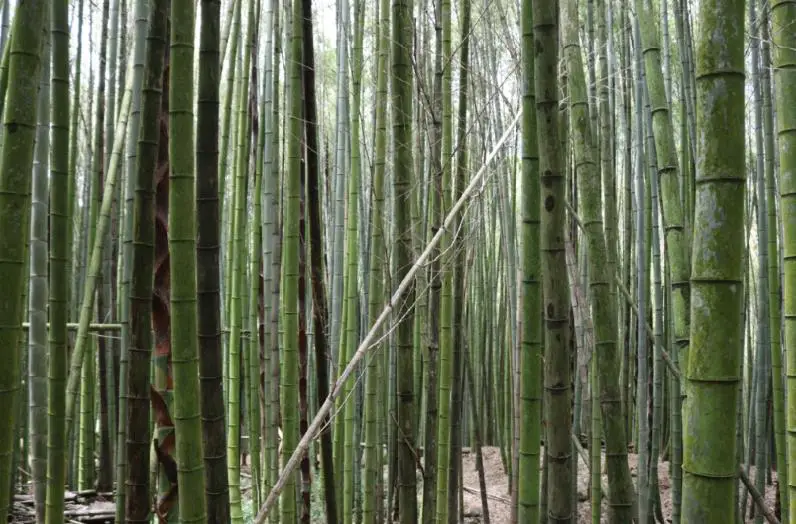
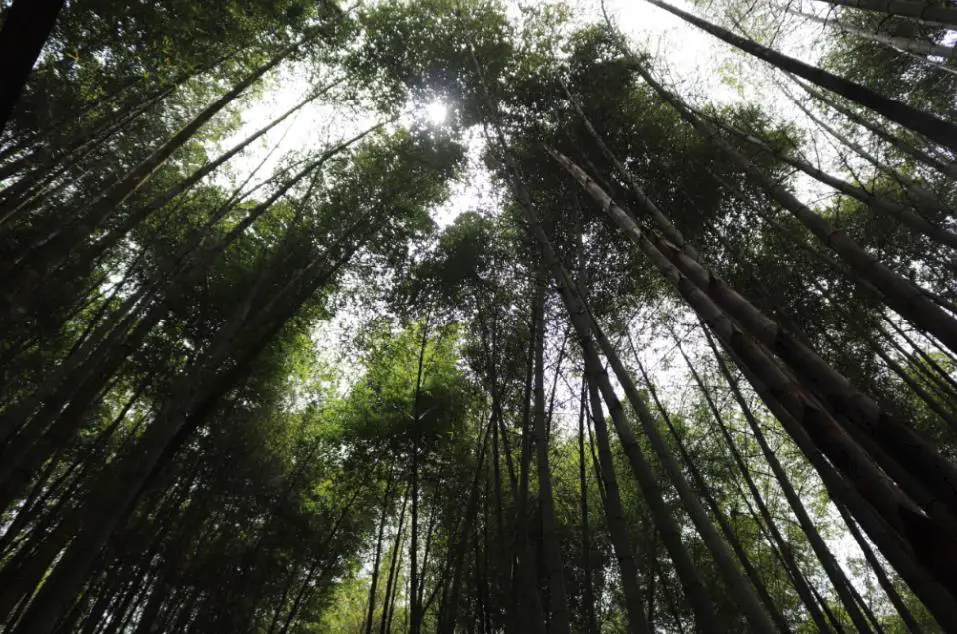
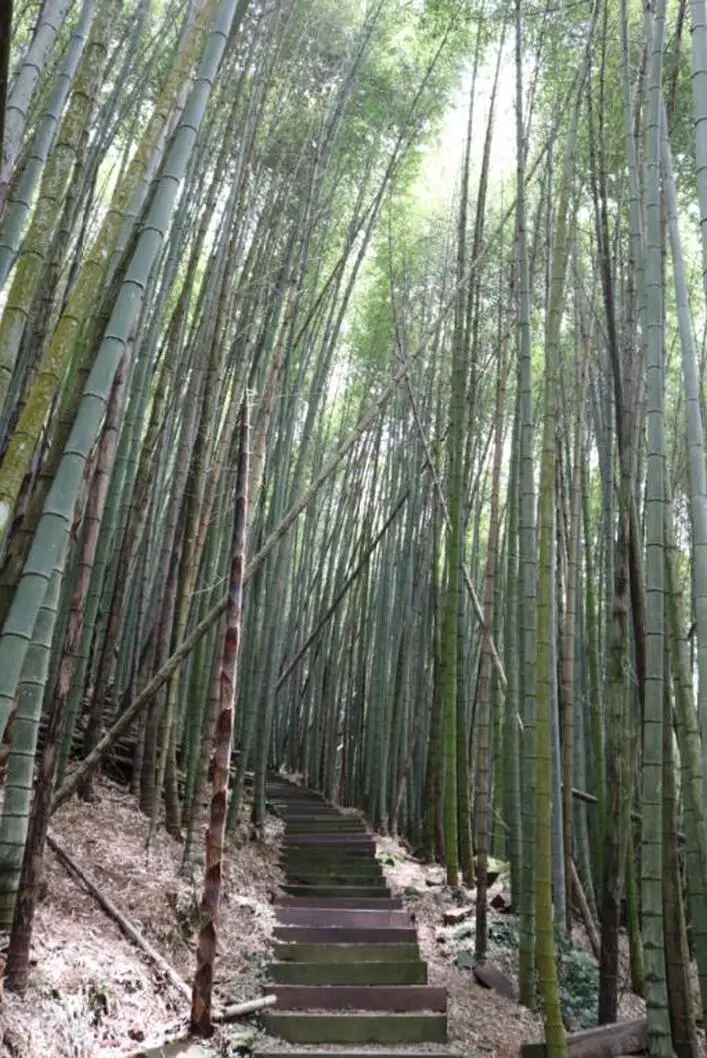
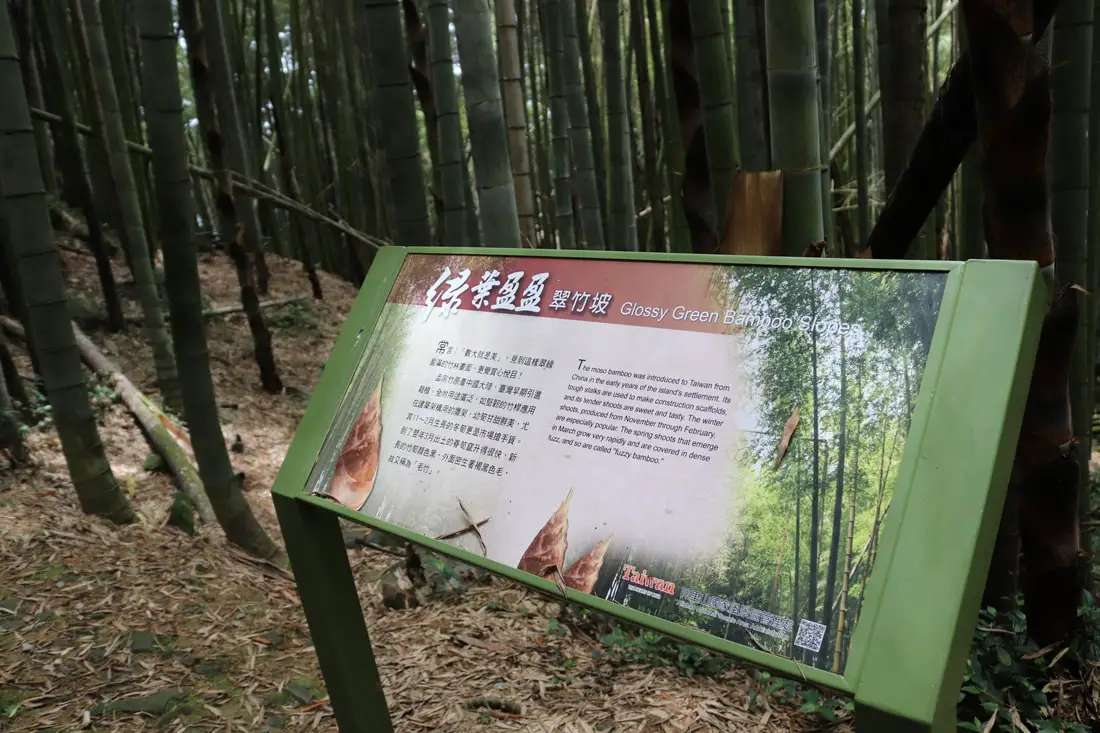
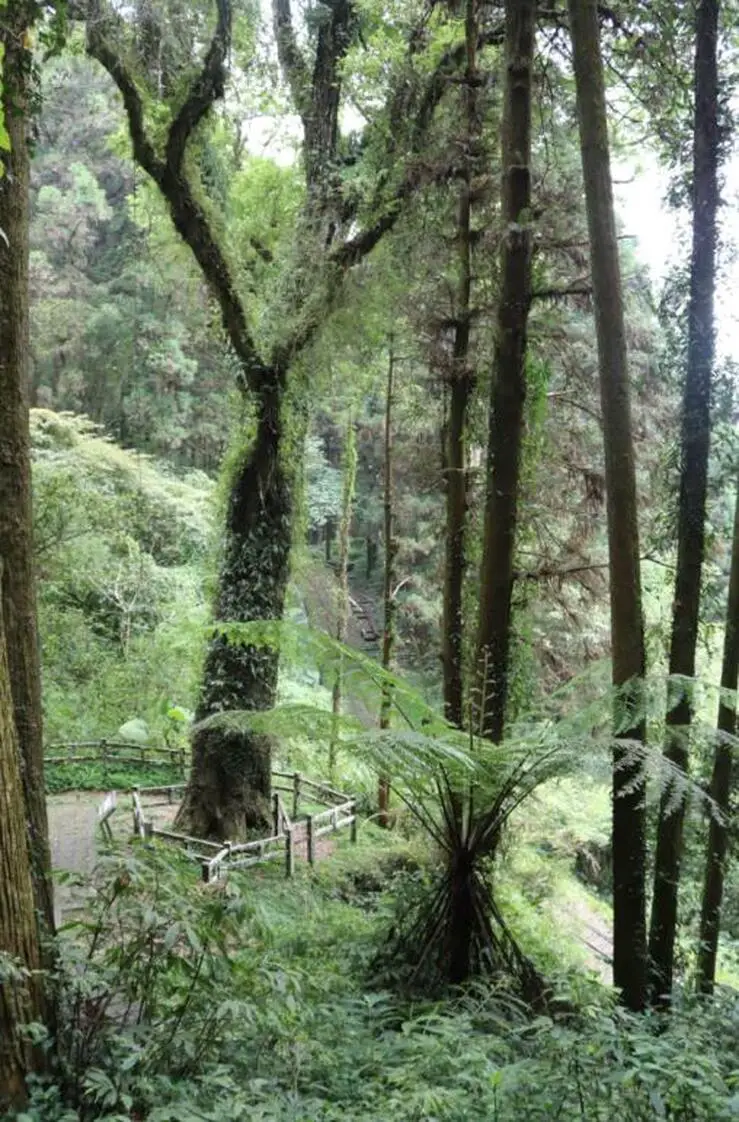
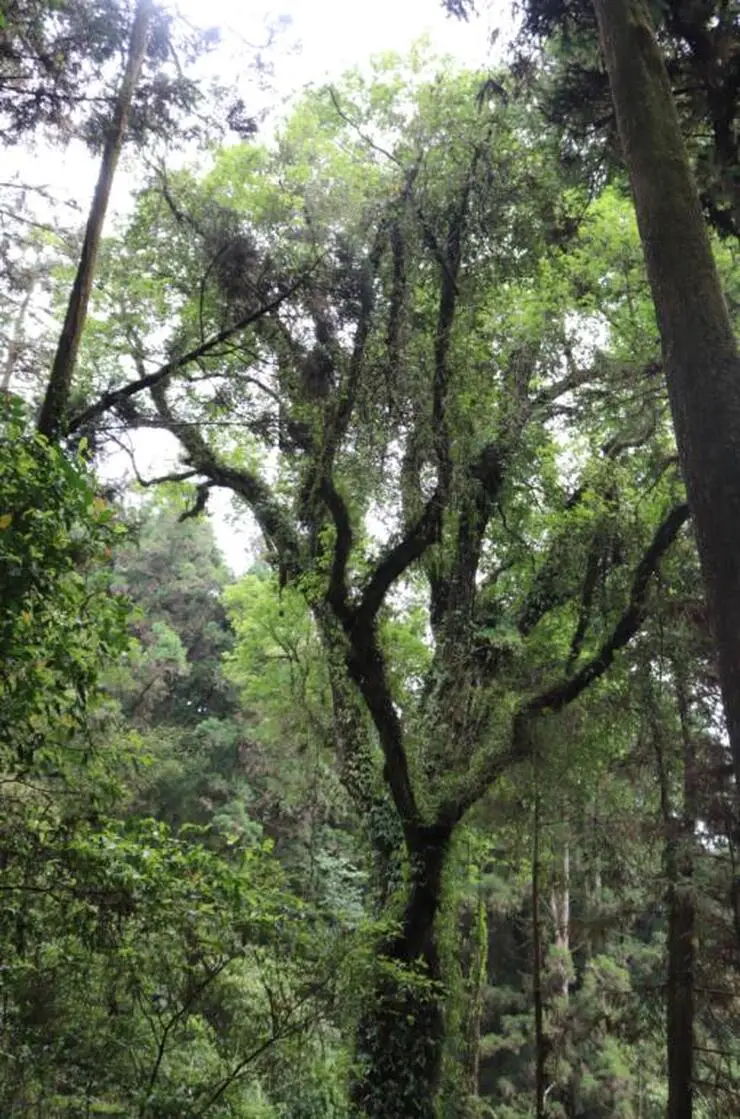
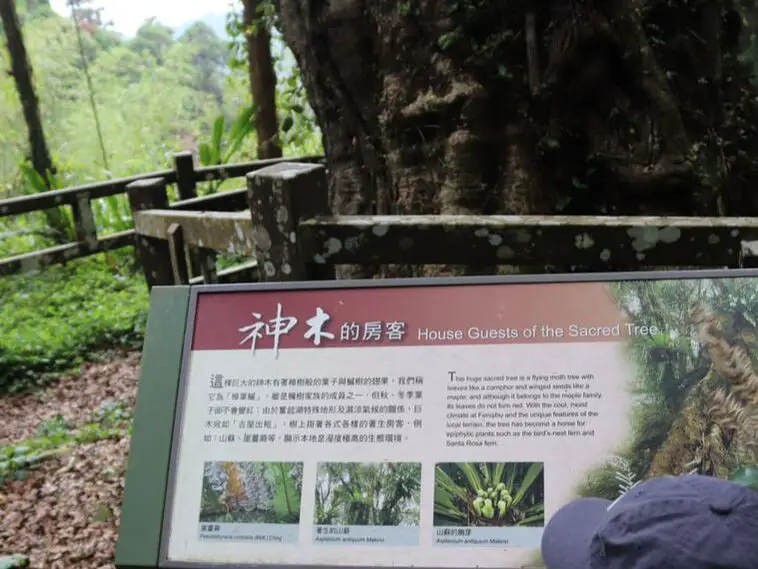
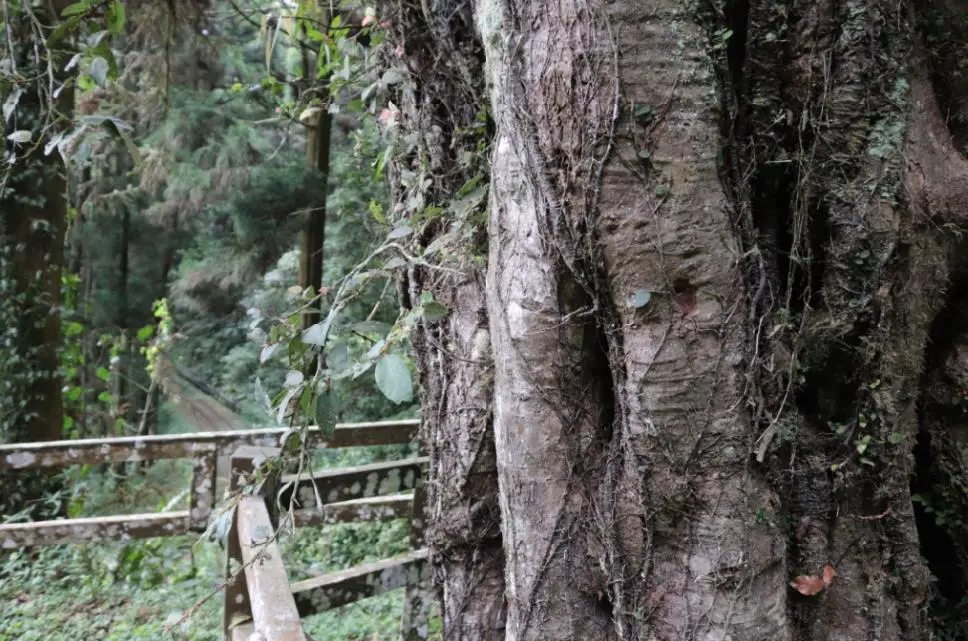
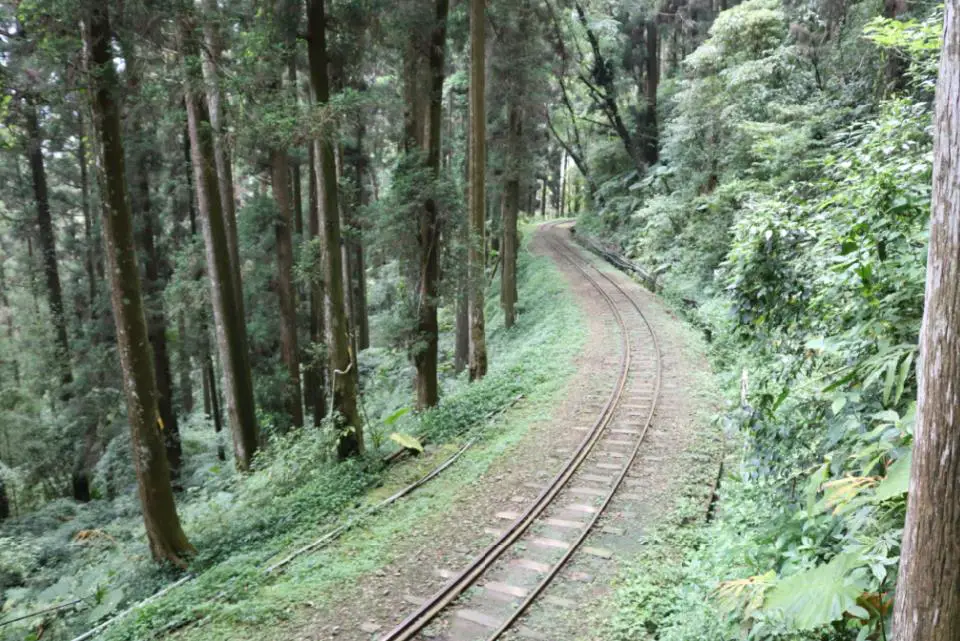
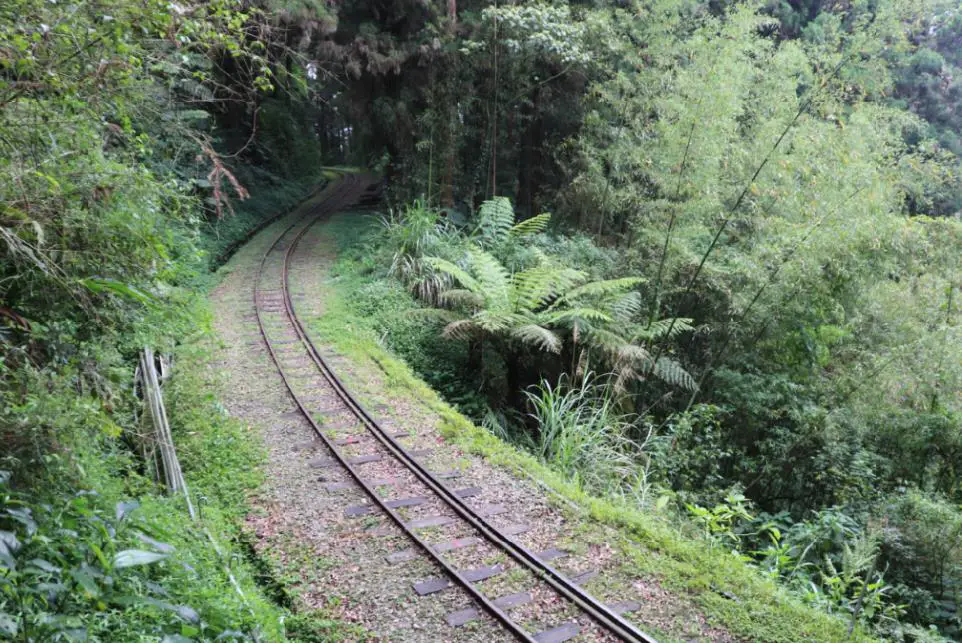
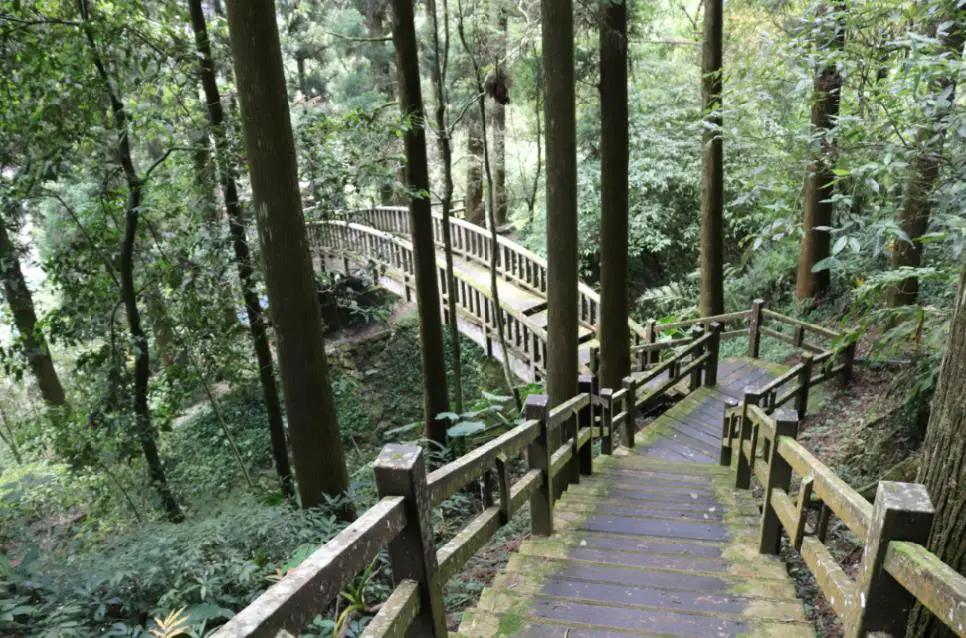

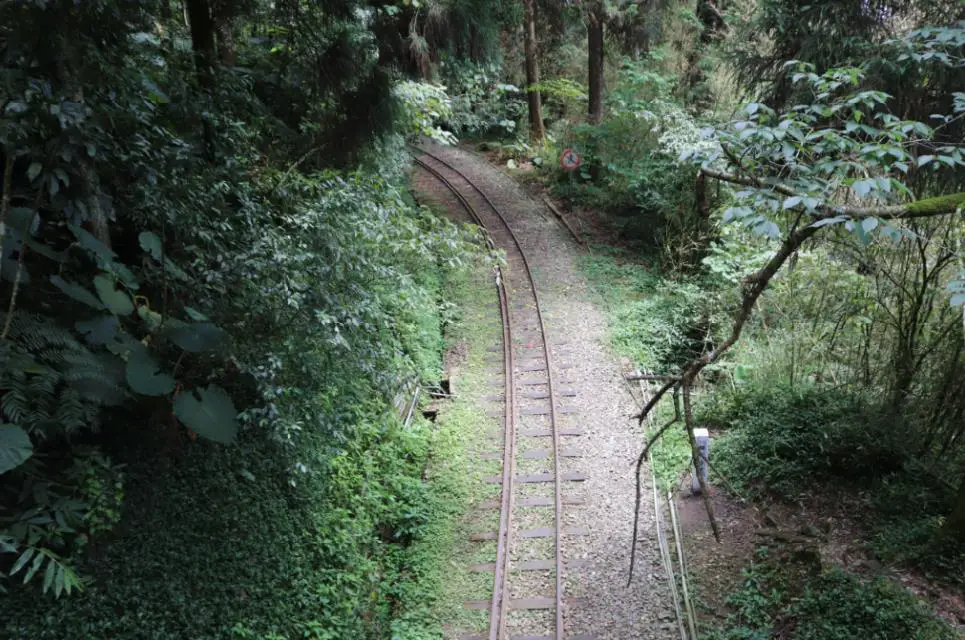
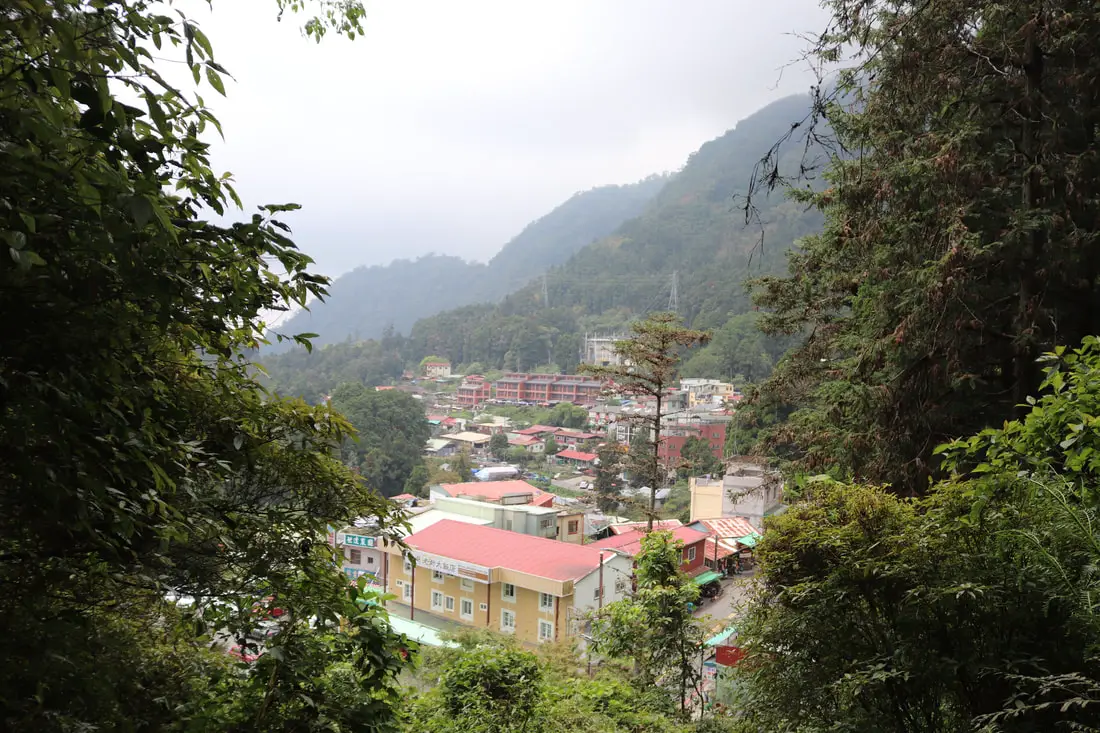

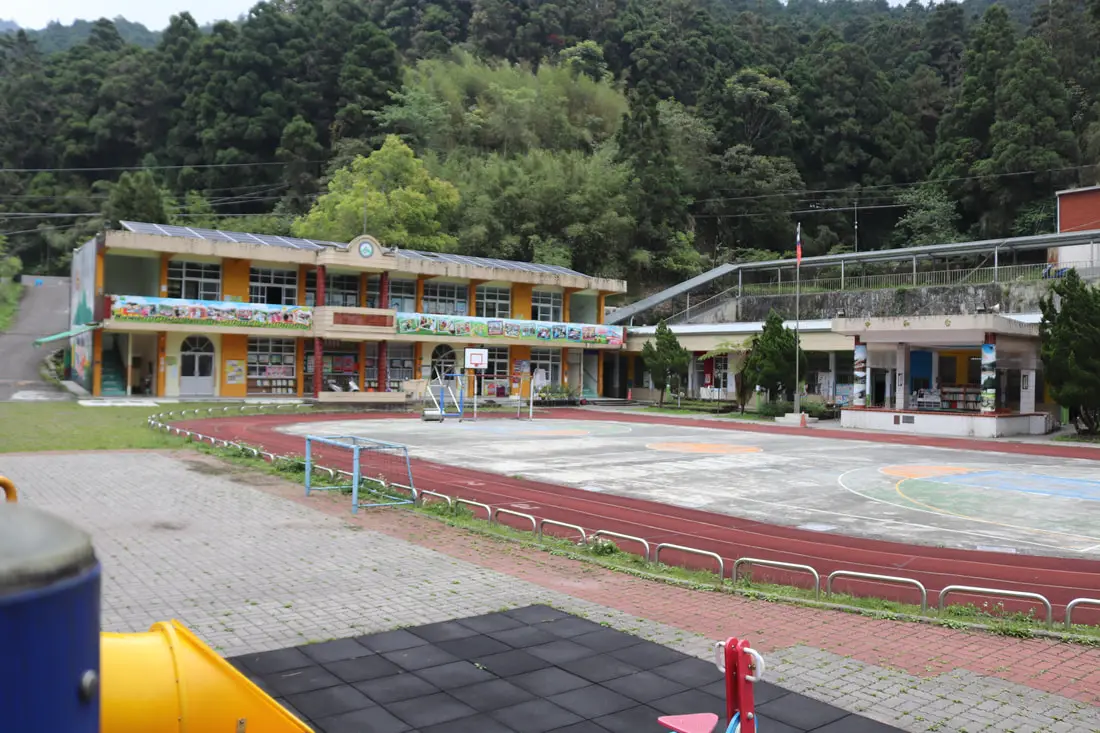
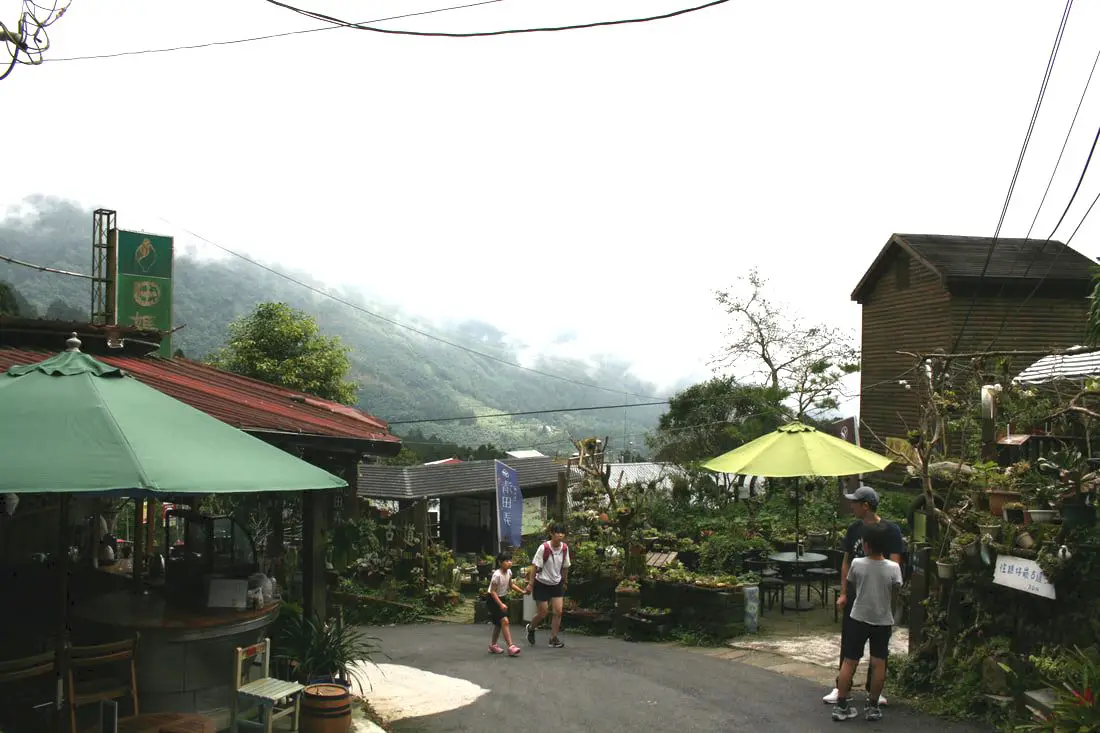
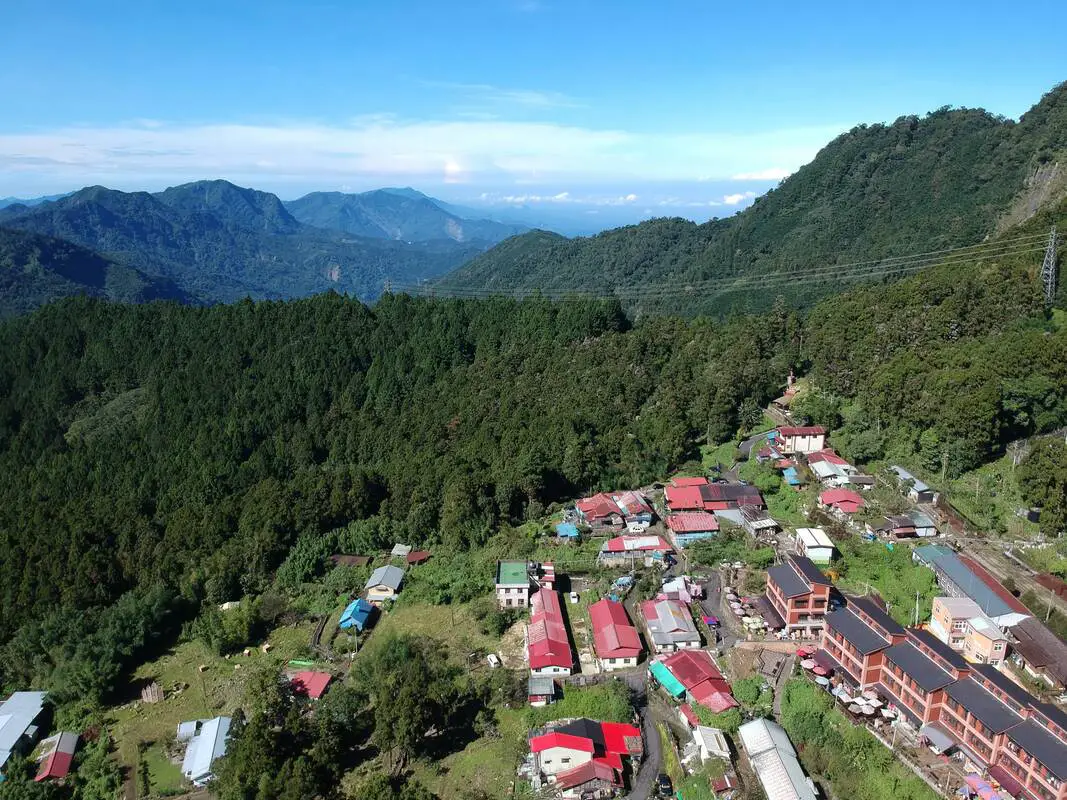
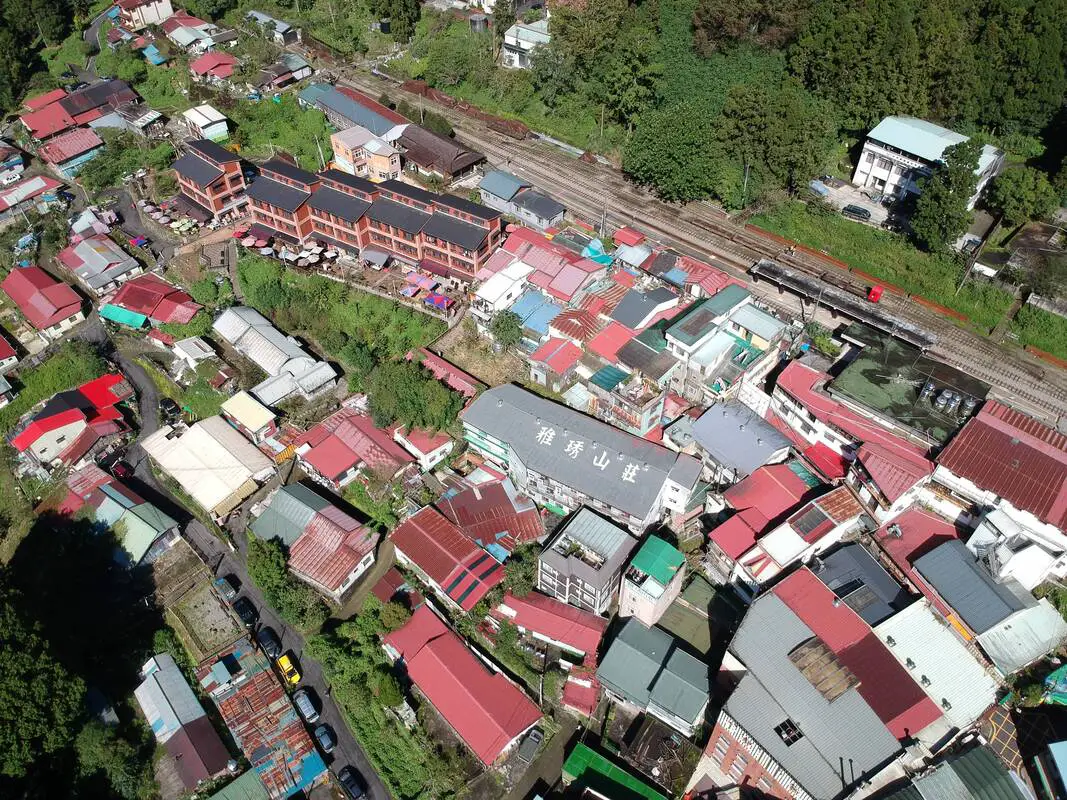
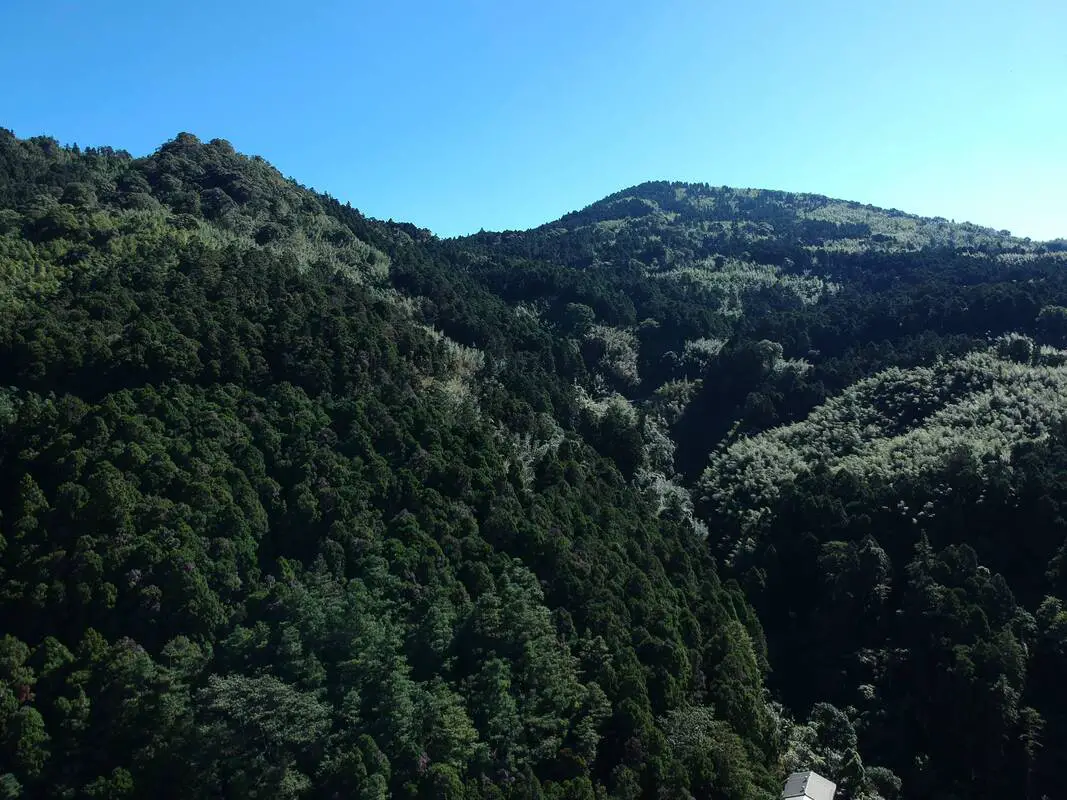
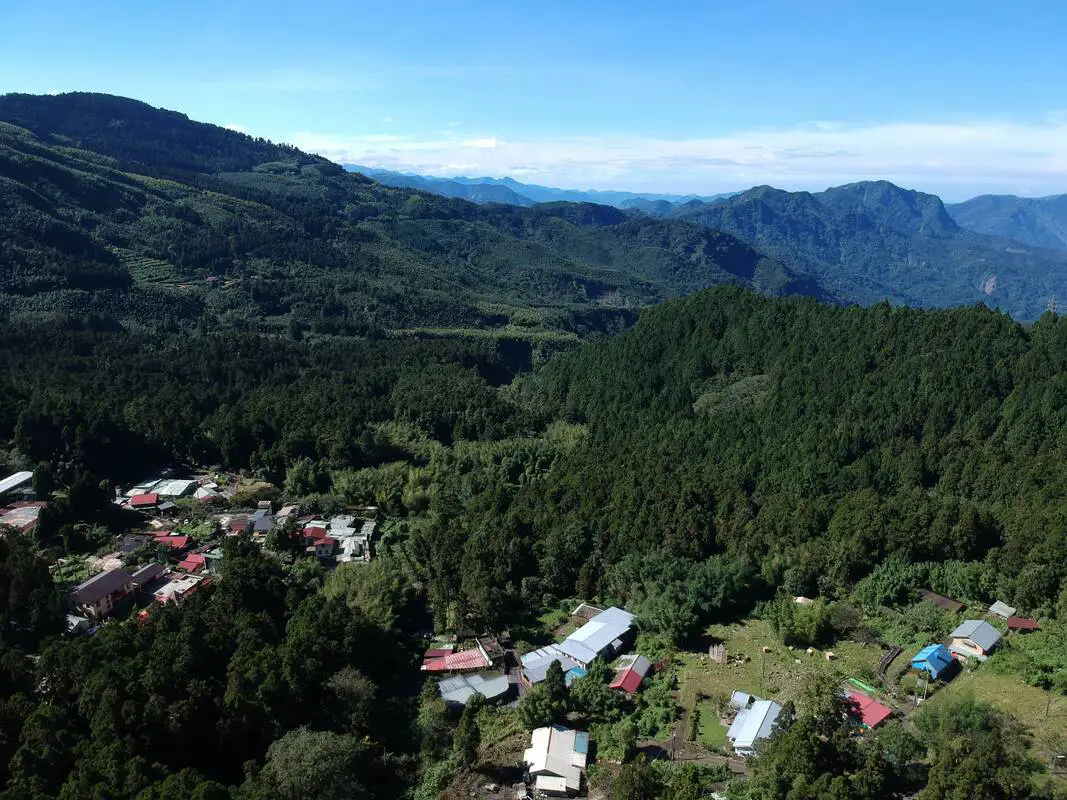
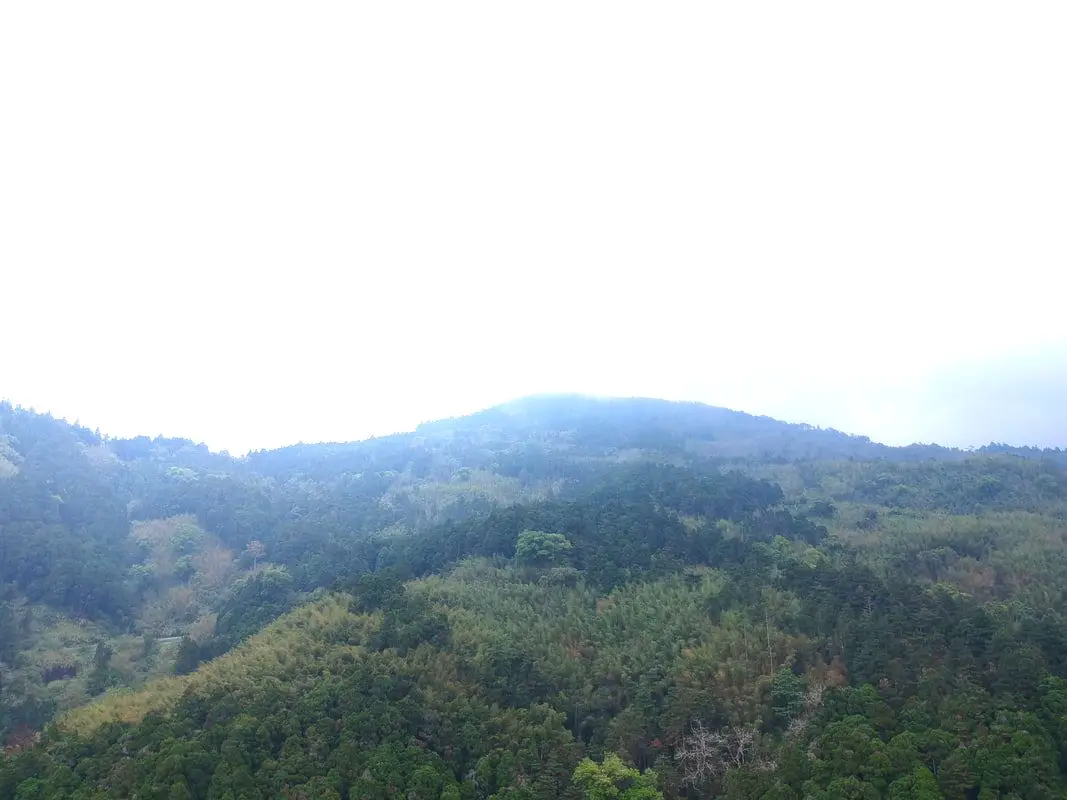
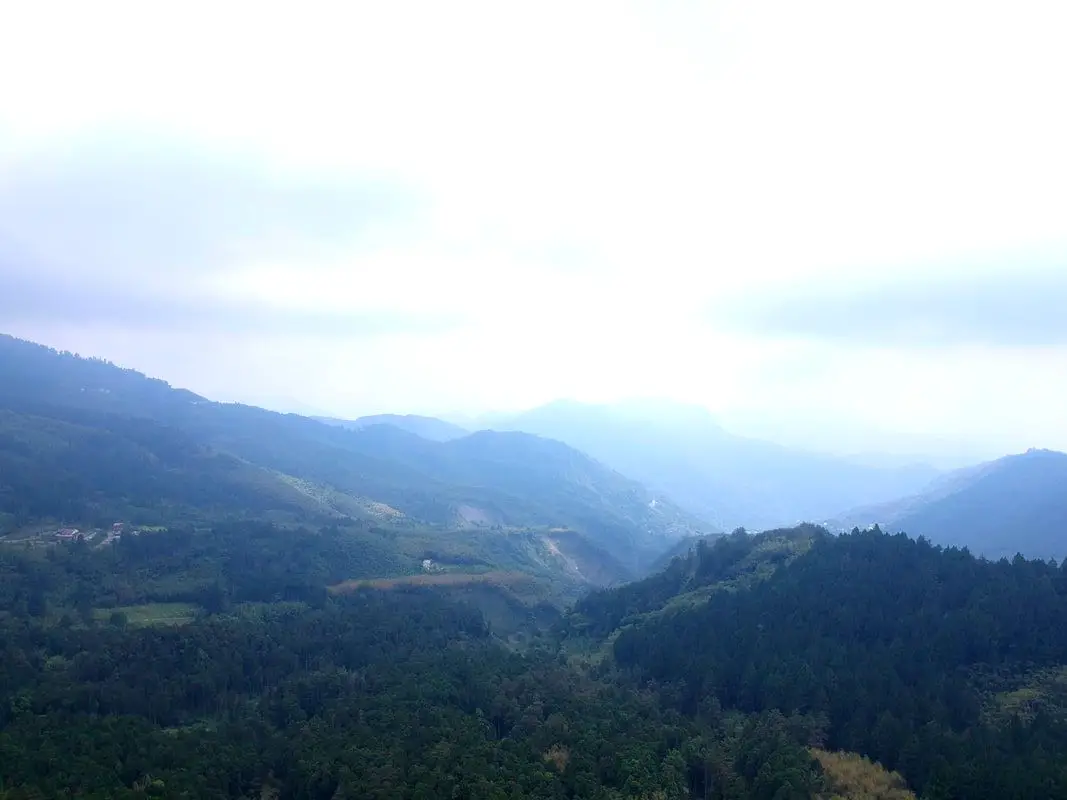
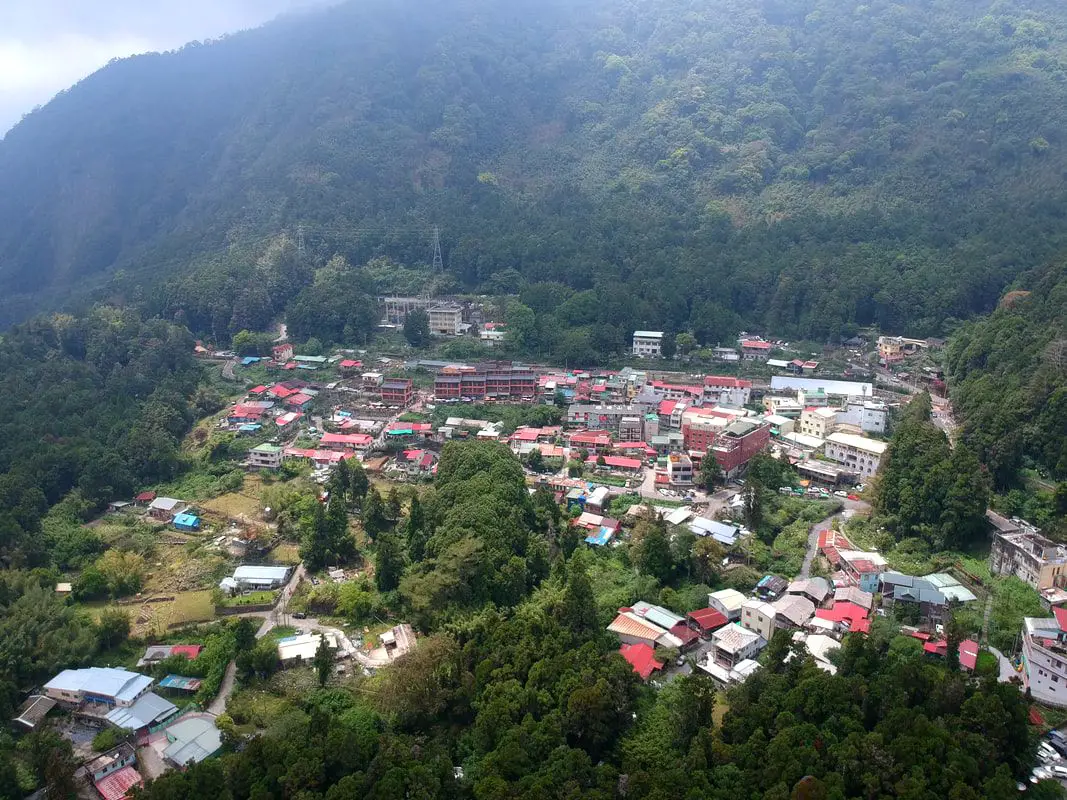
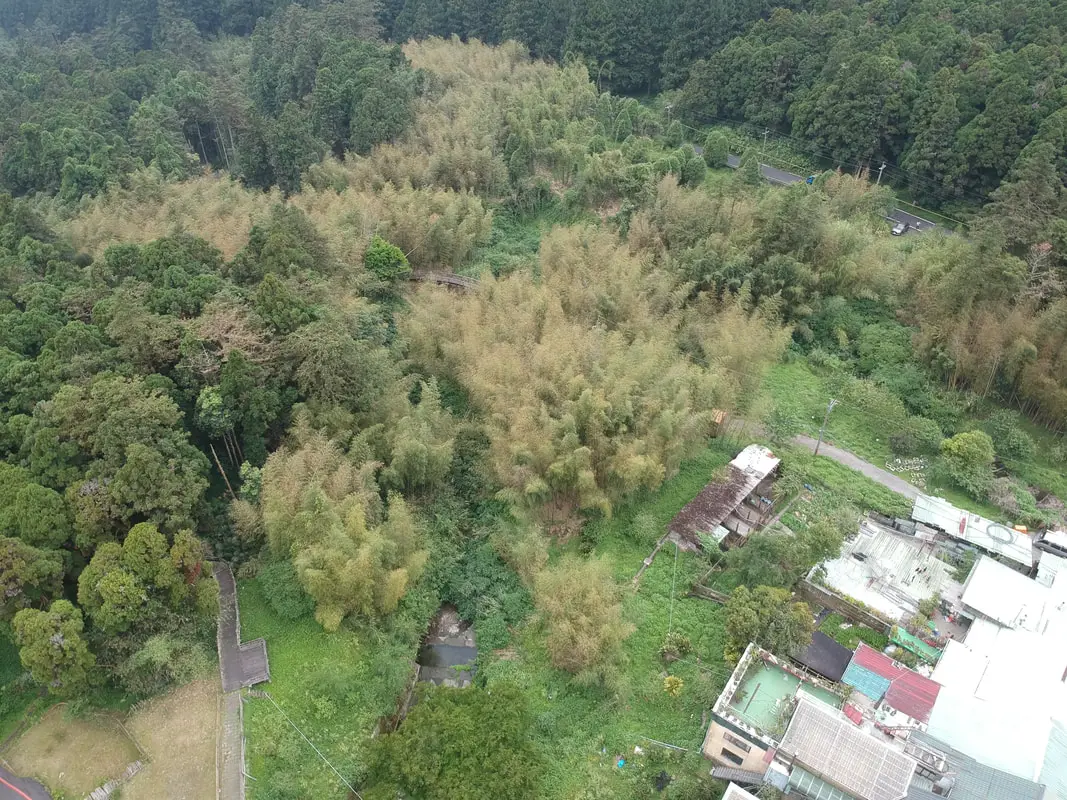
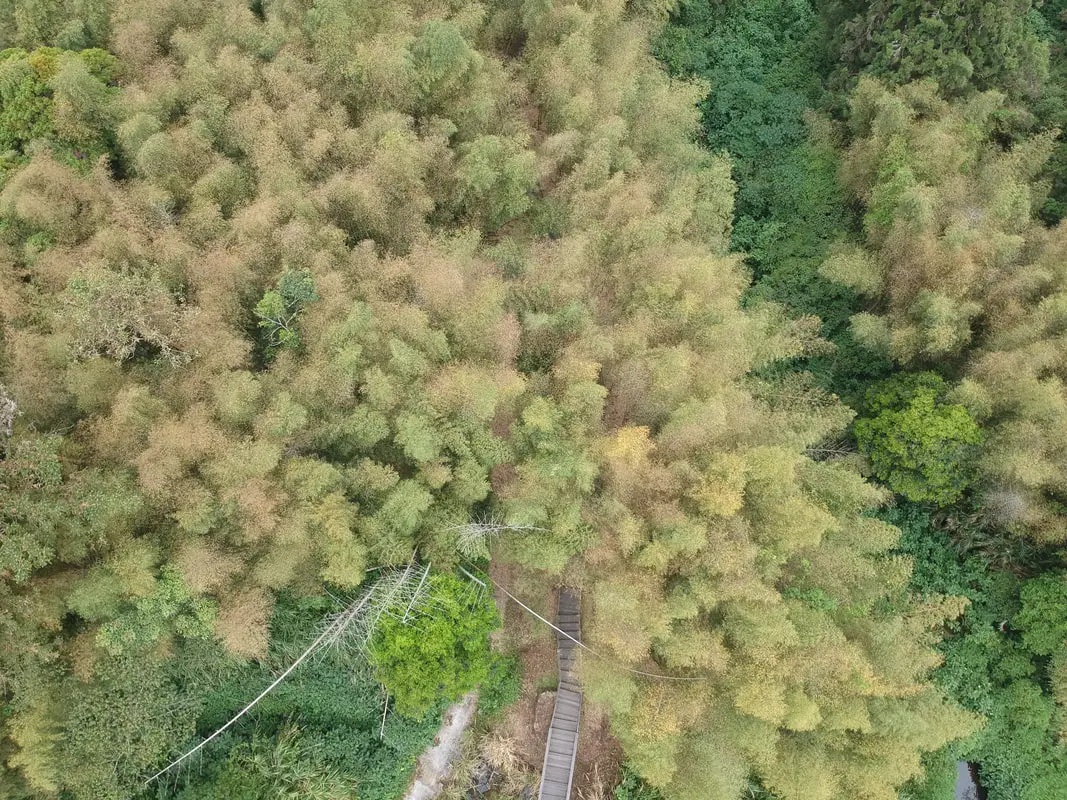
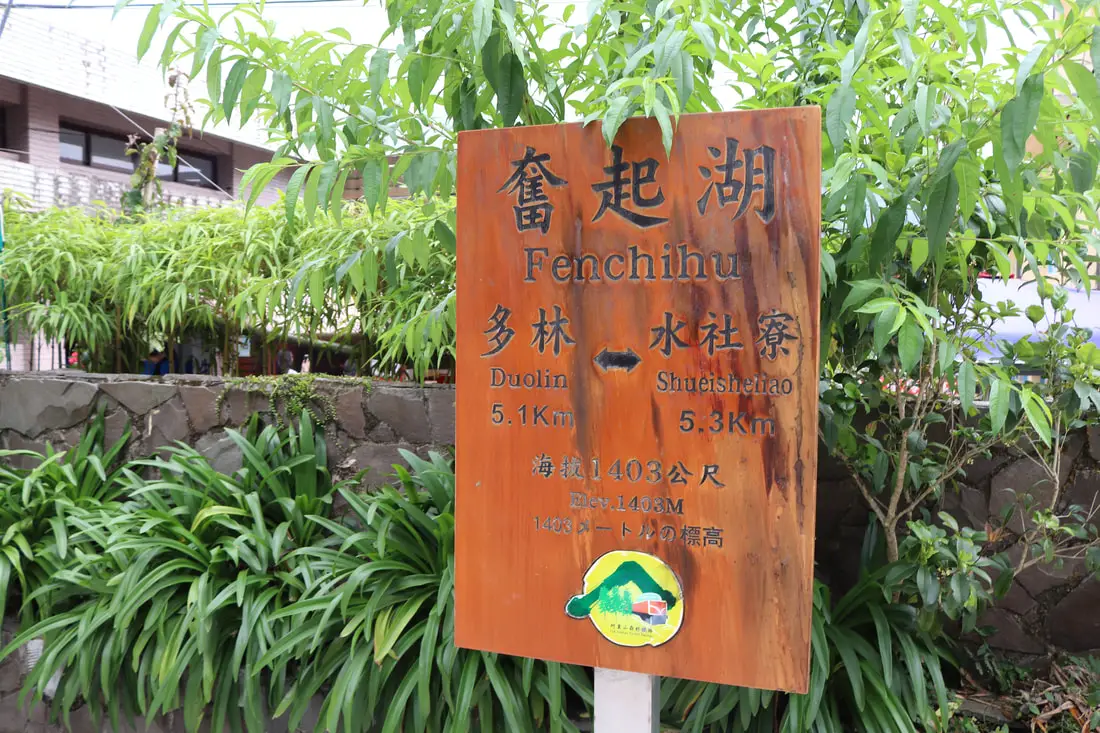
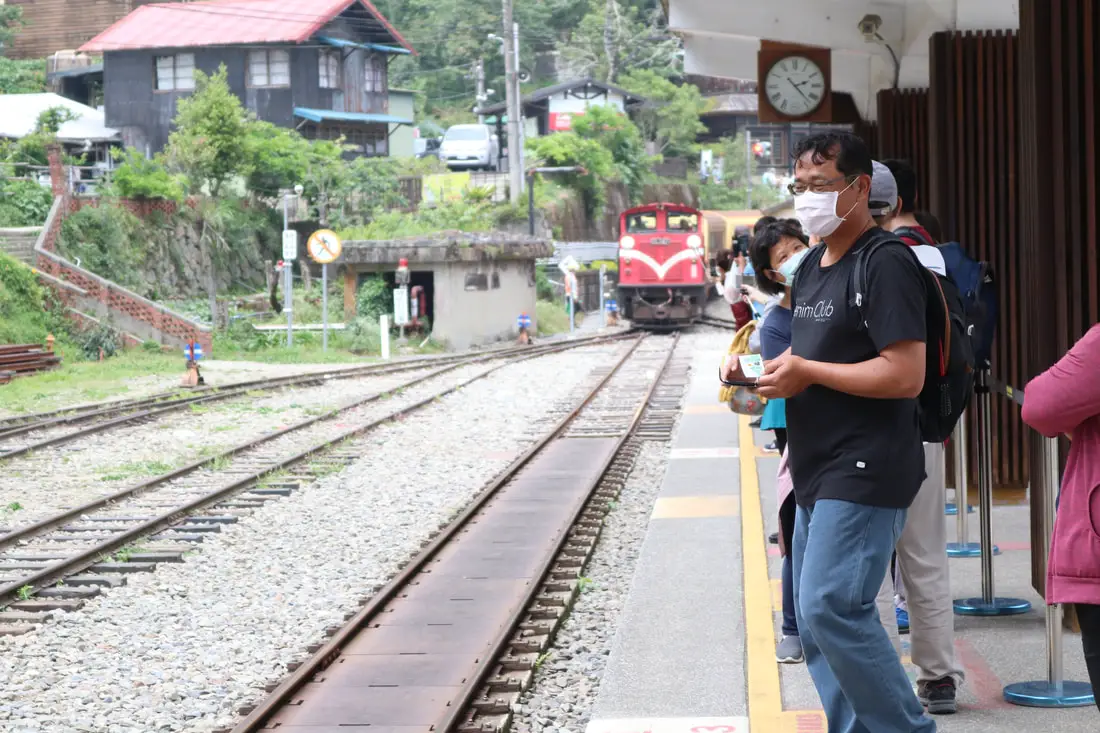
 RSS Feed
RSS Feed
